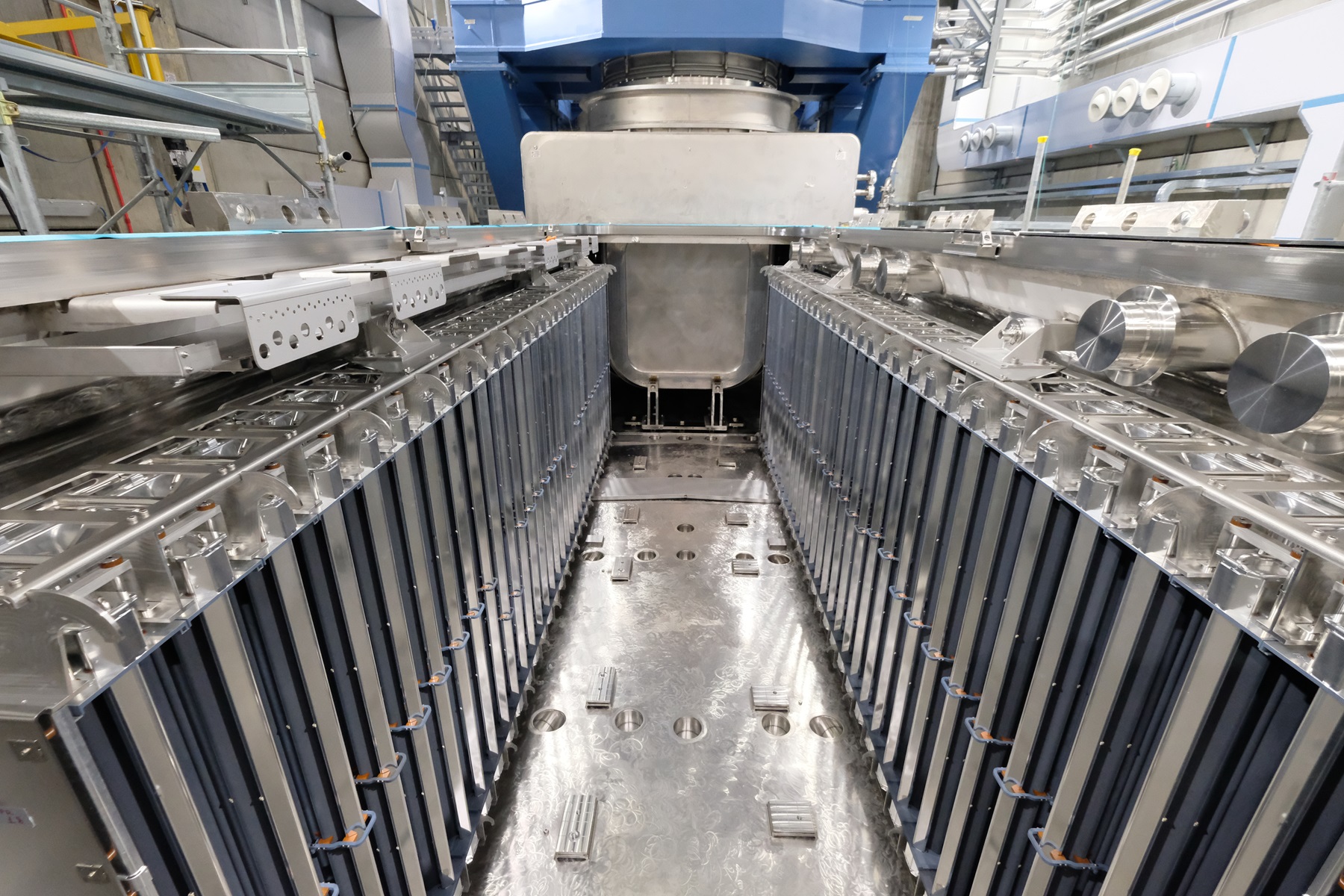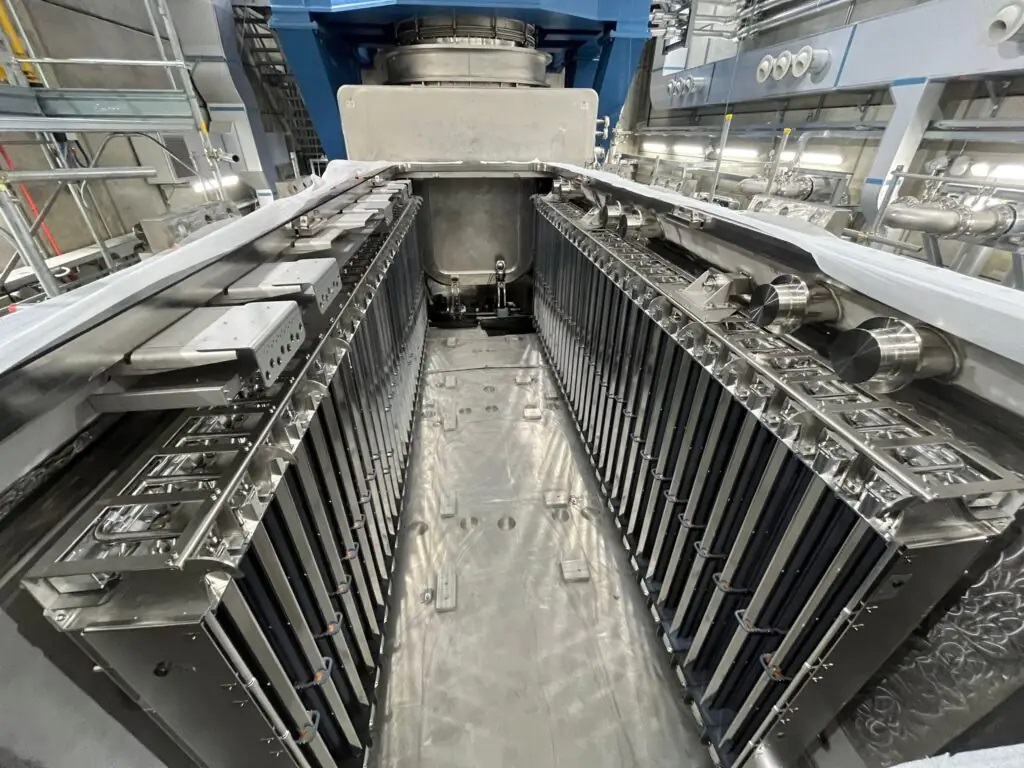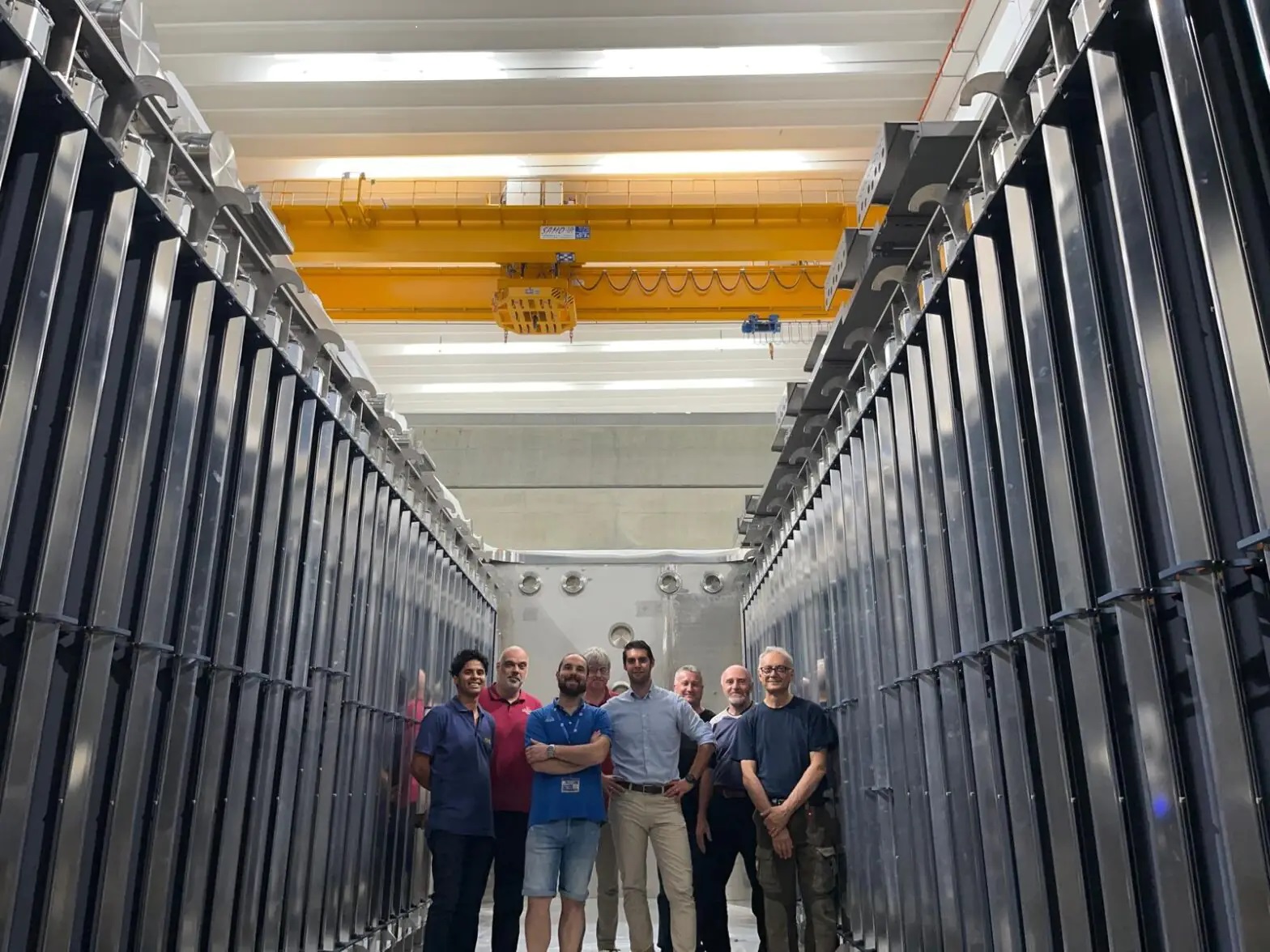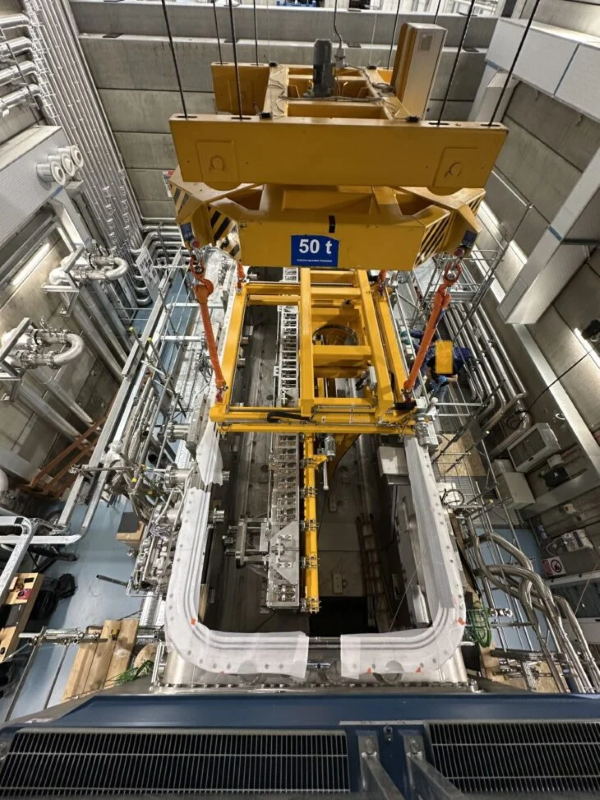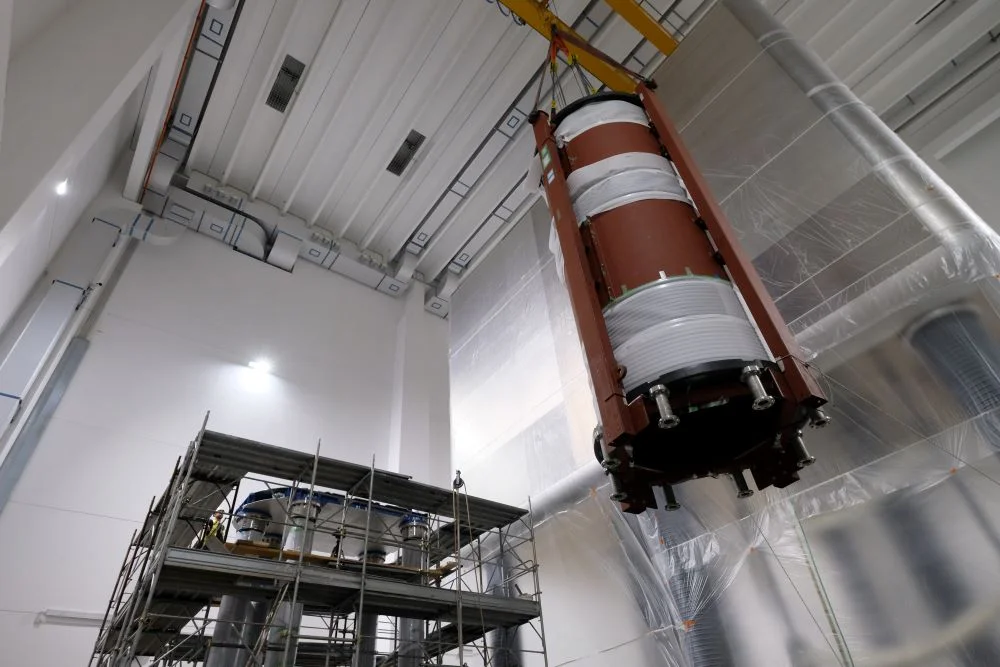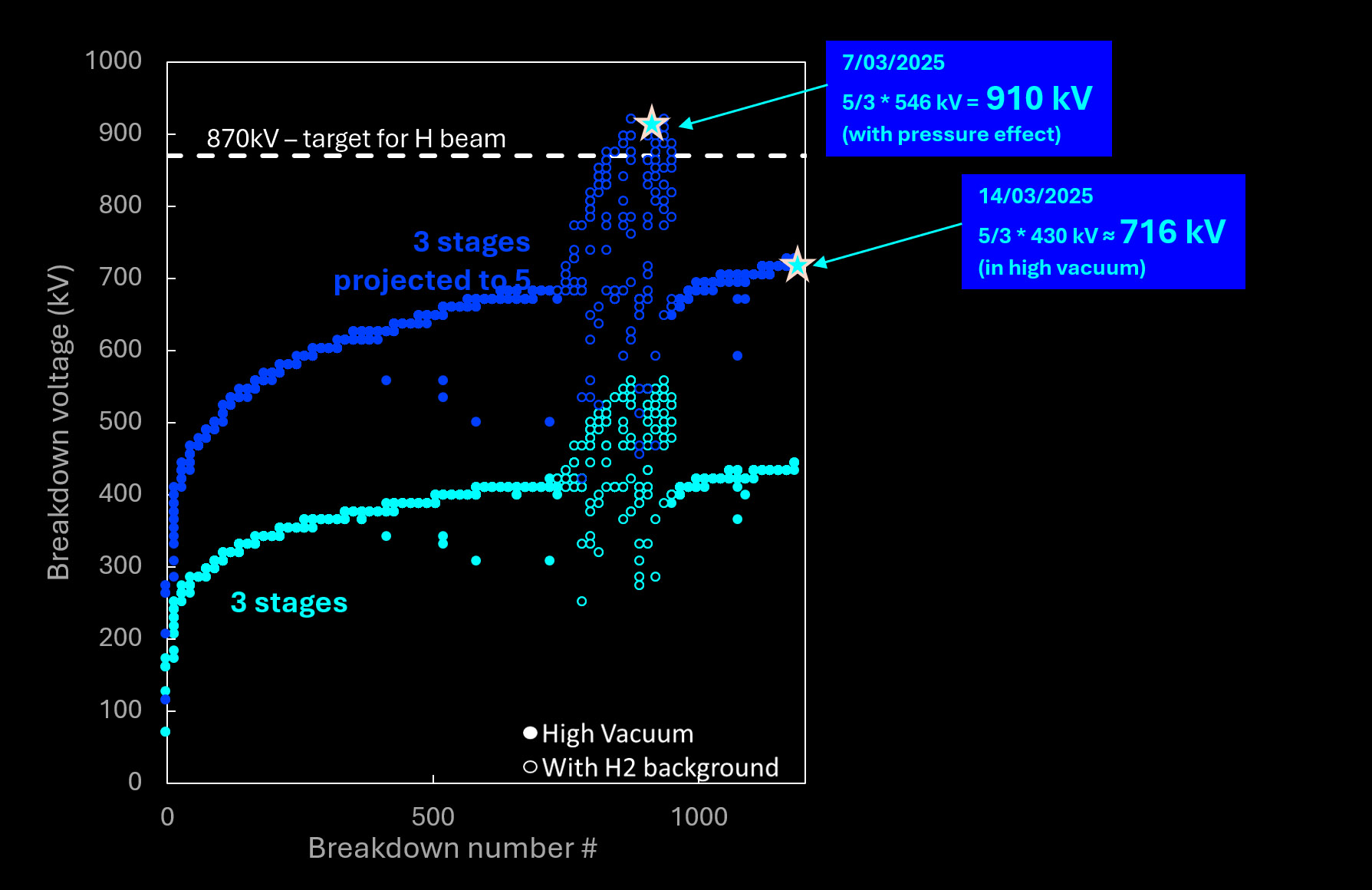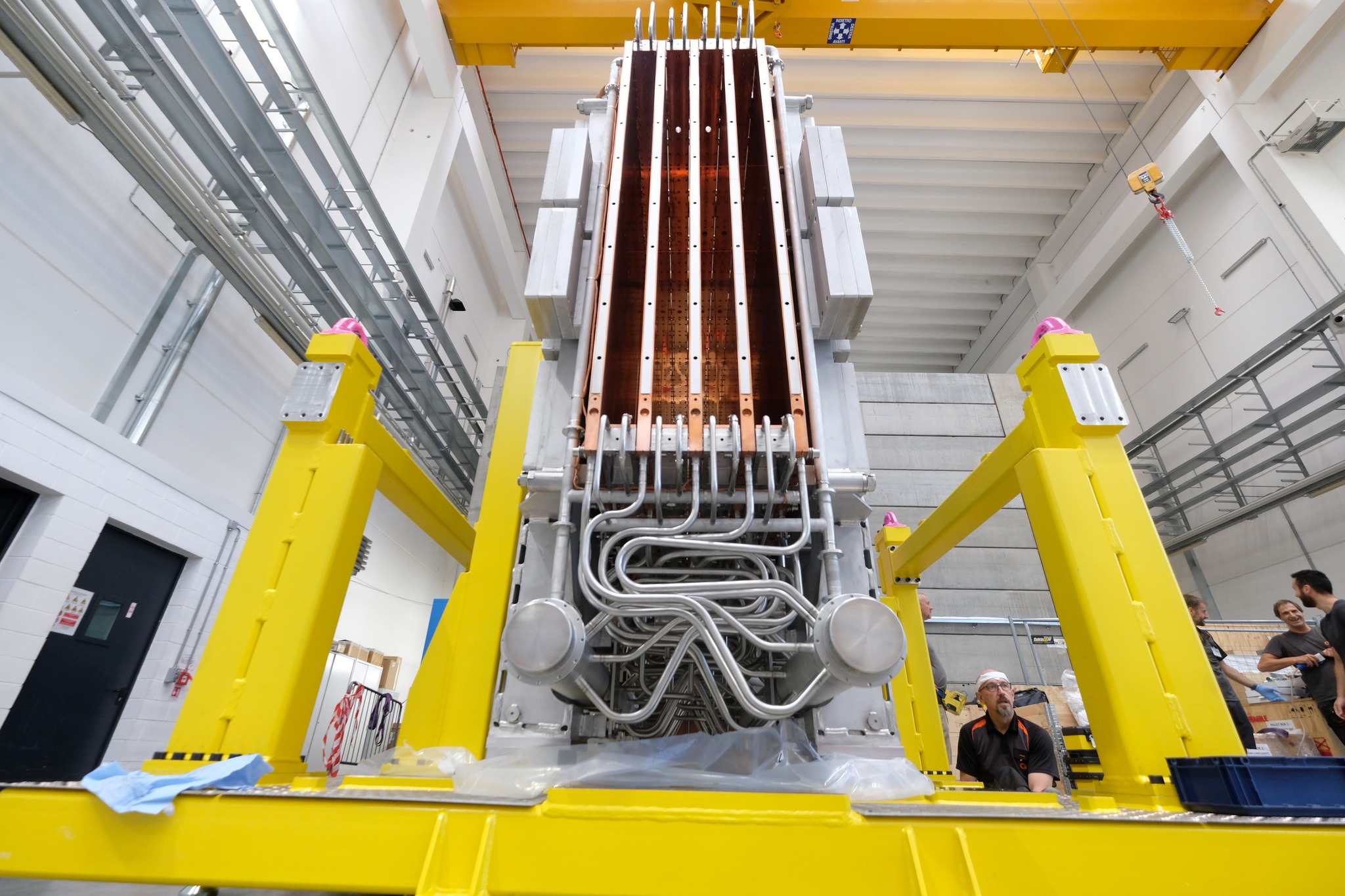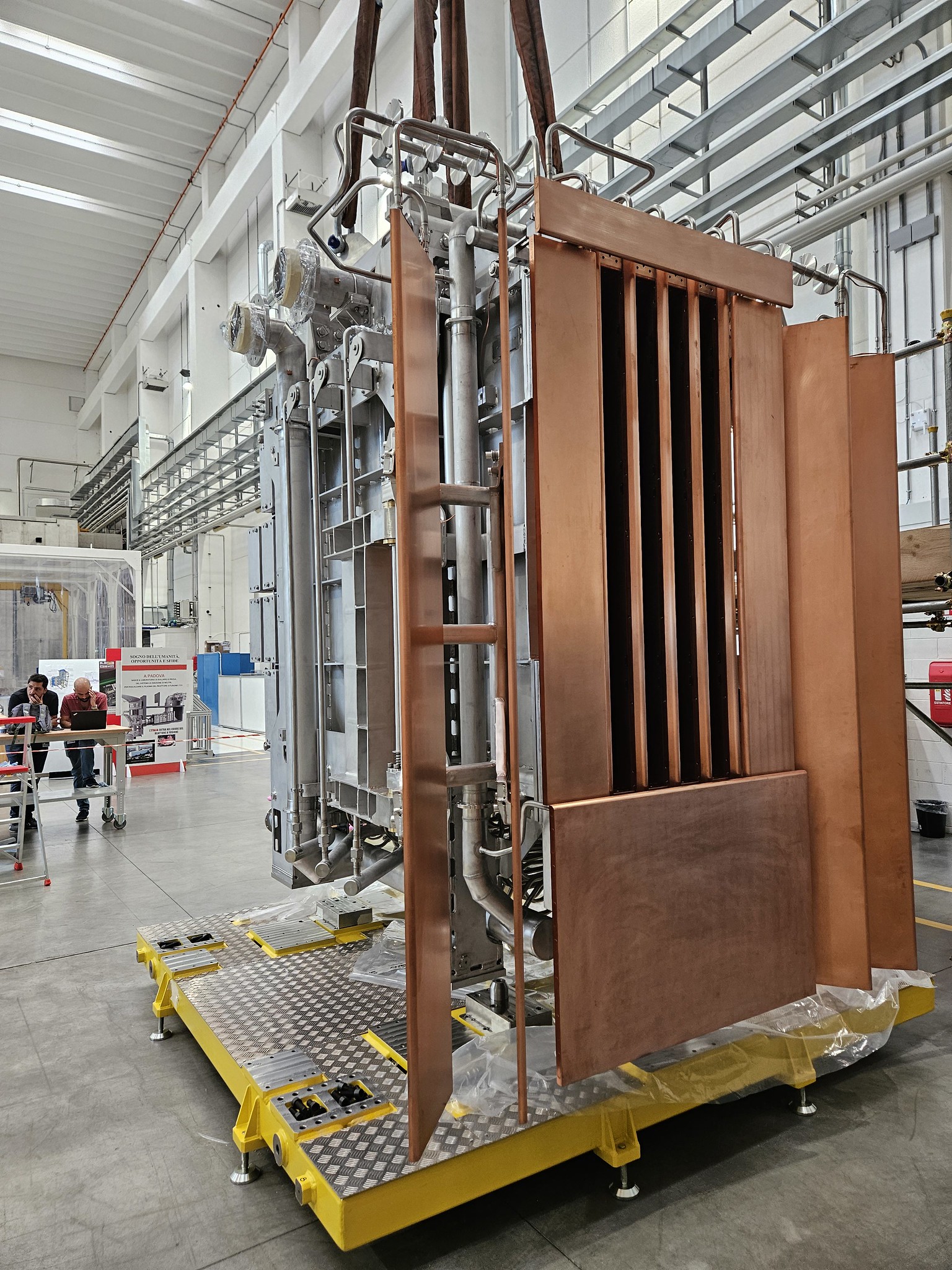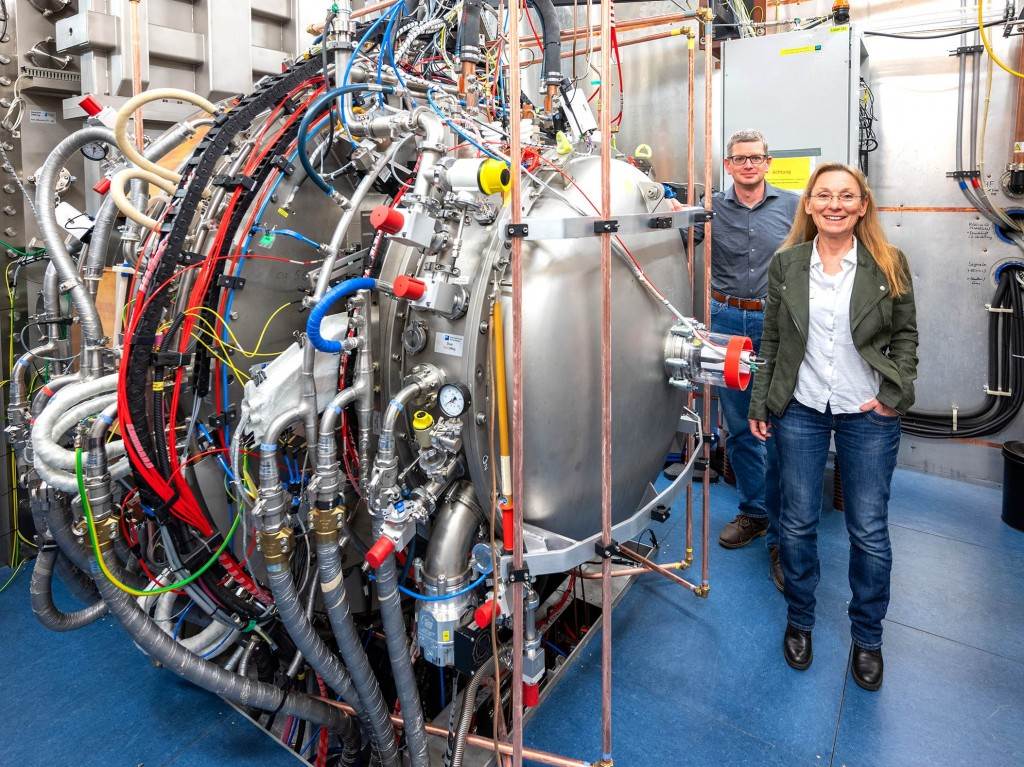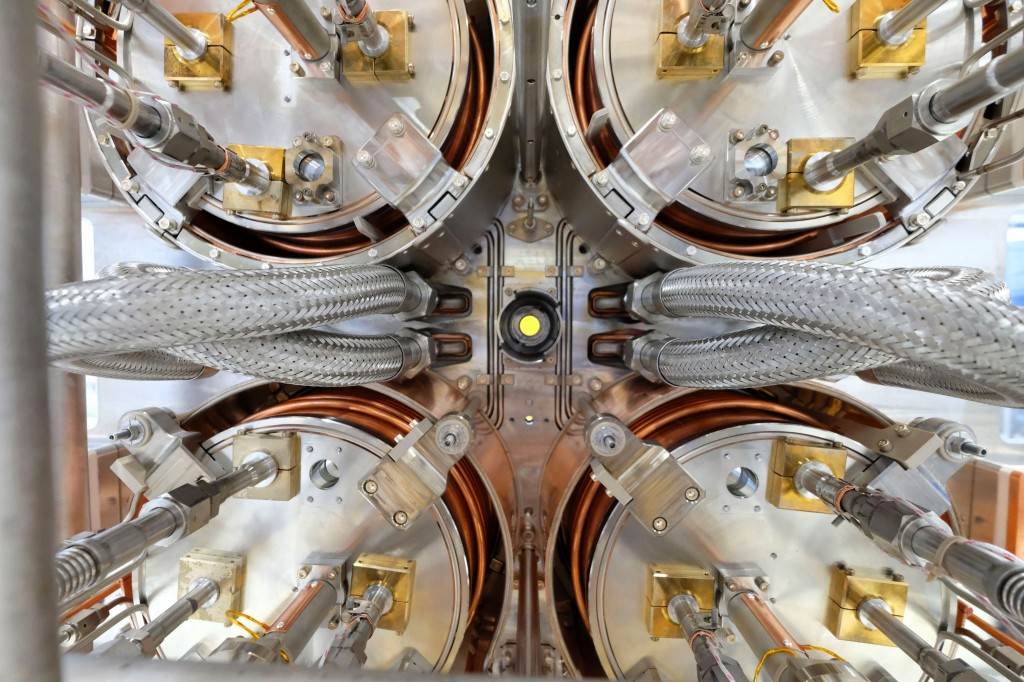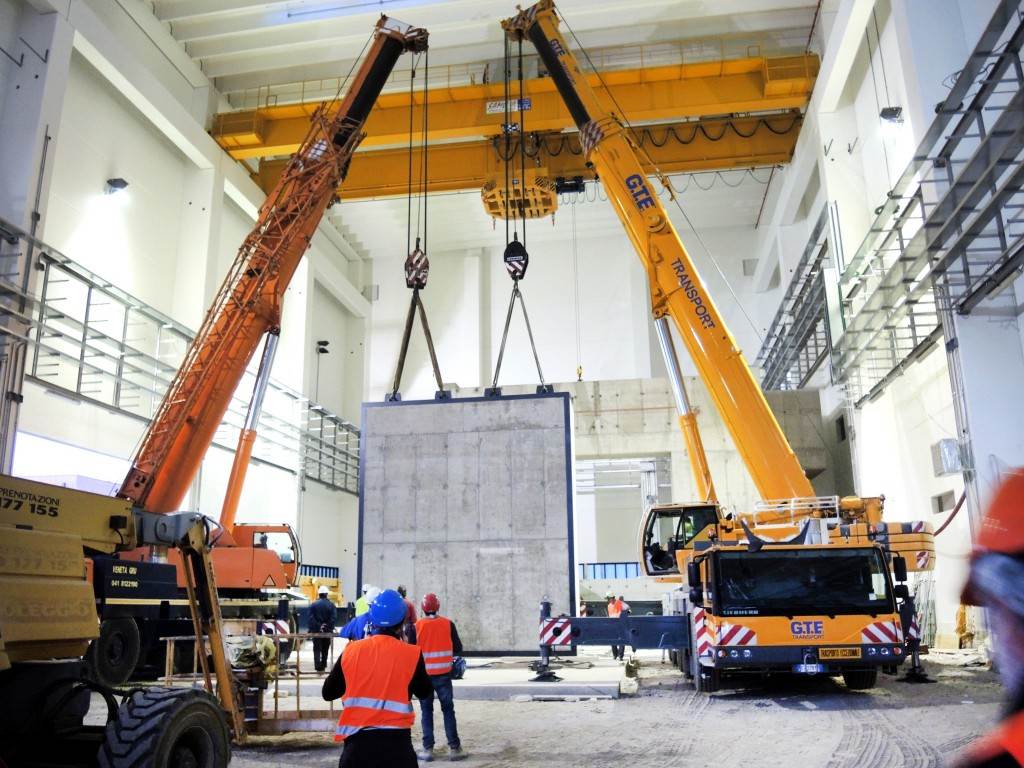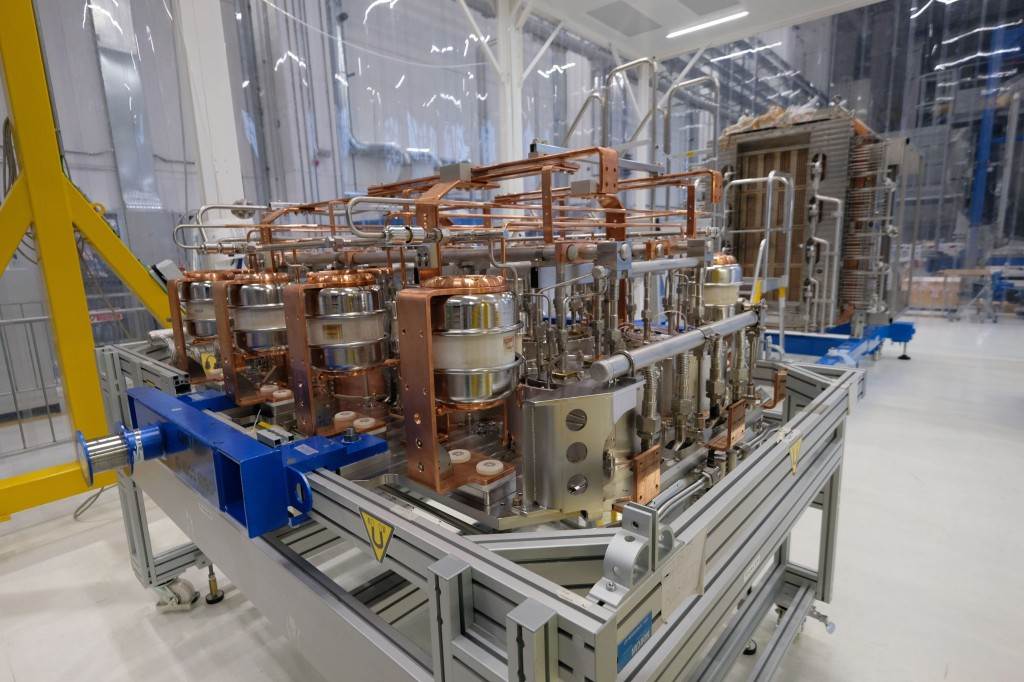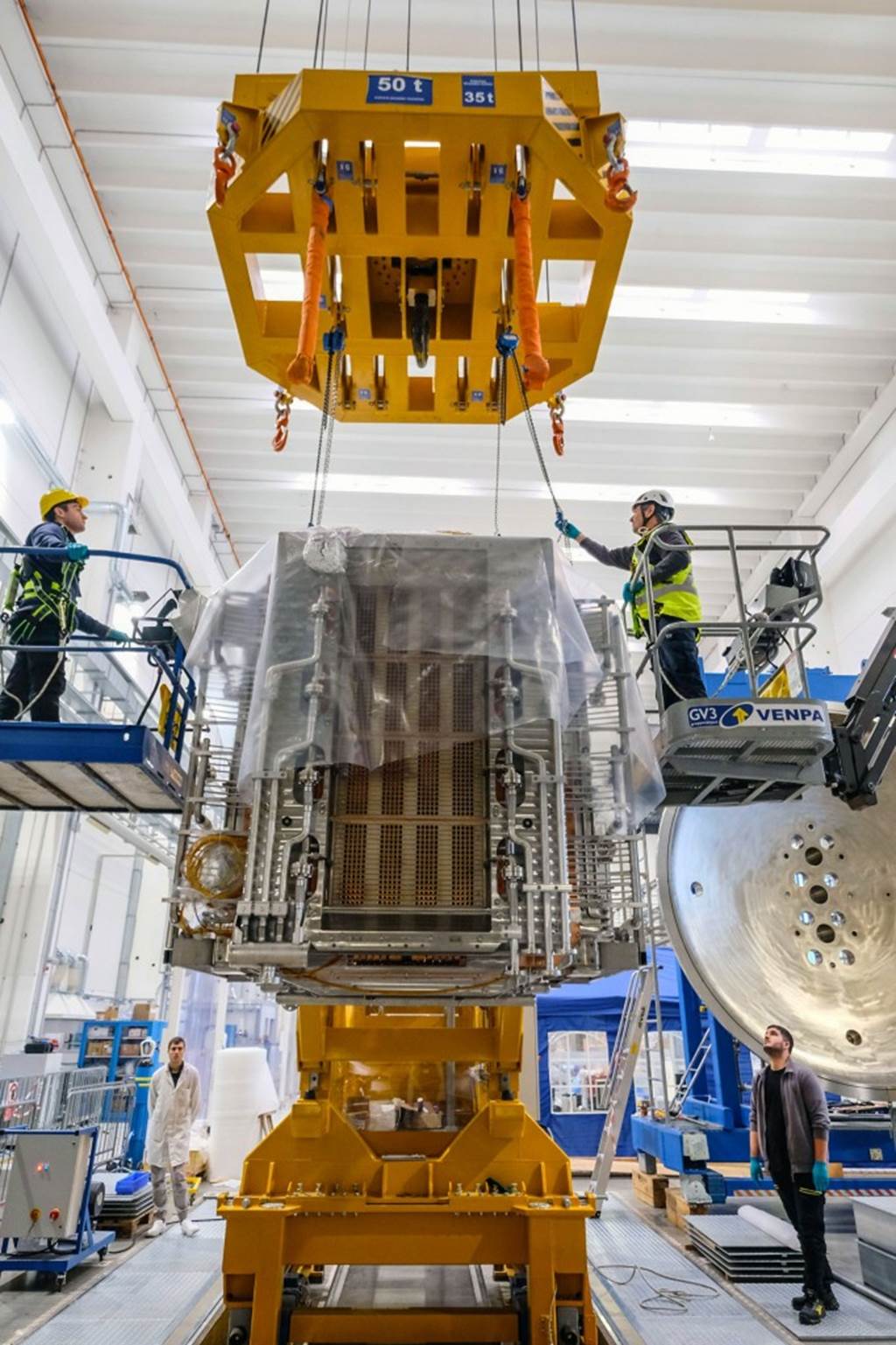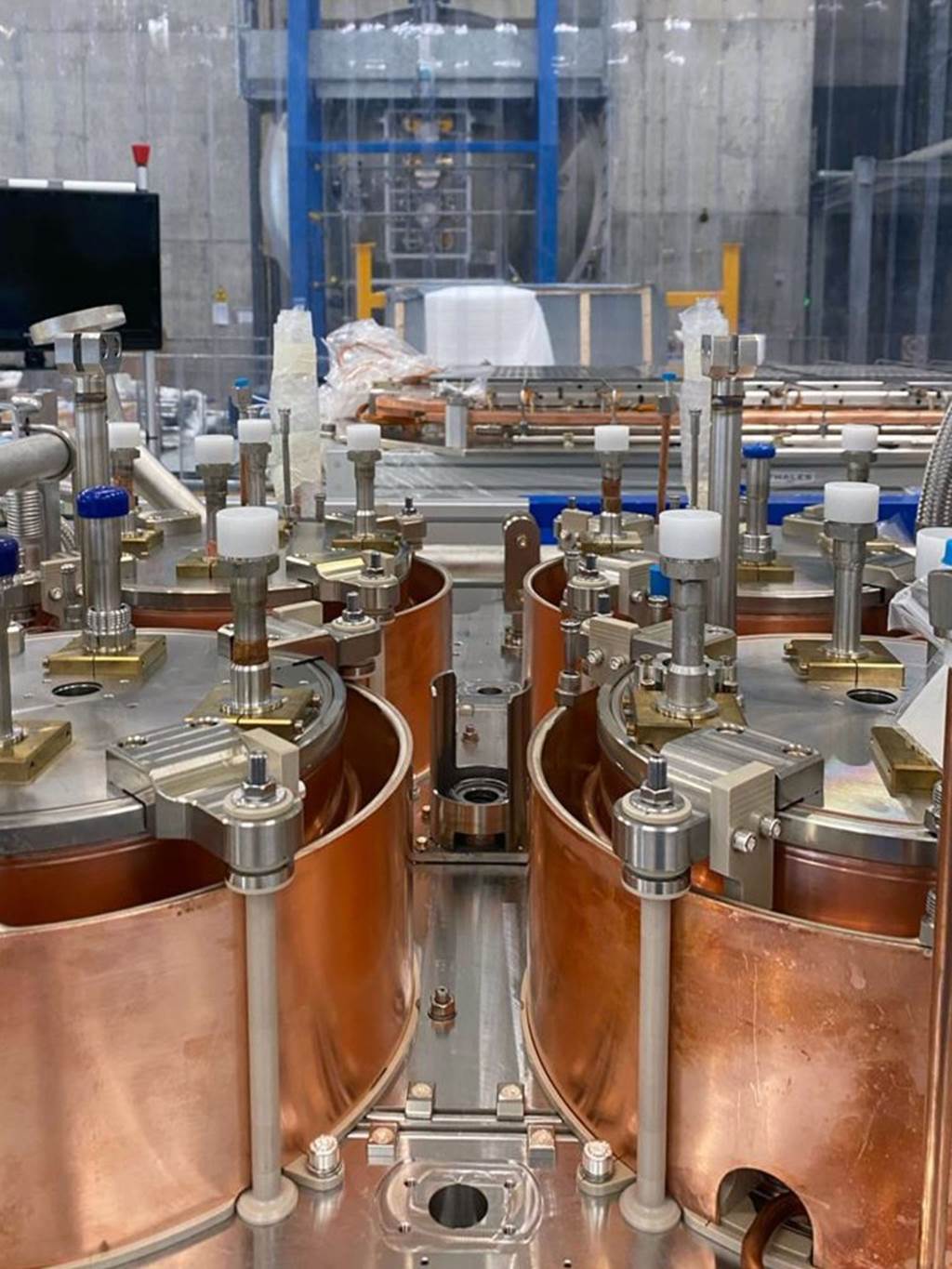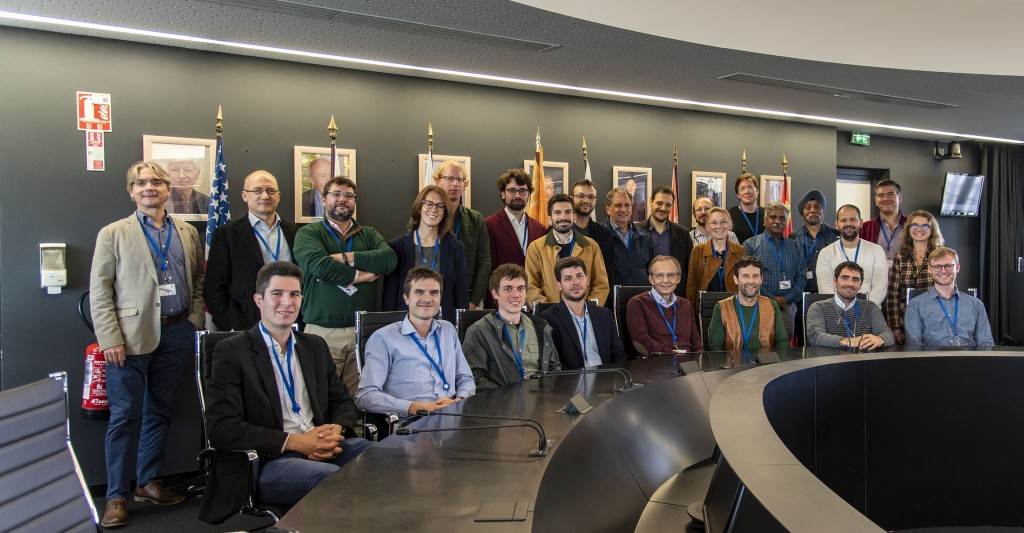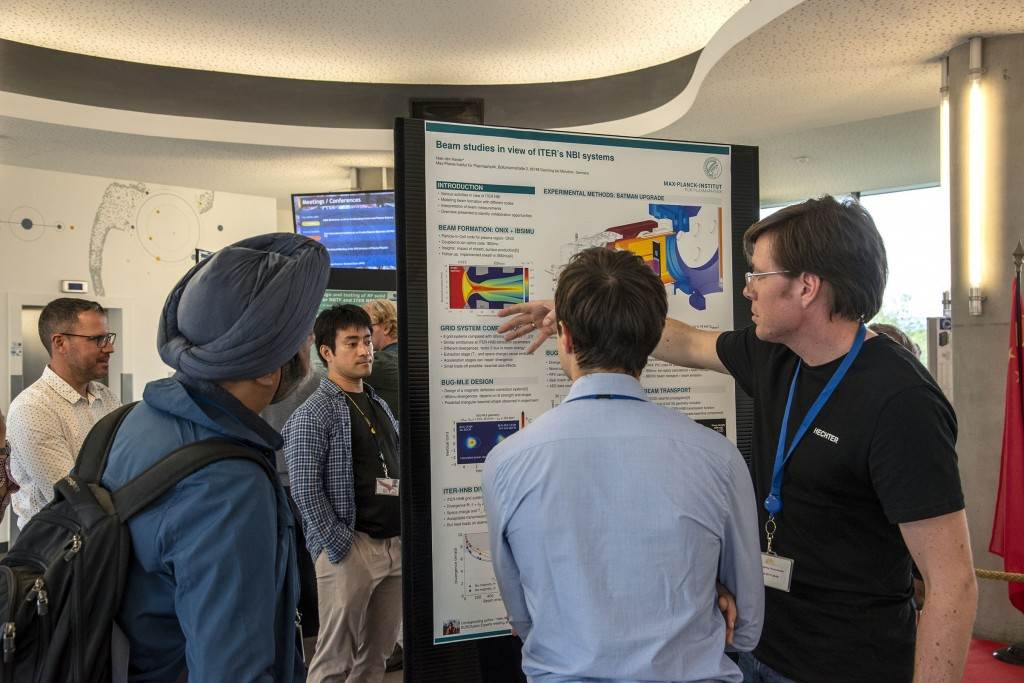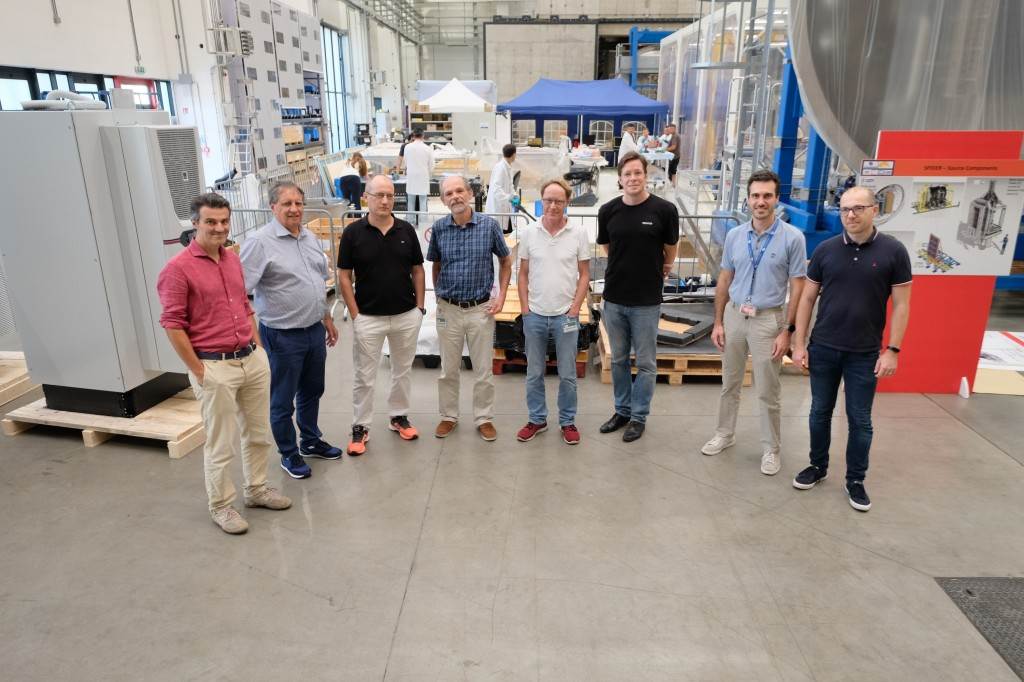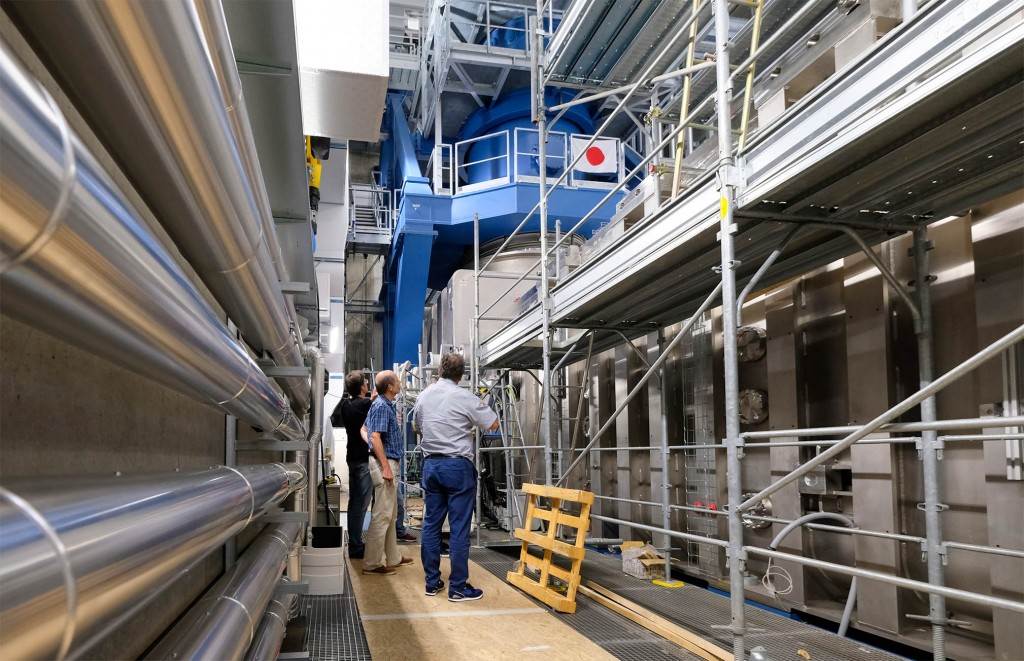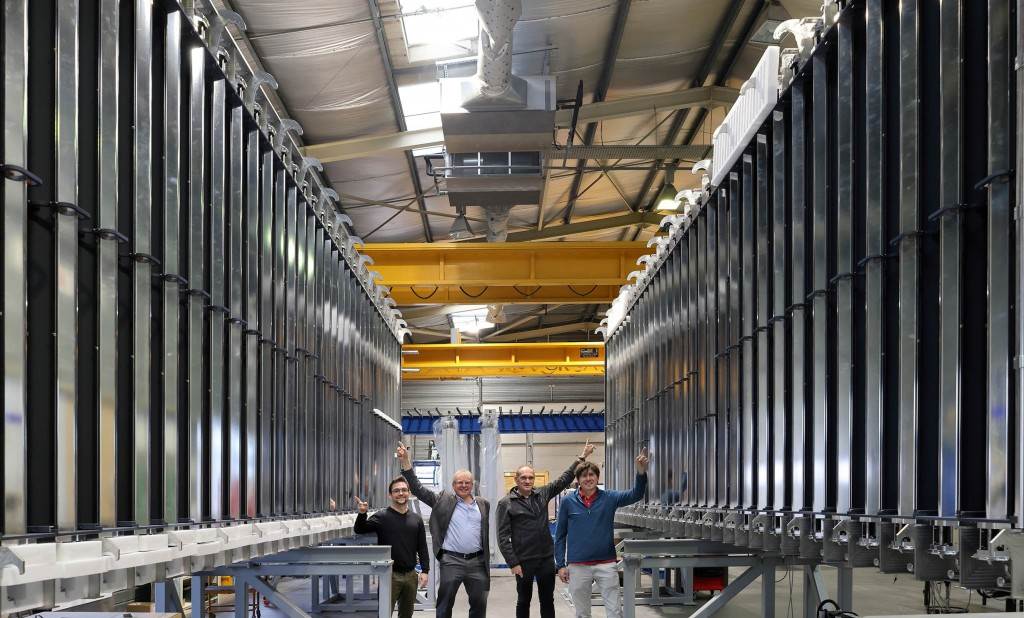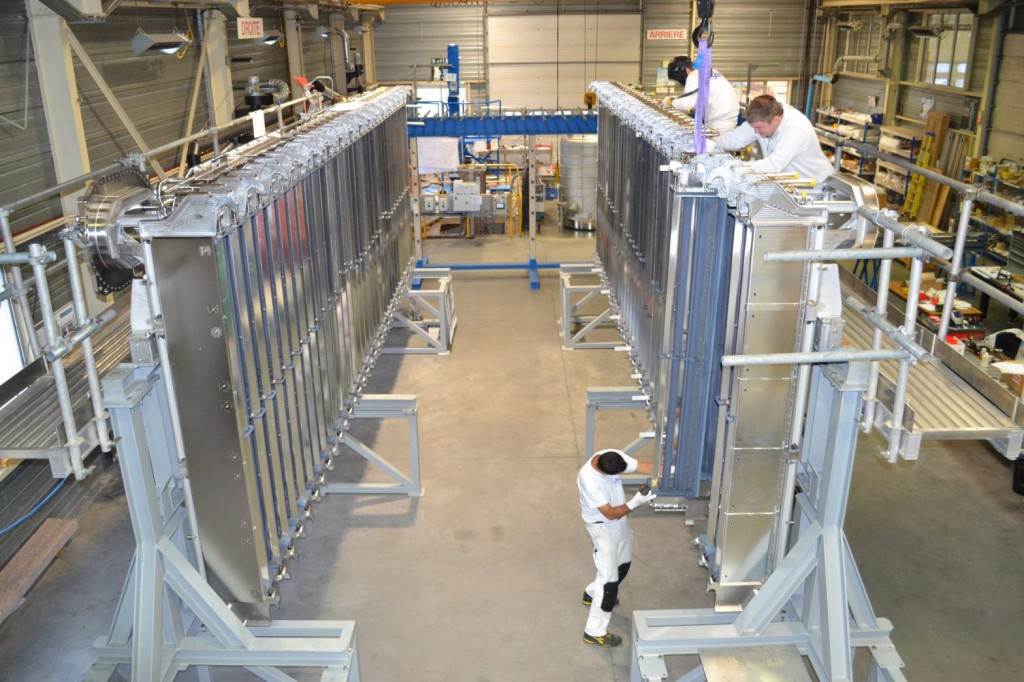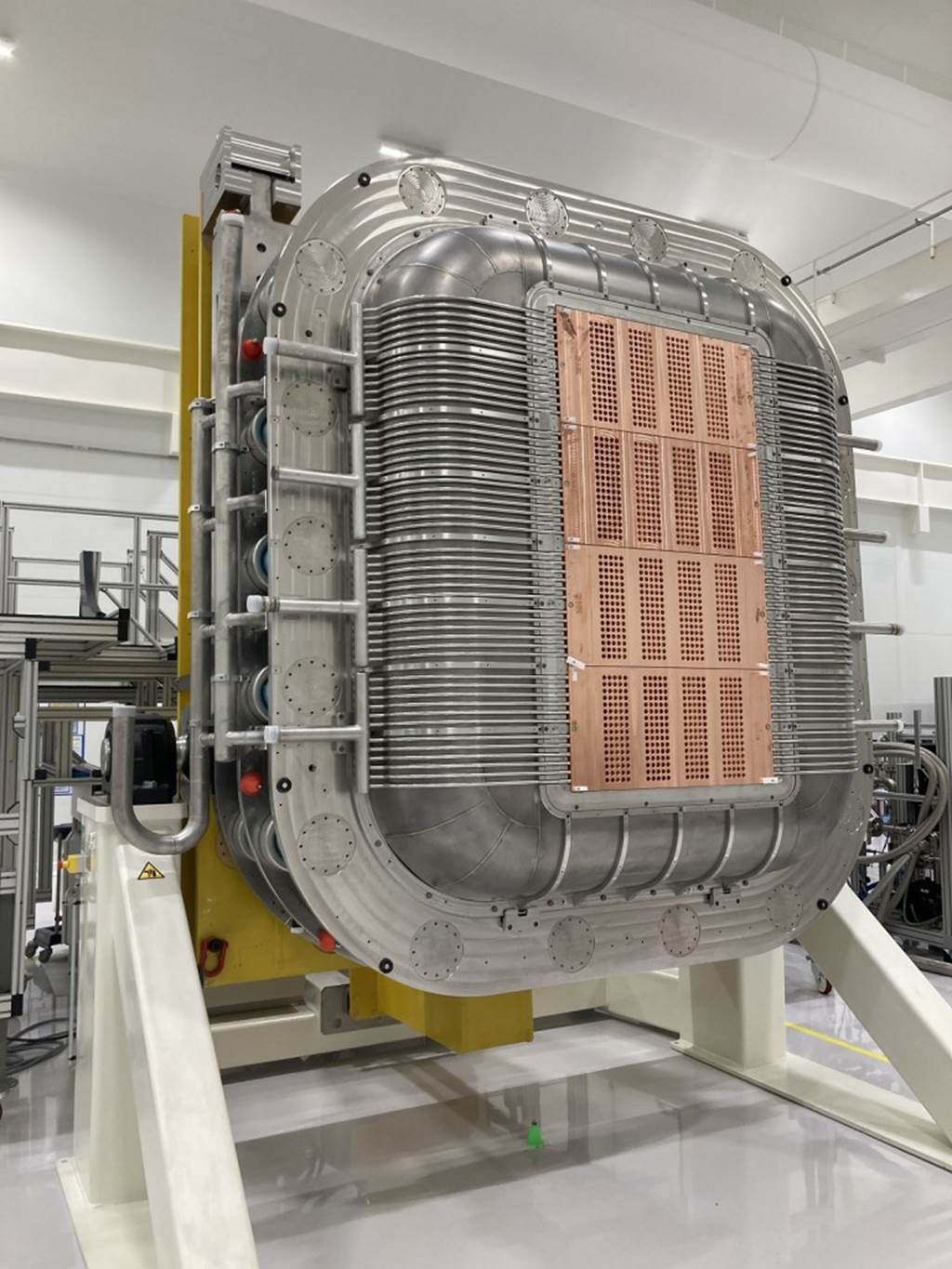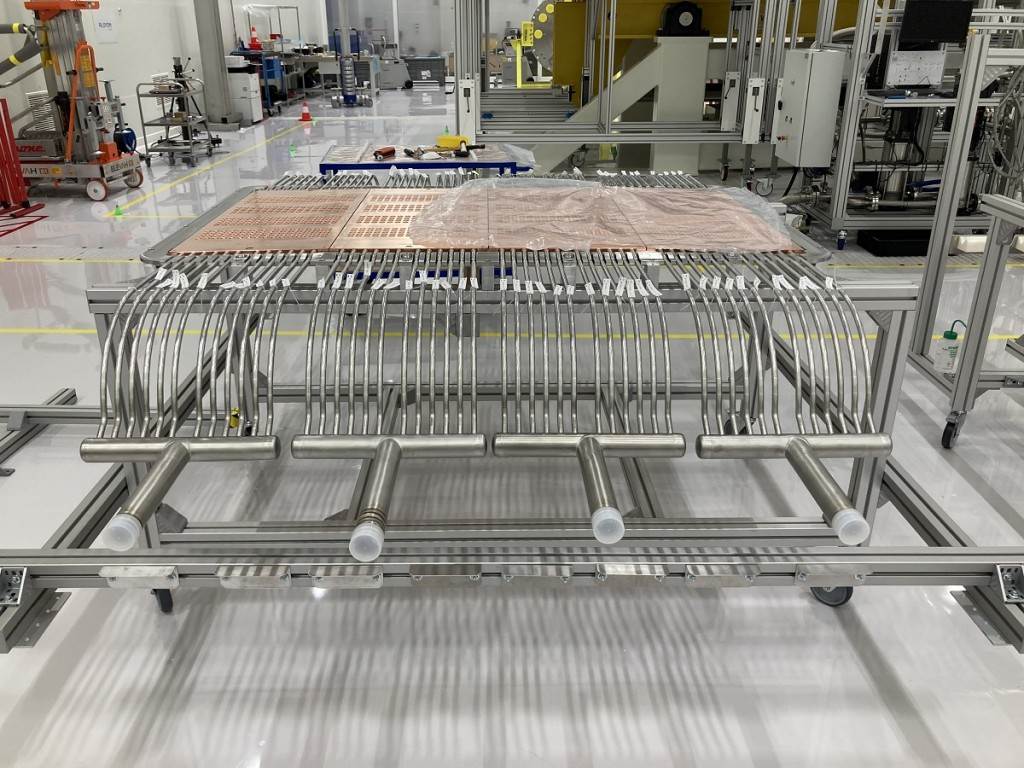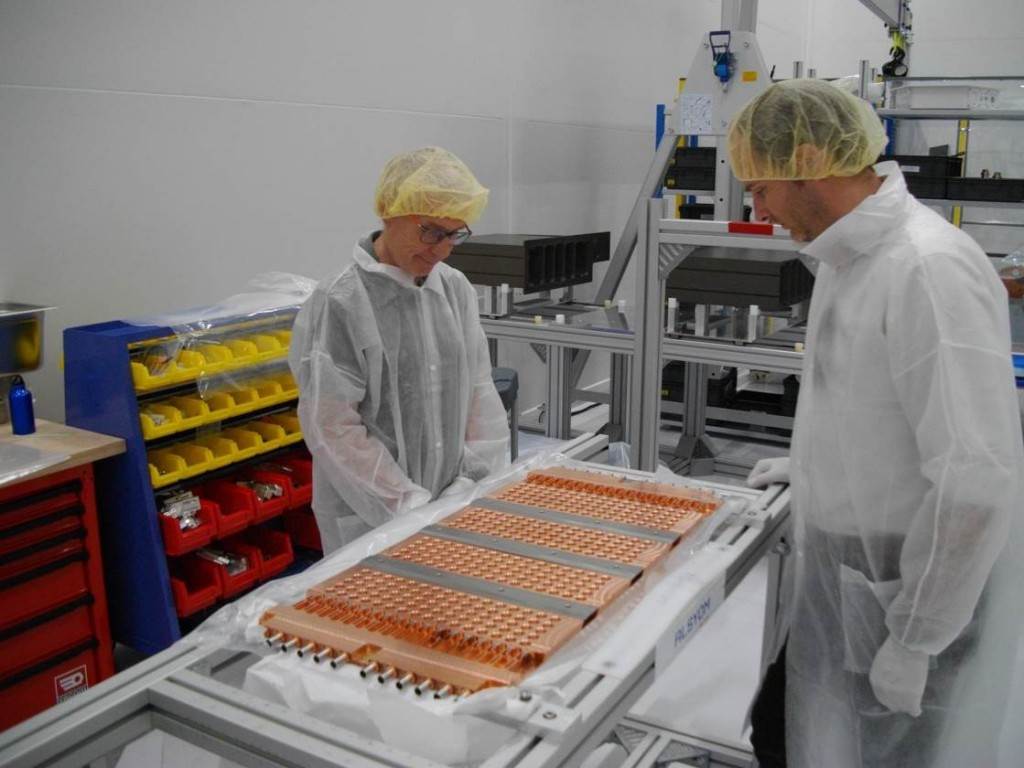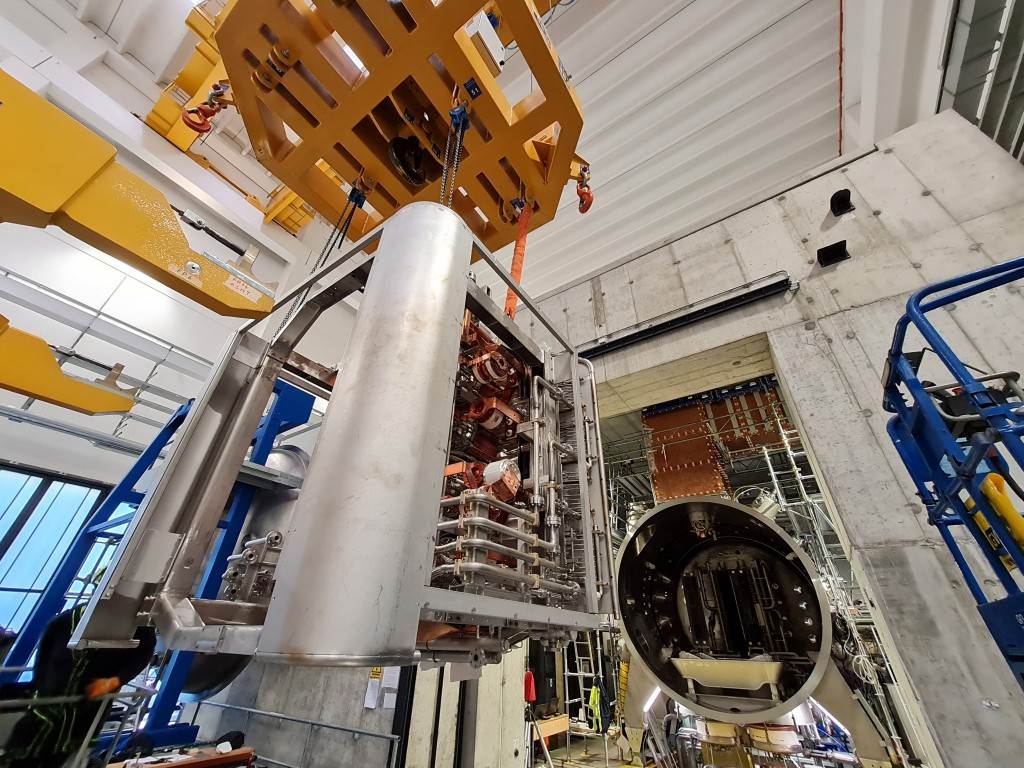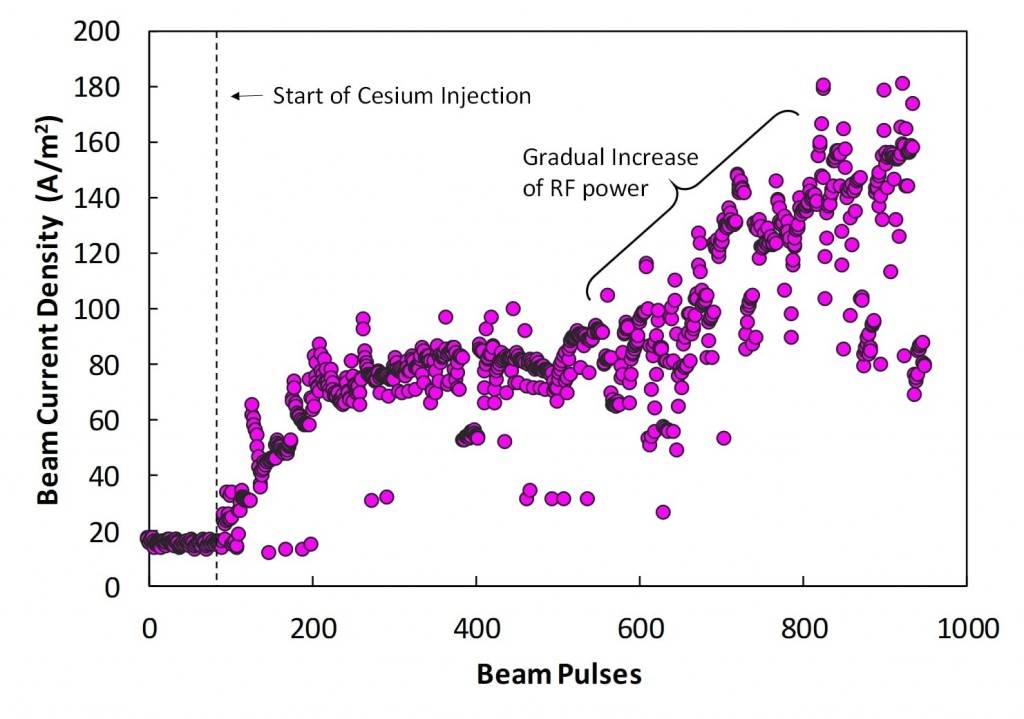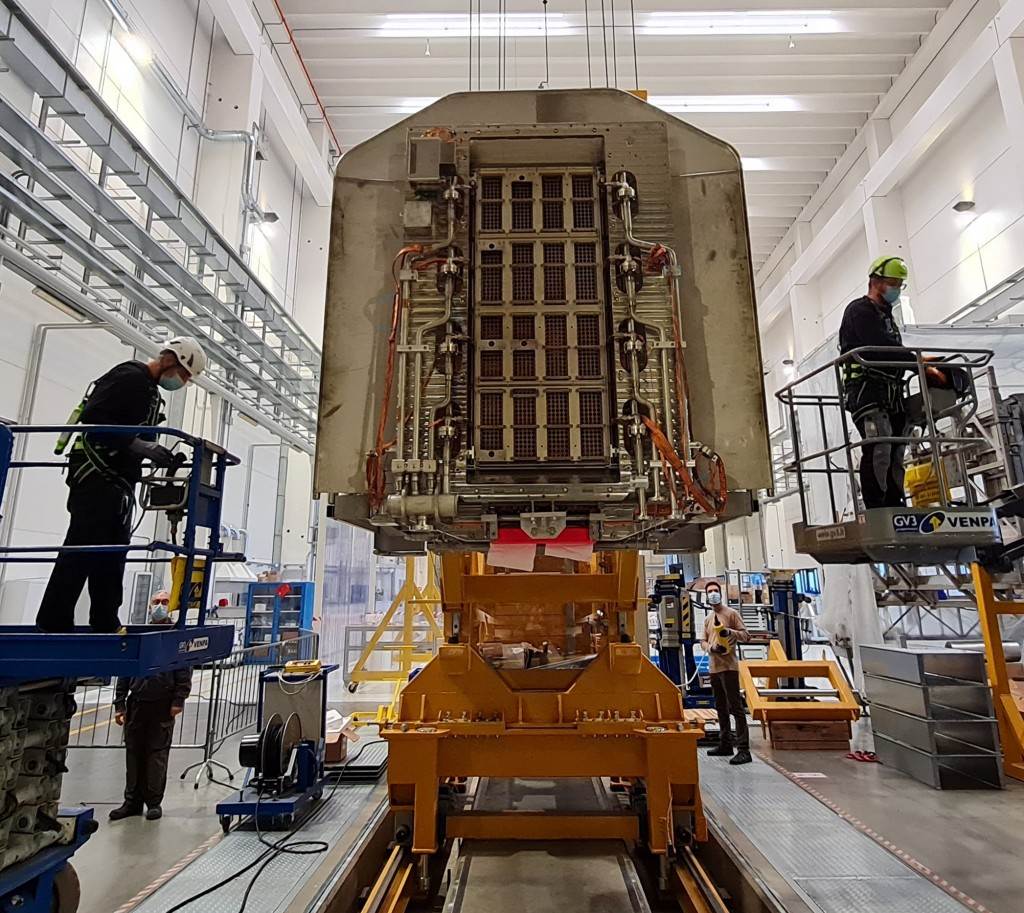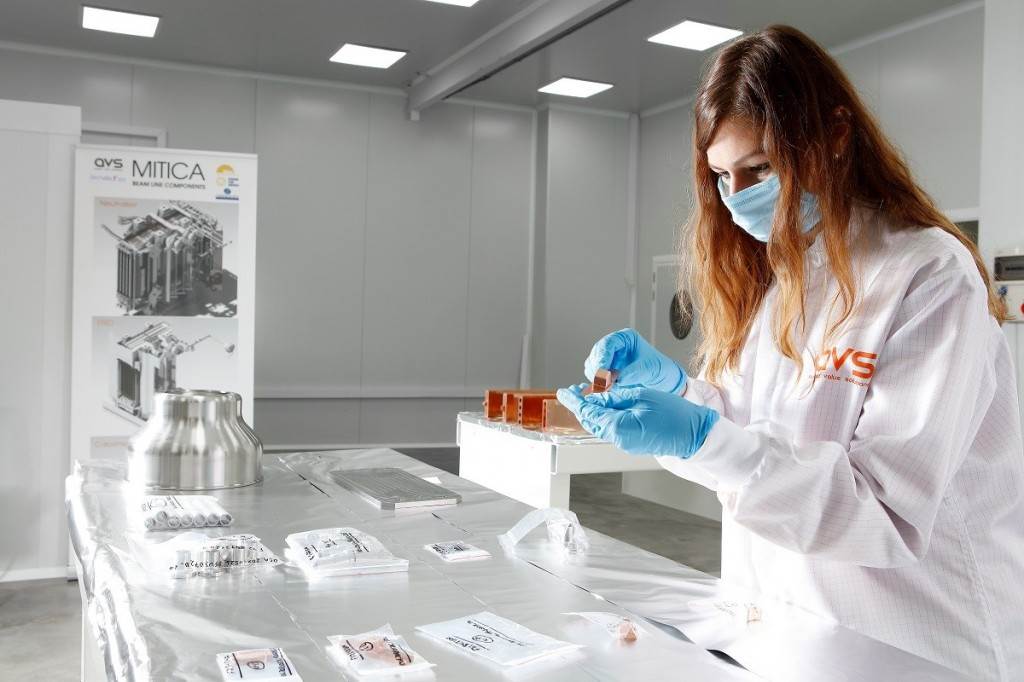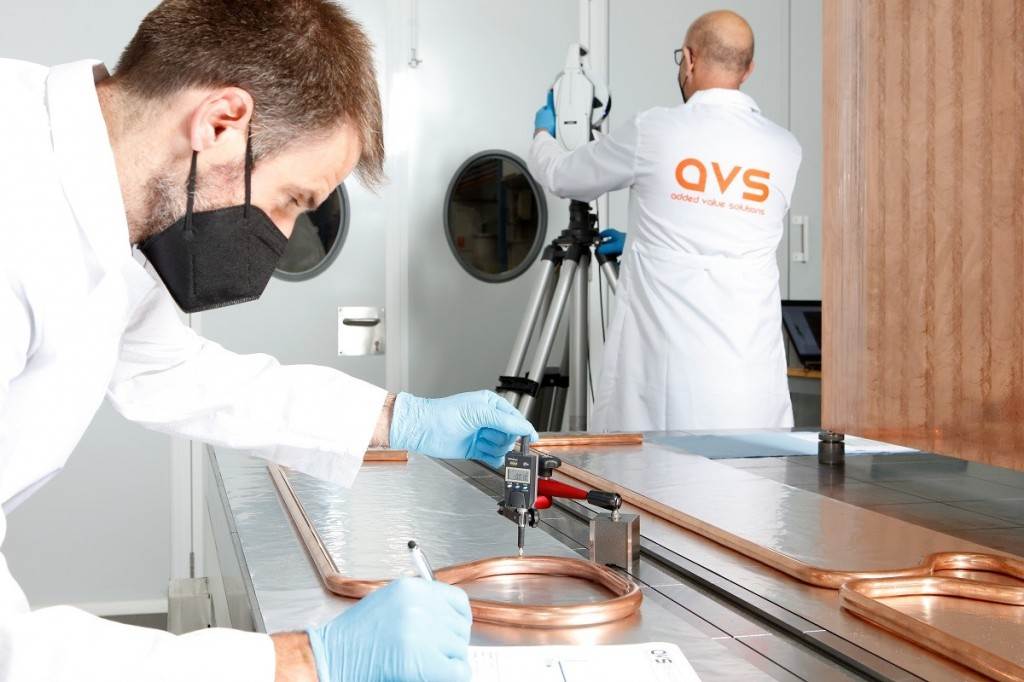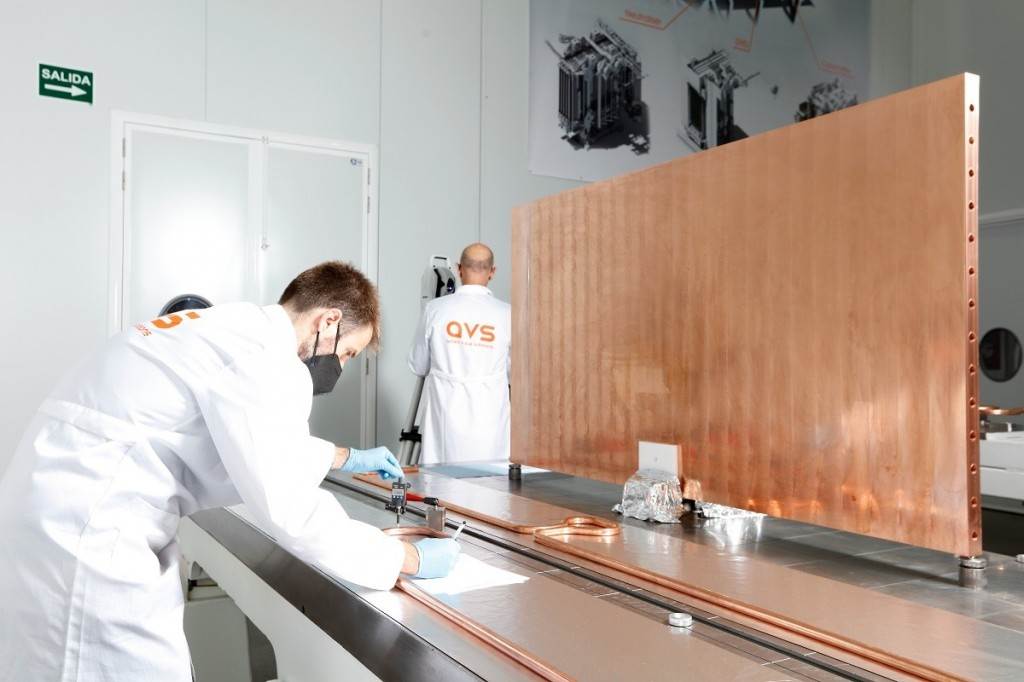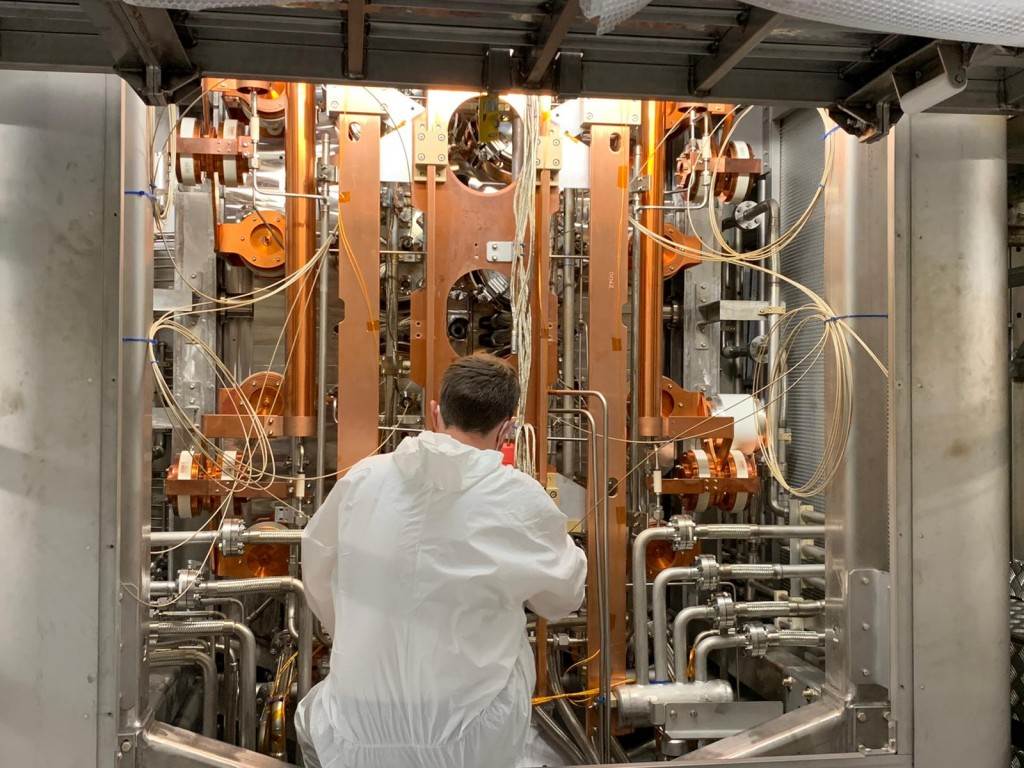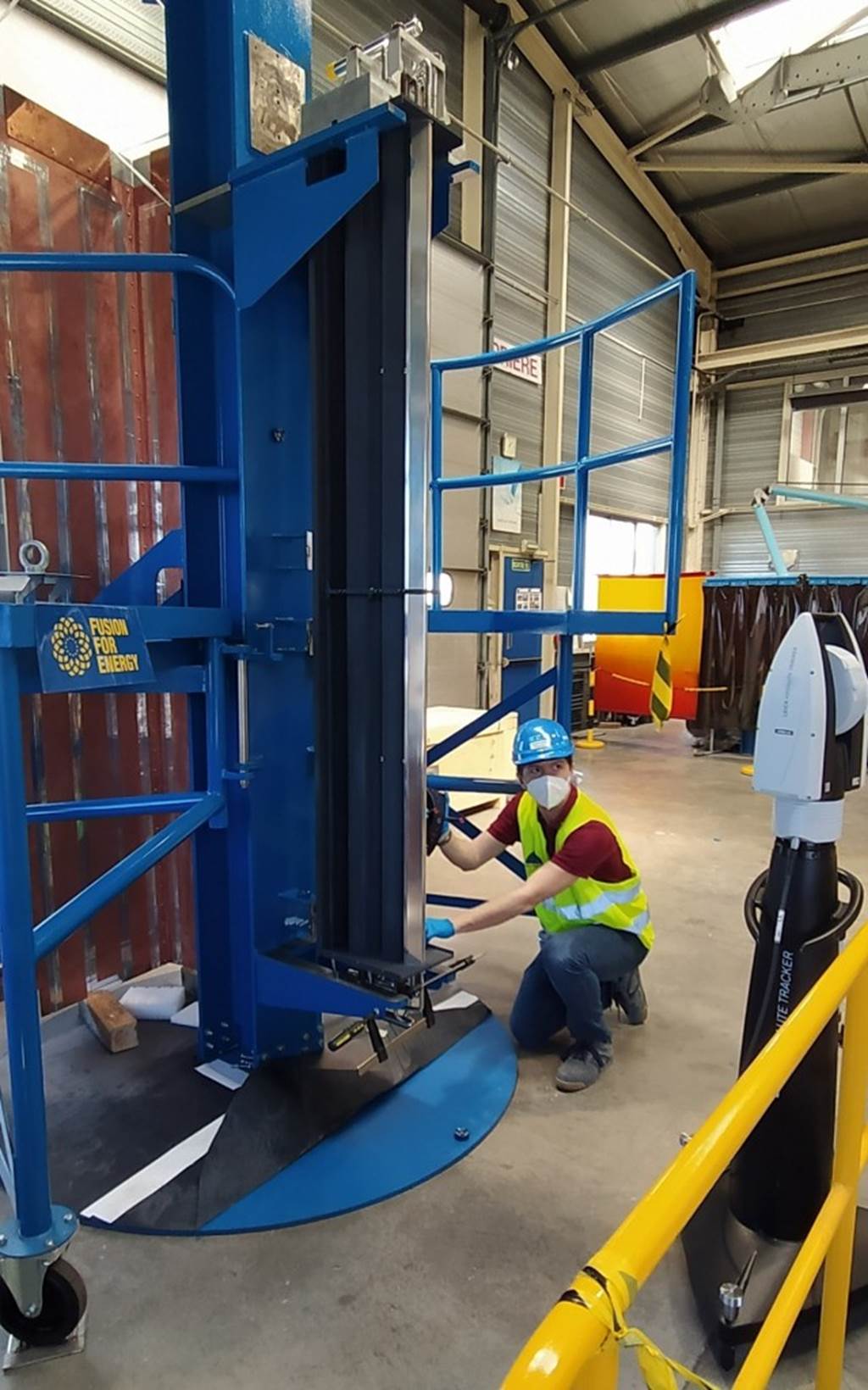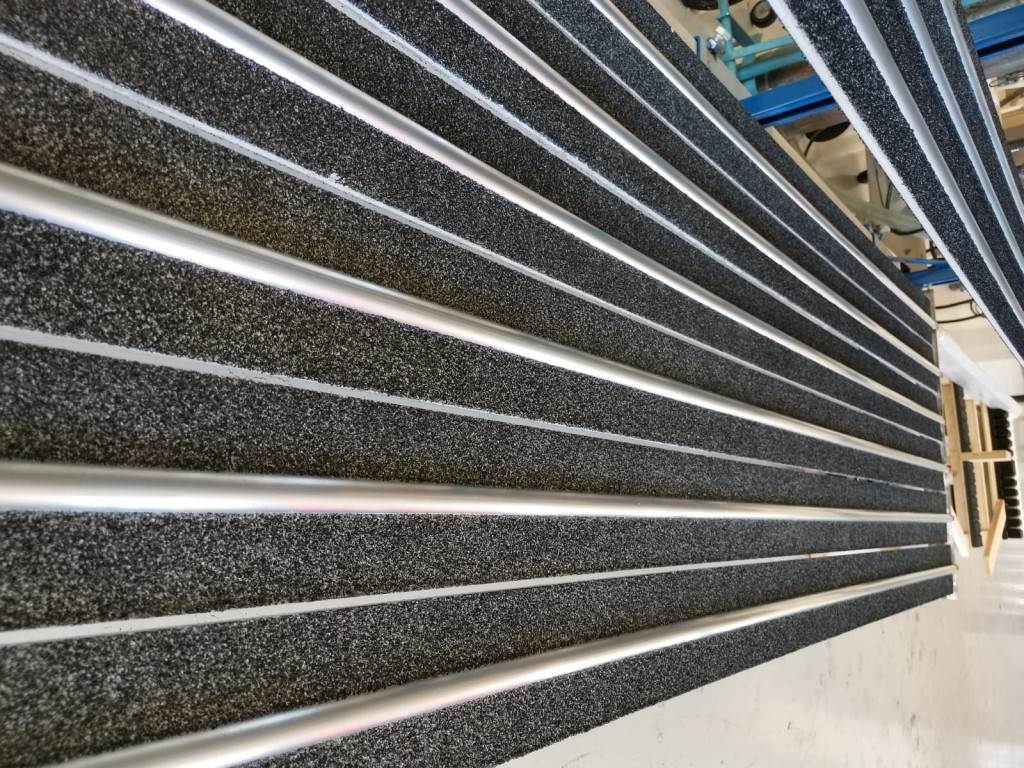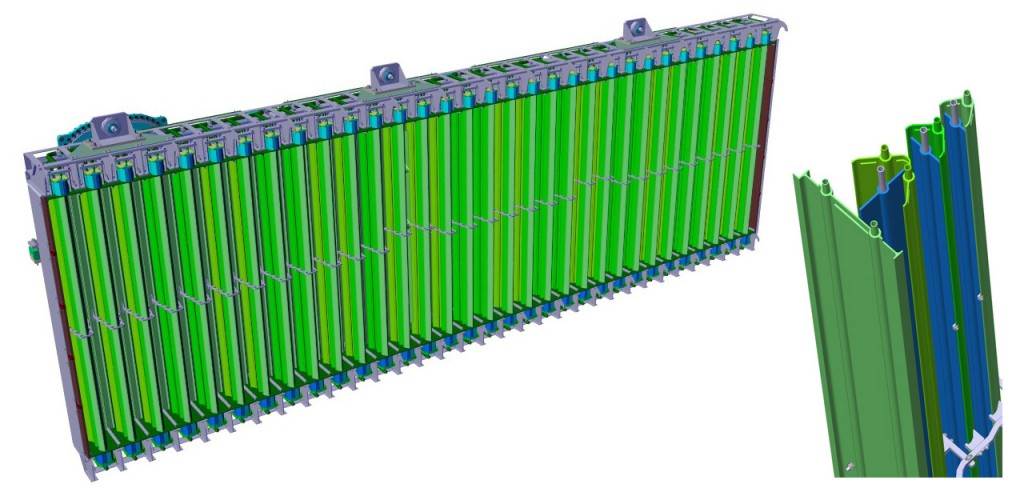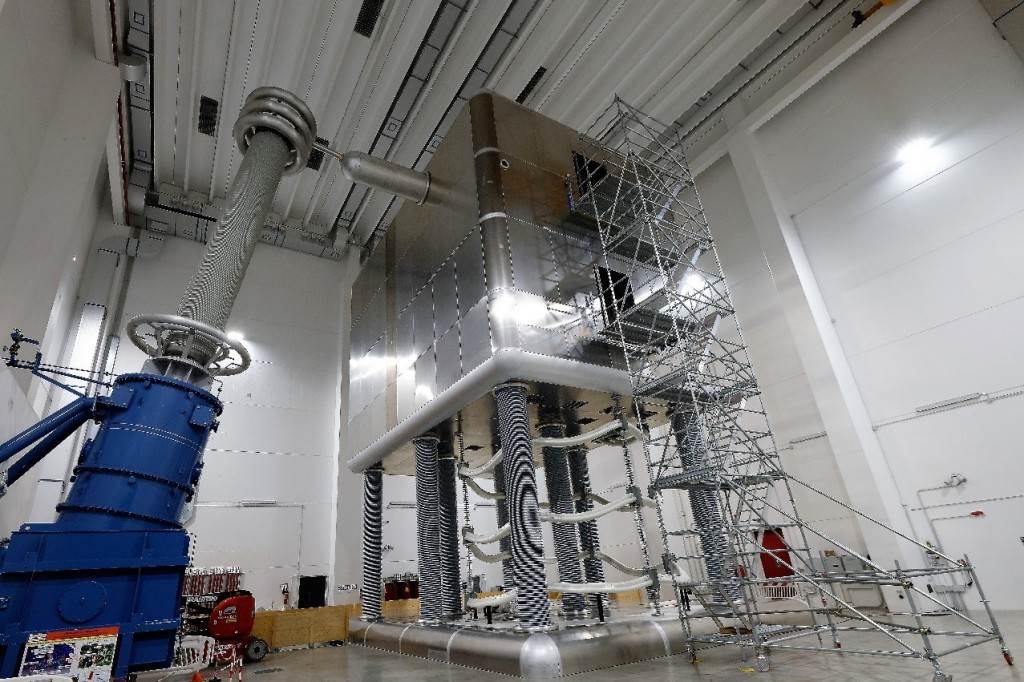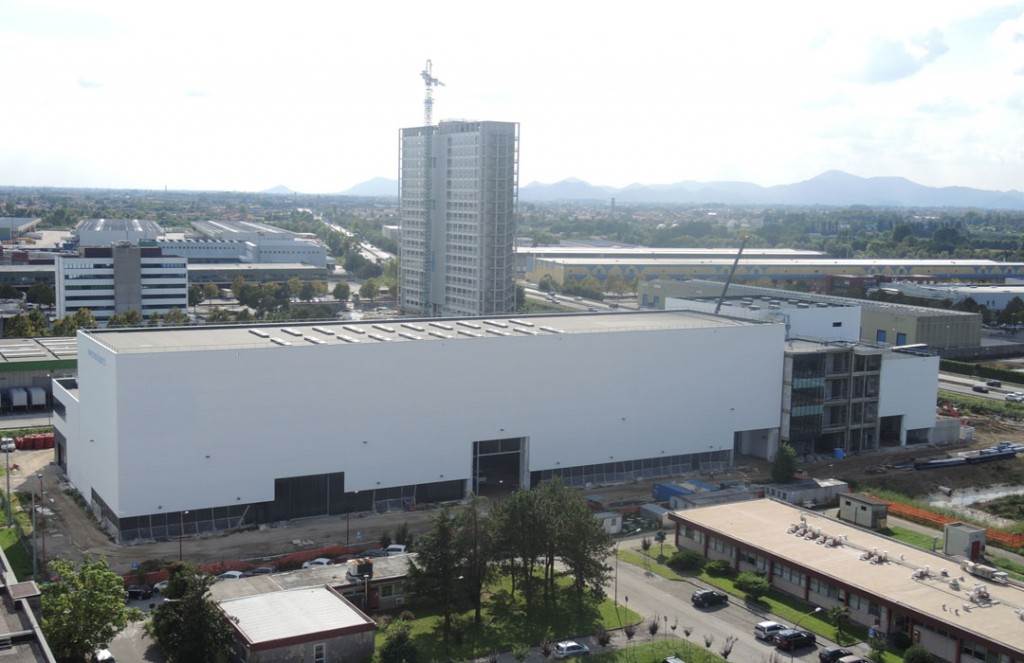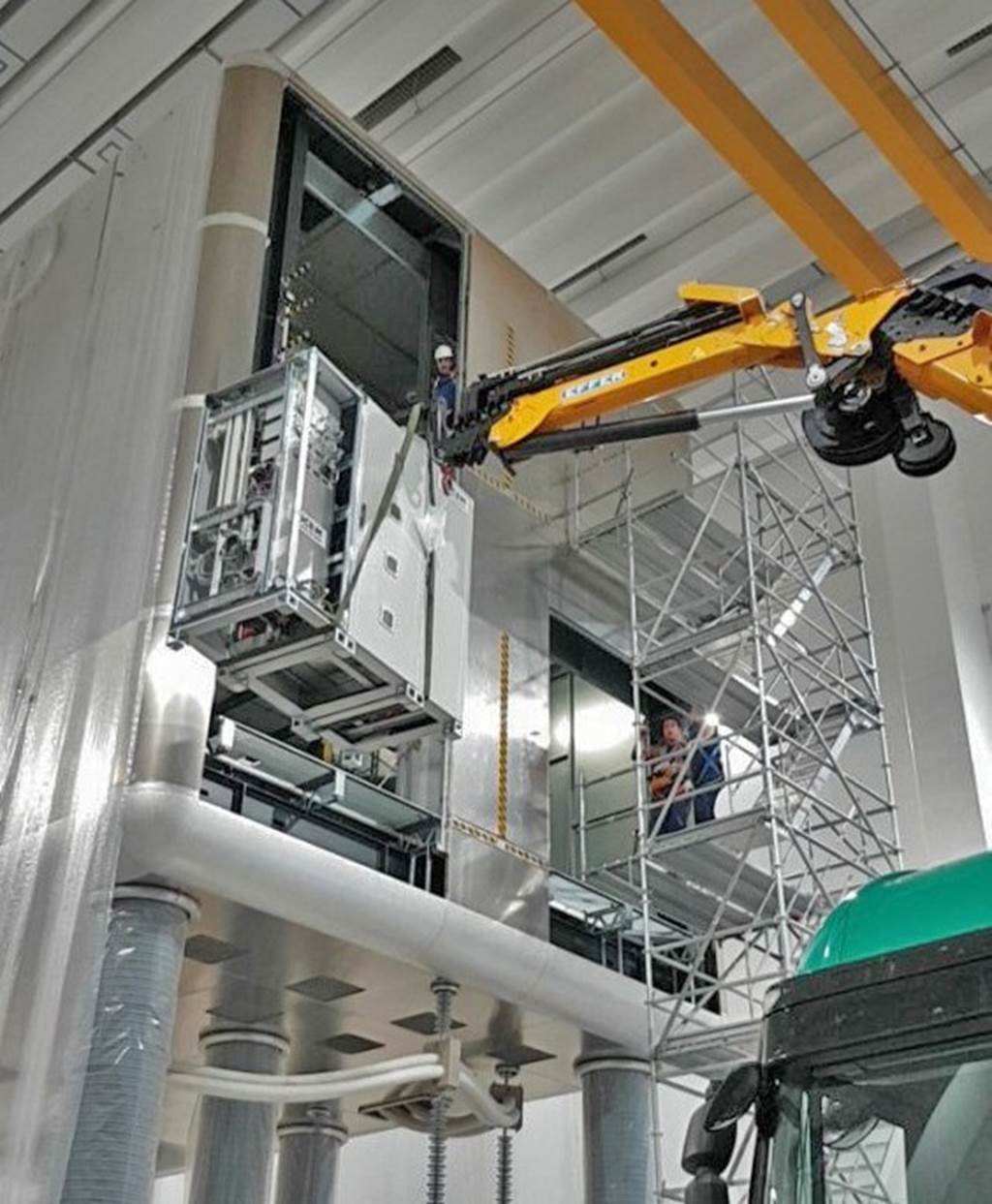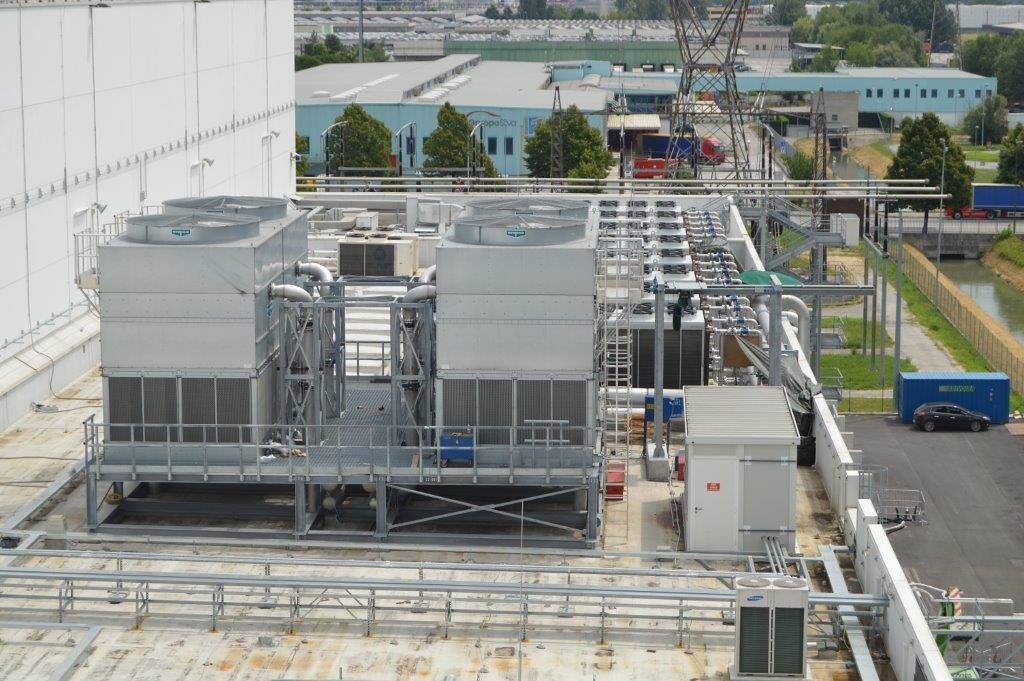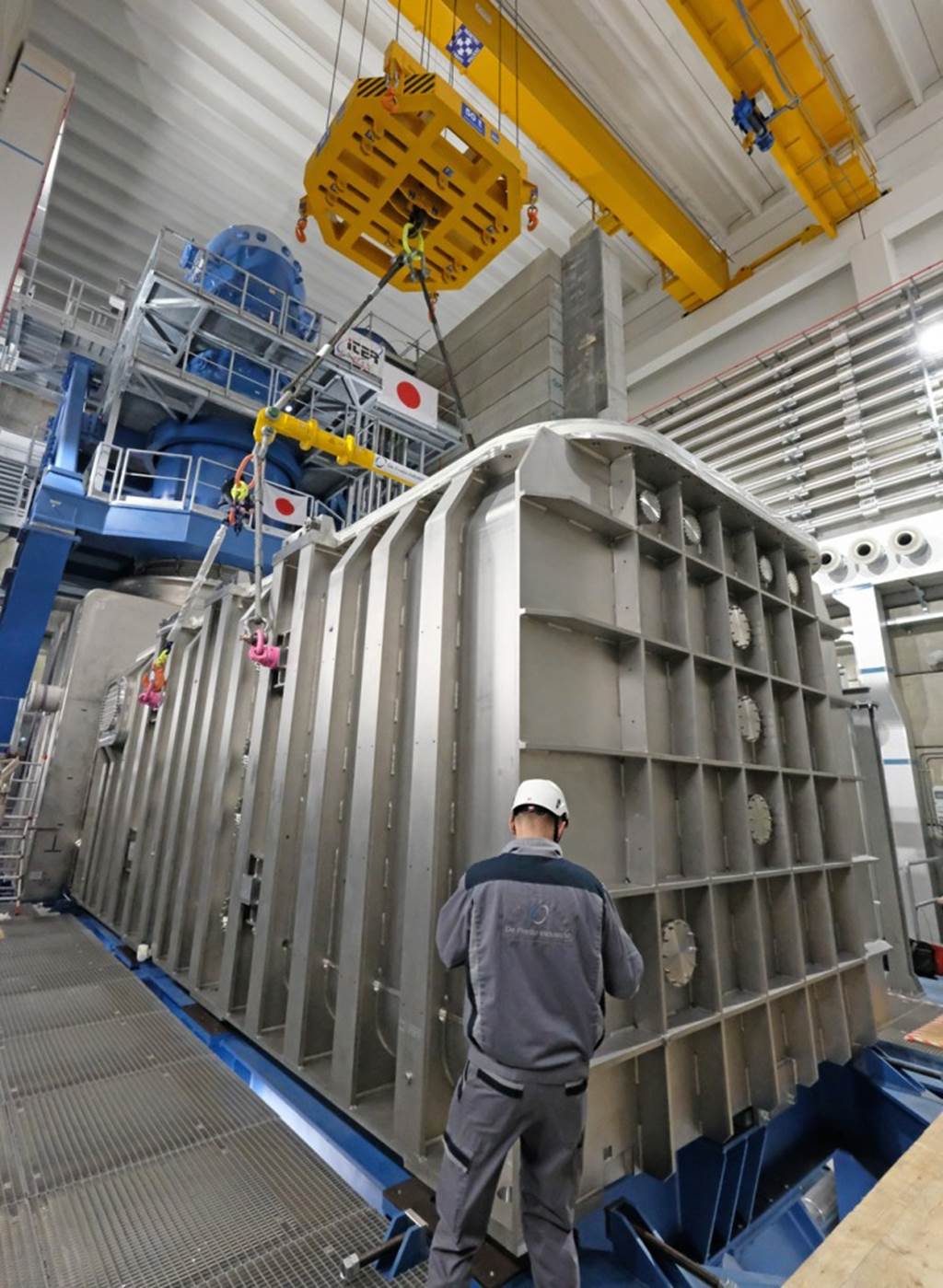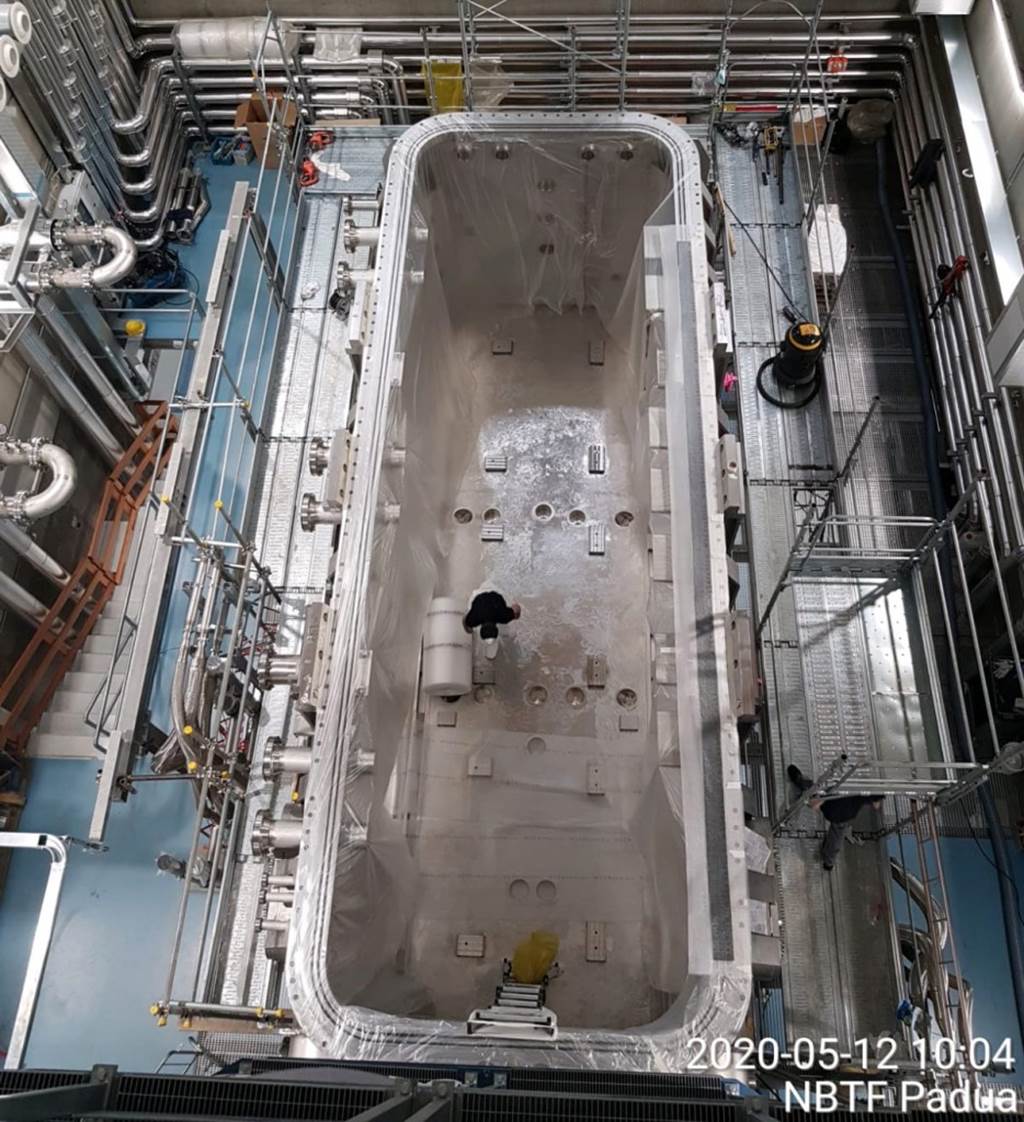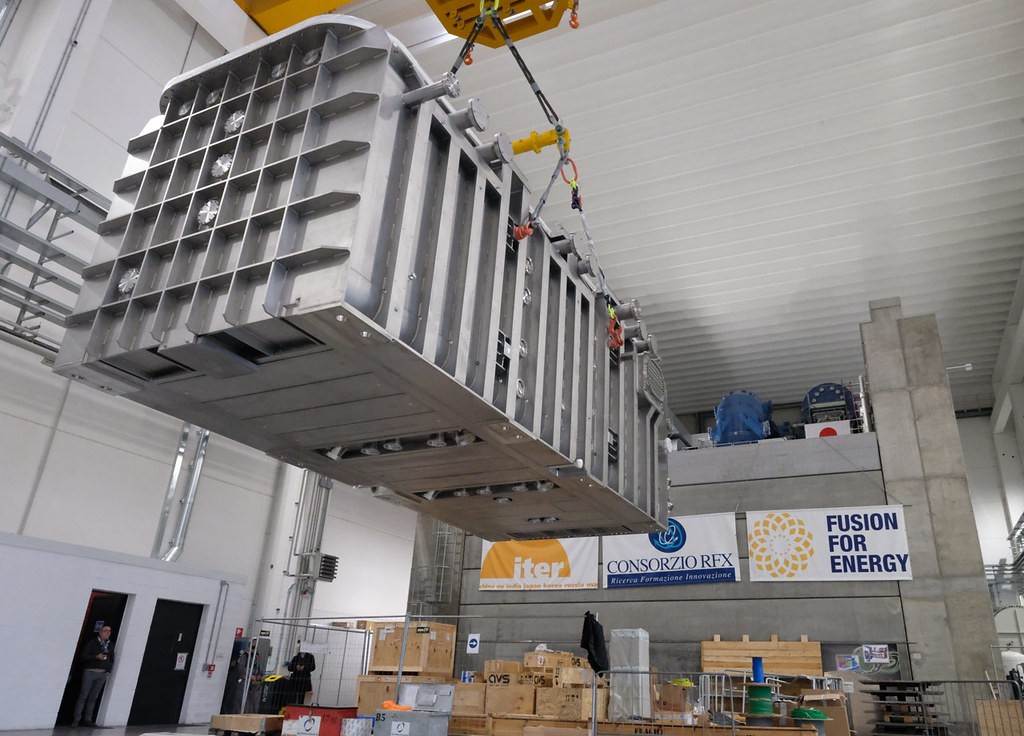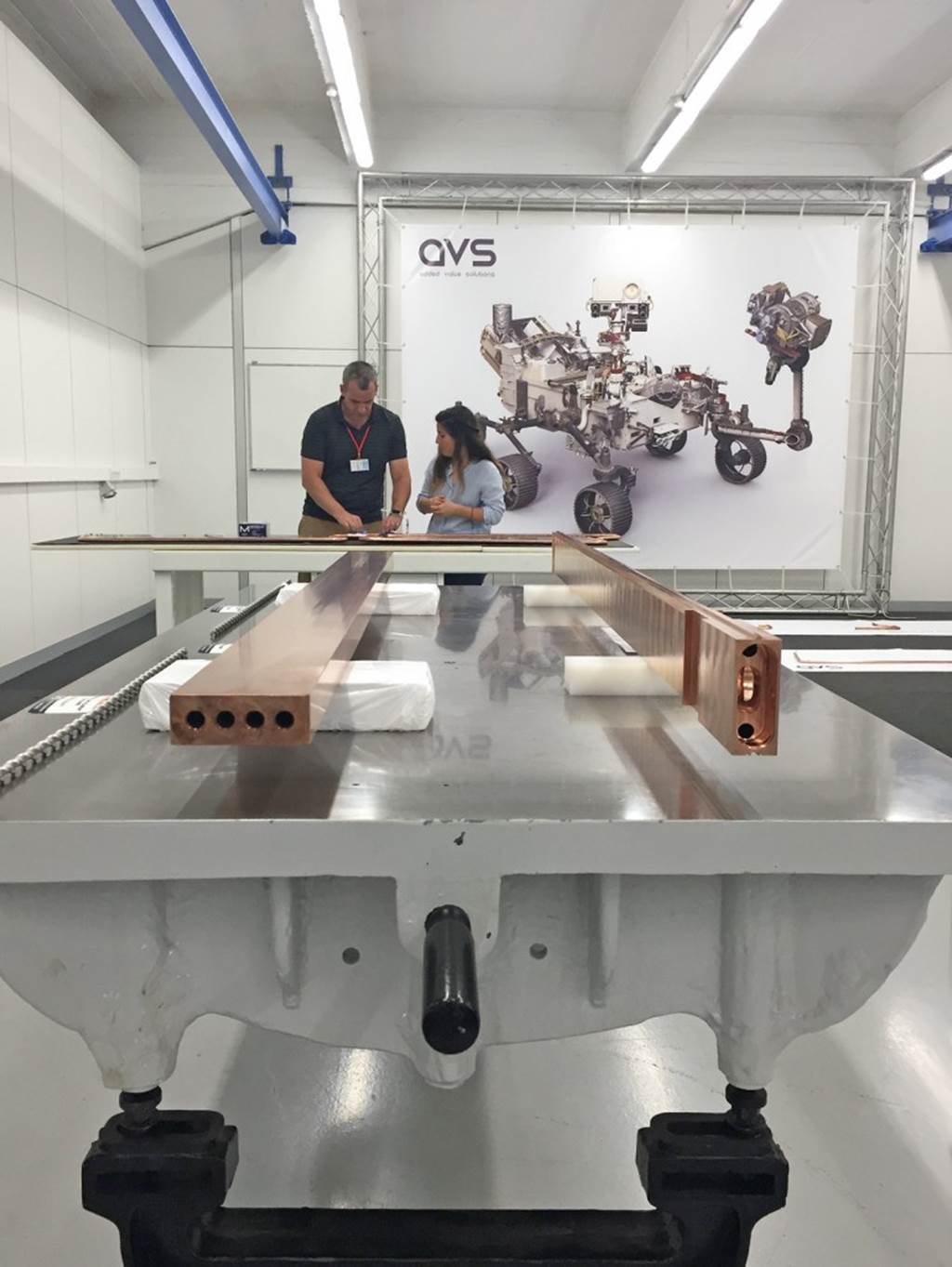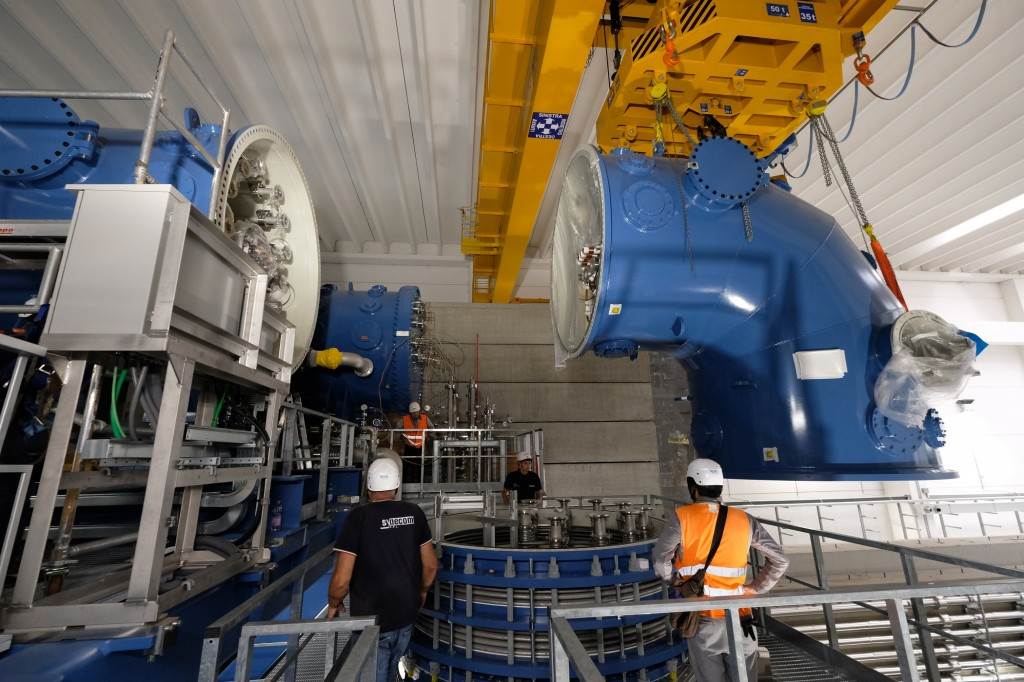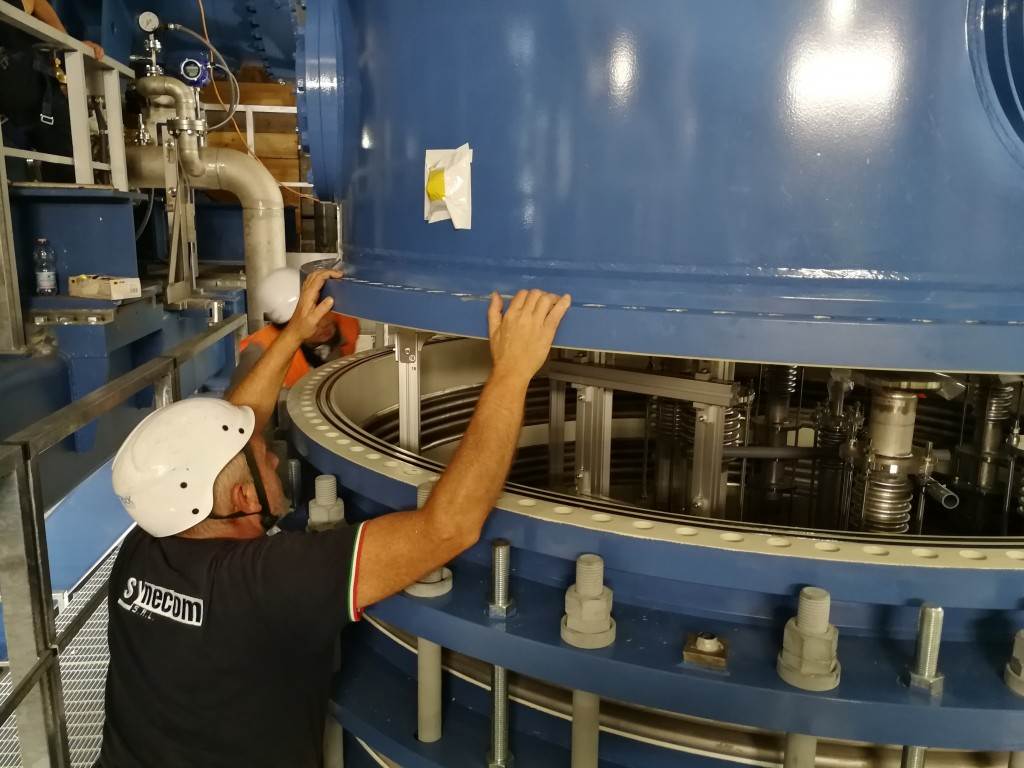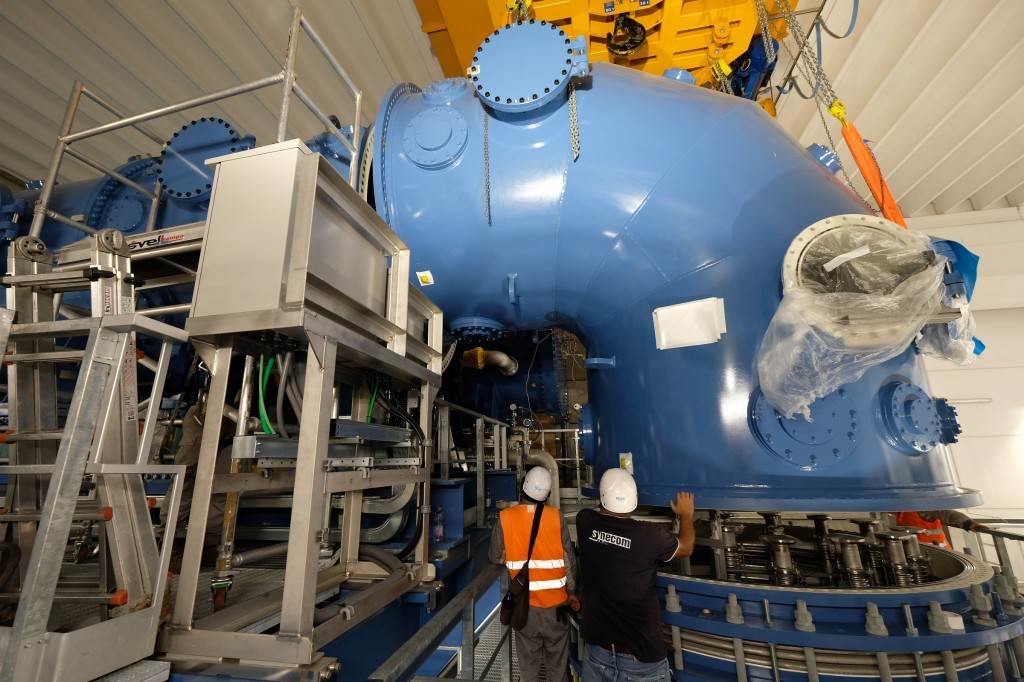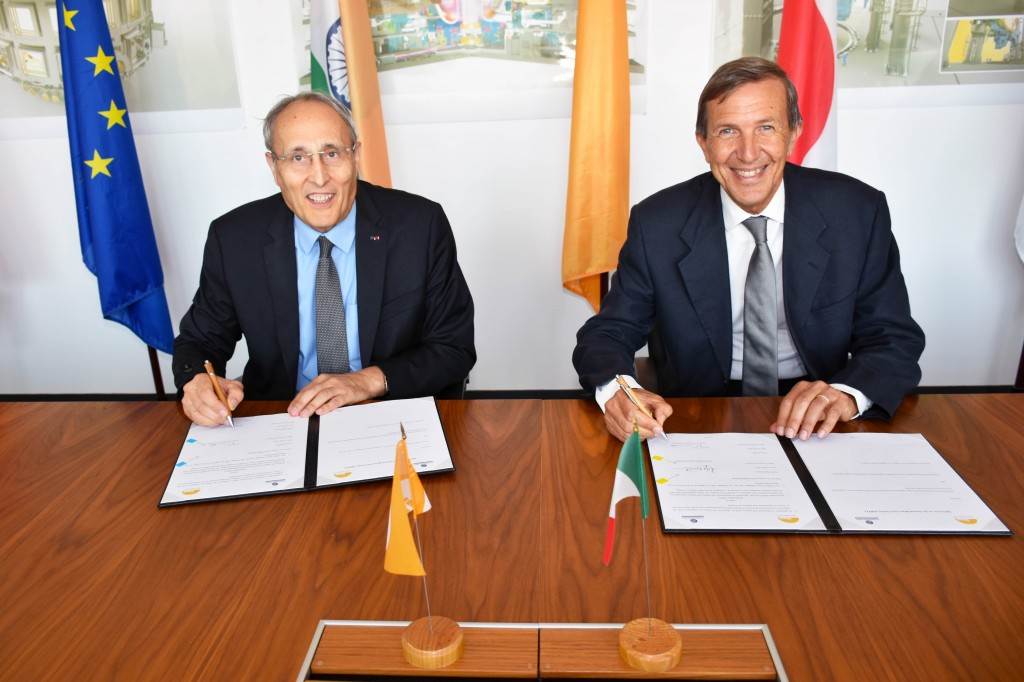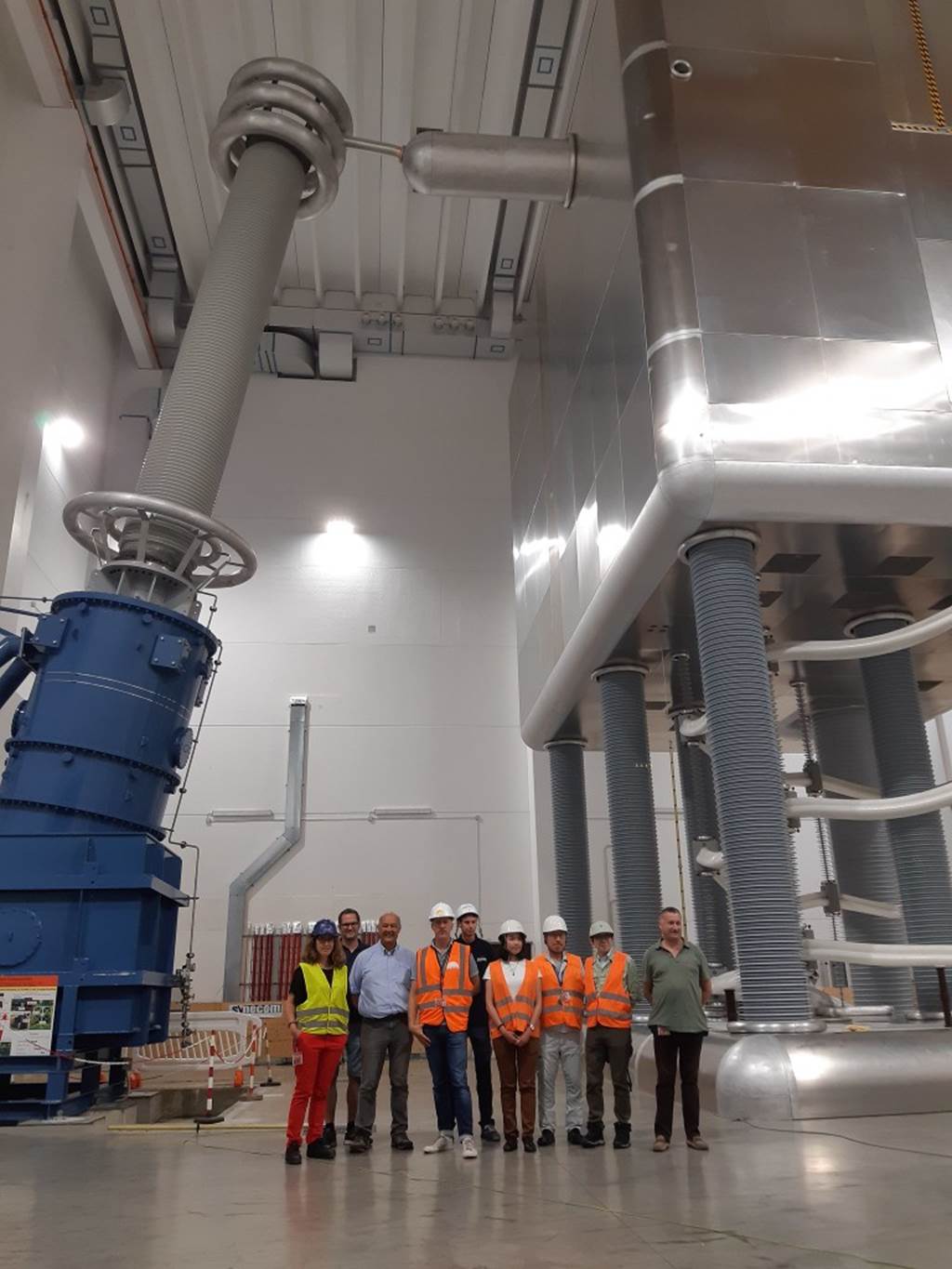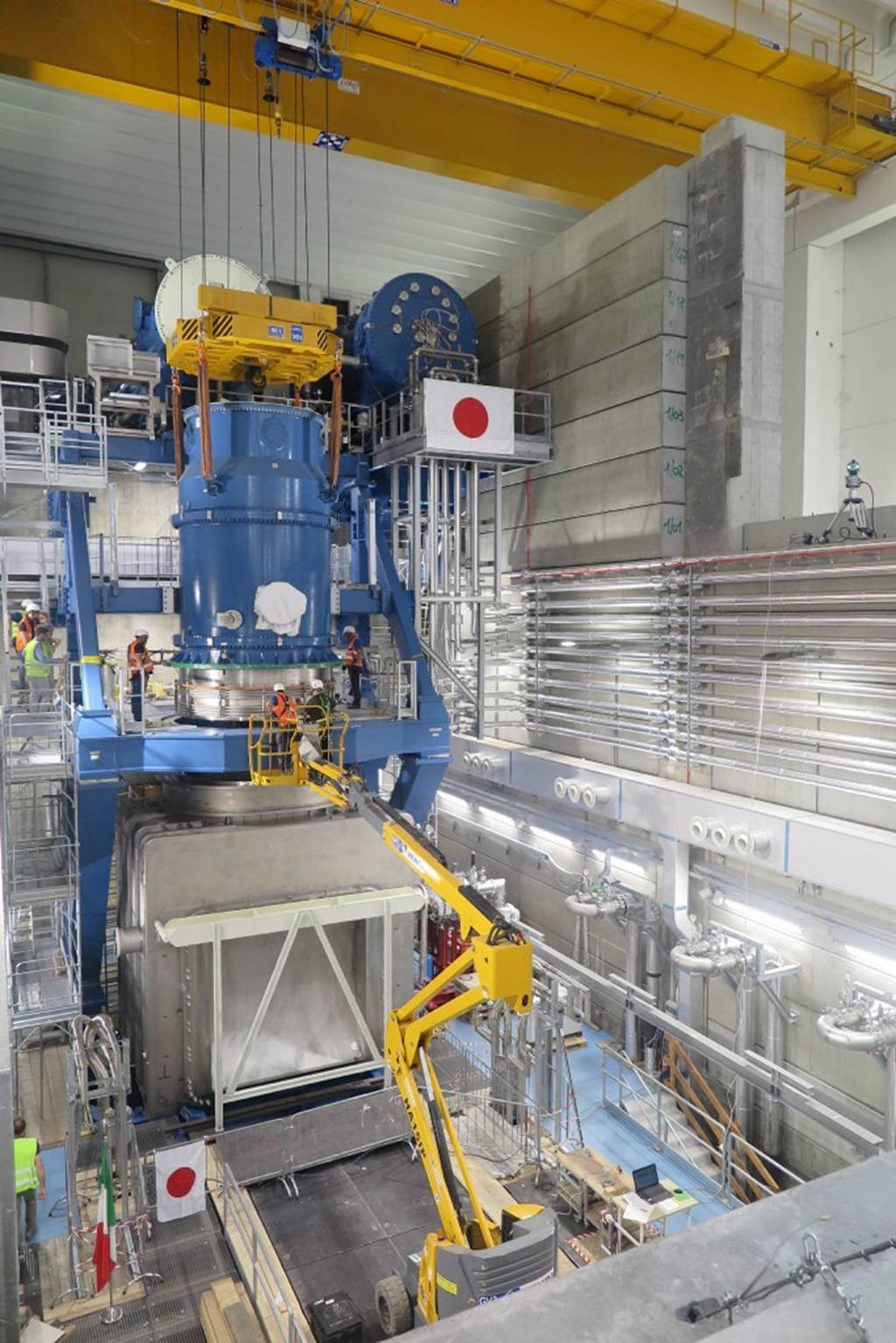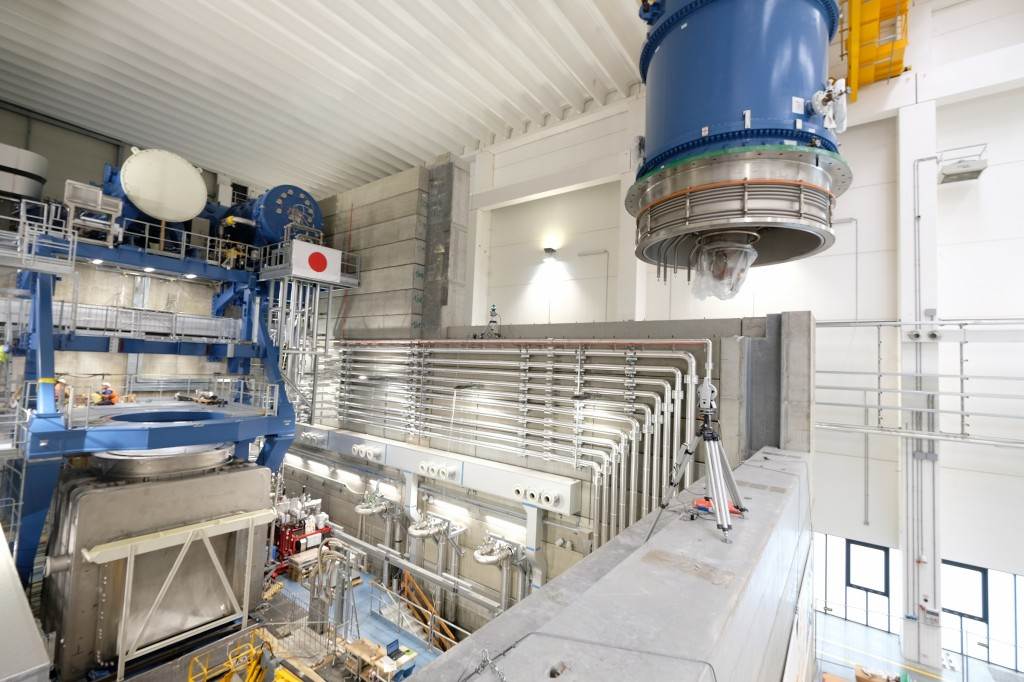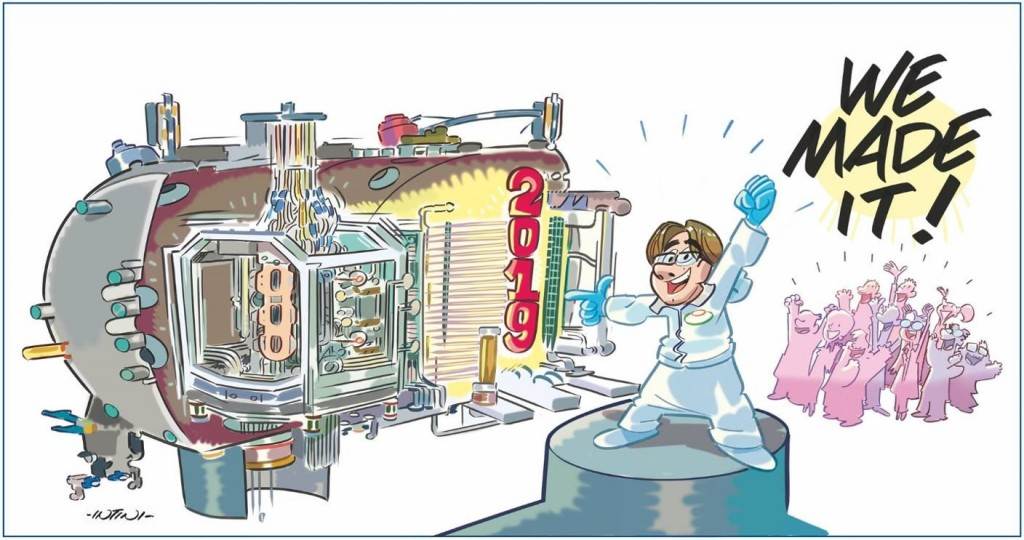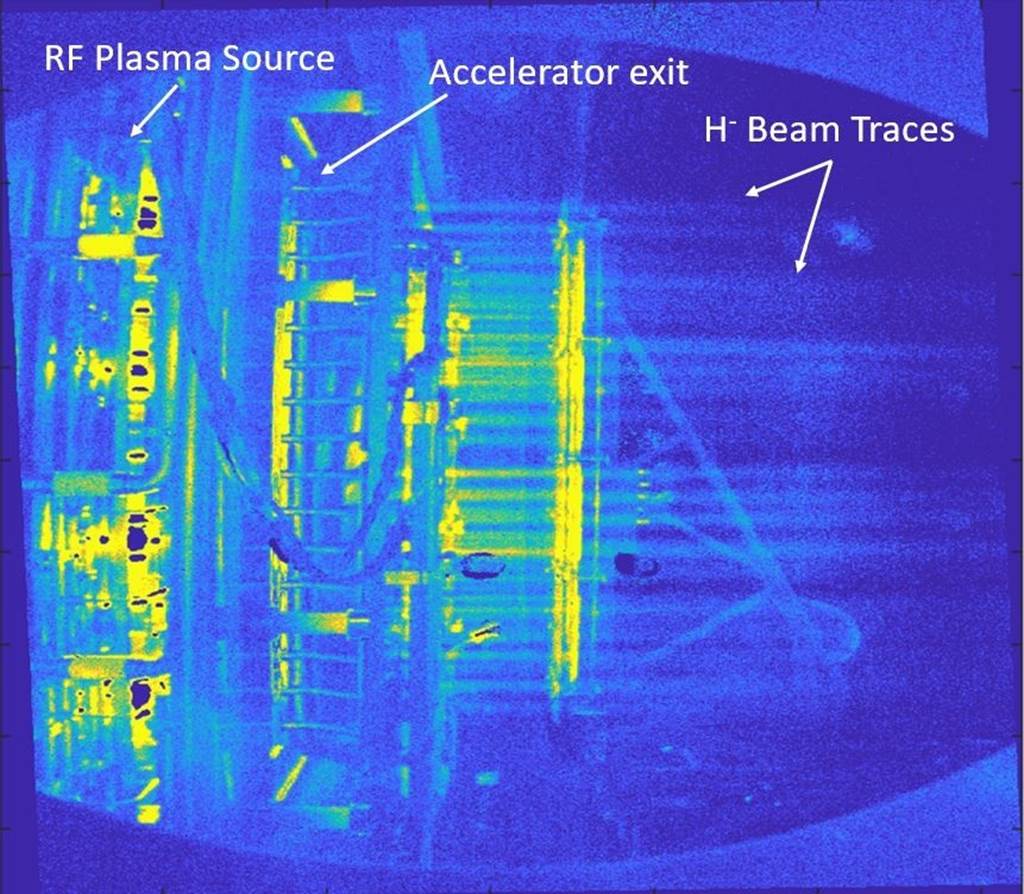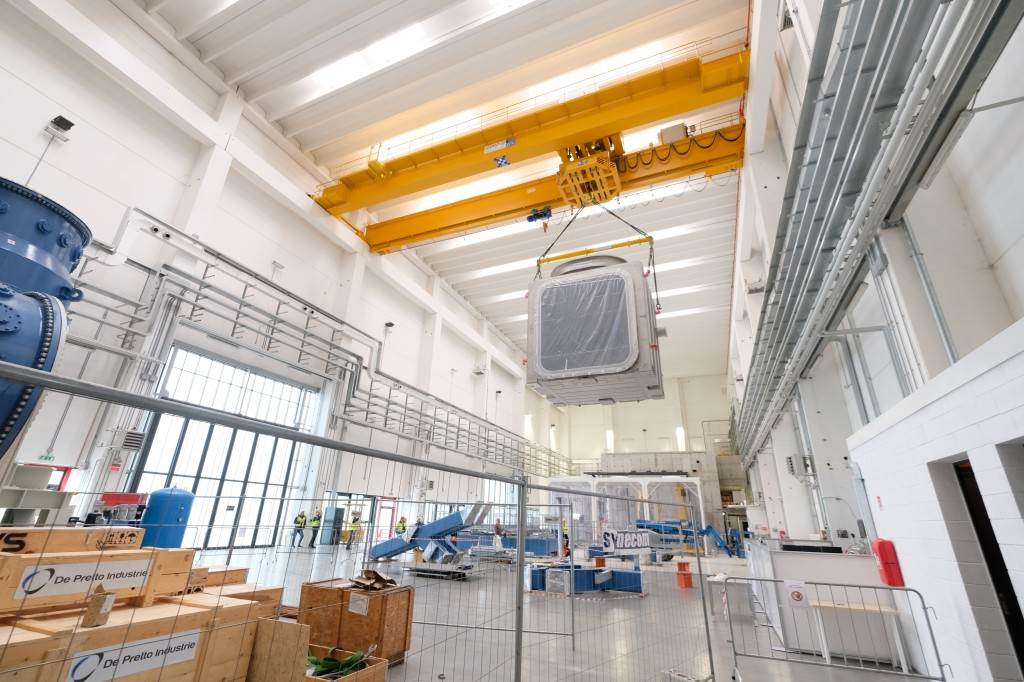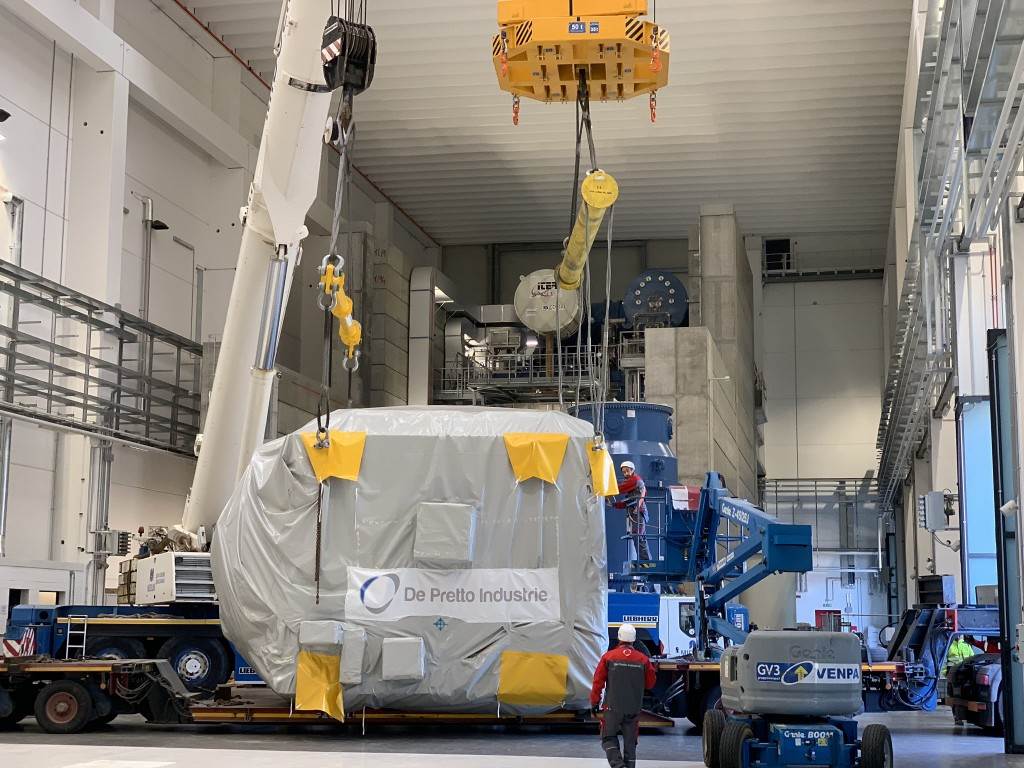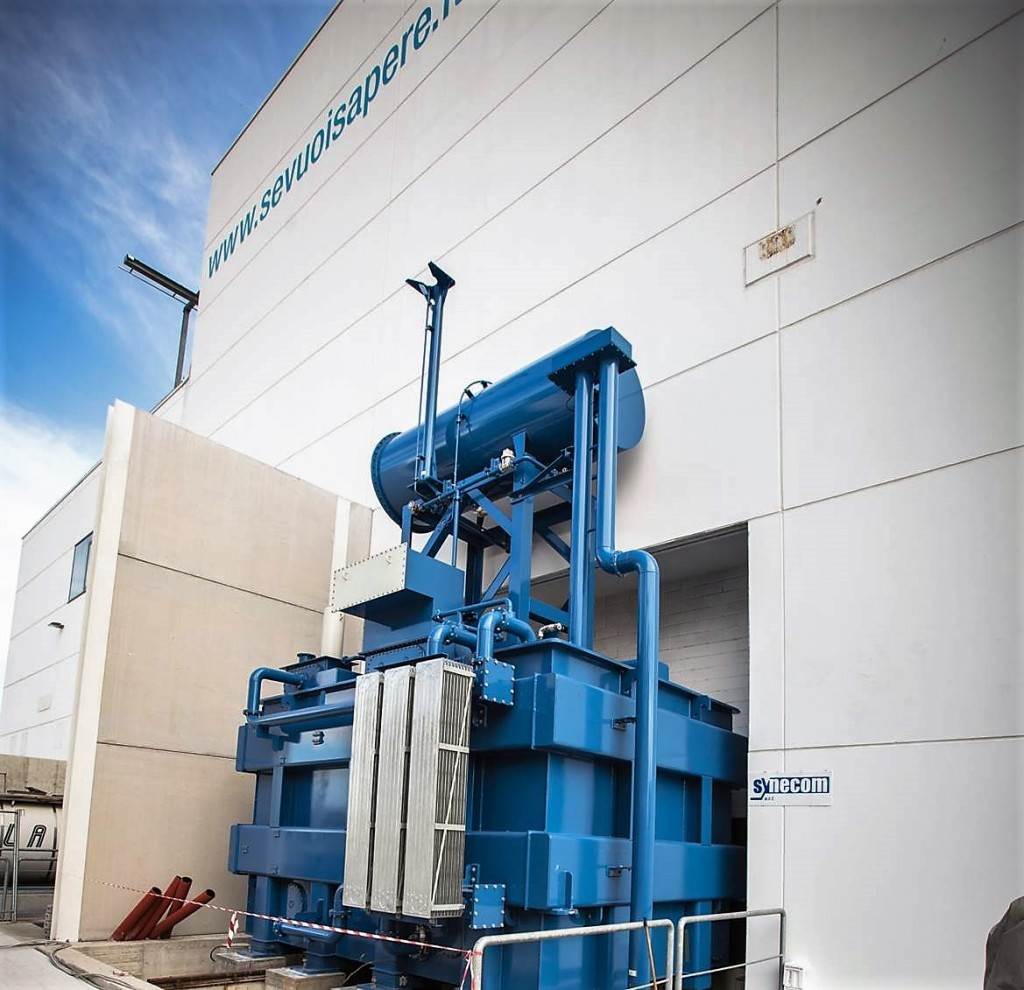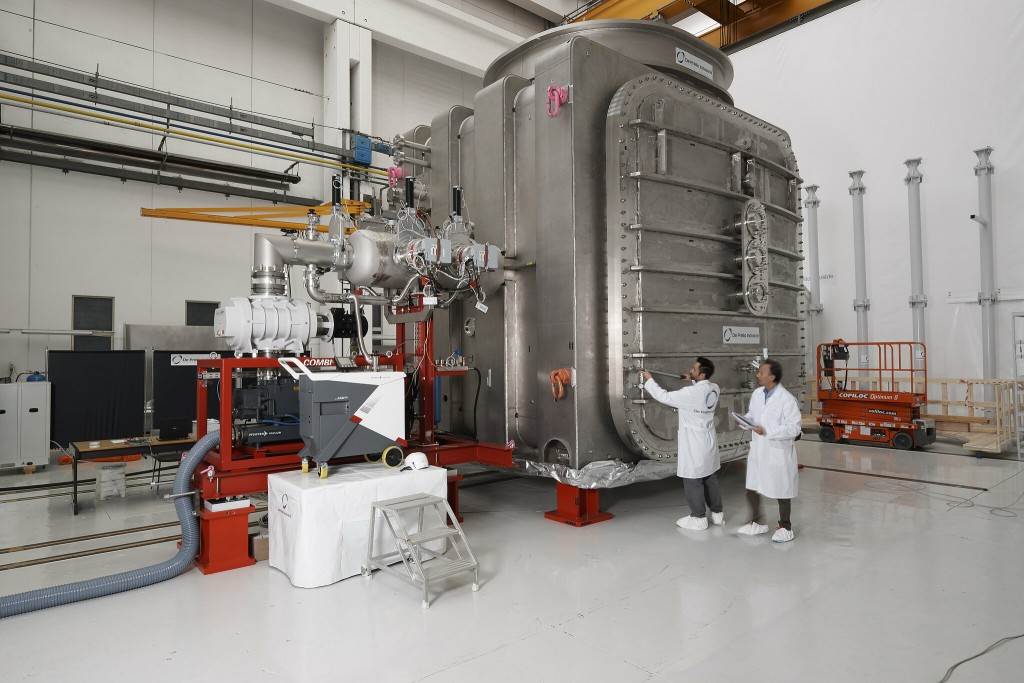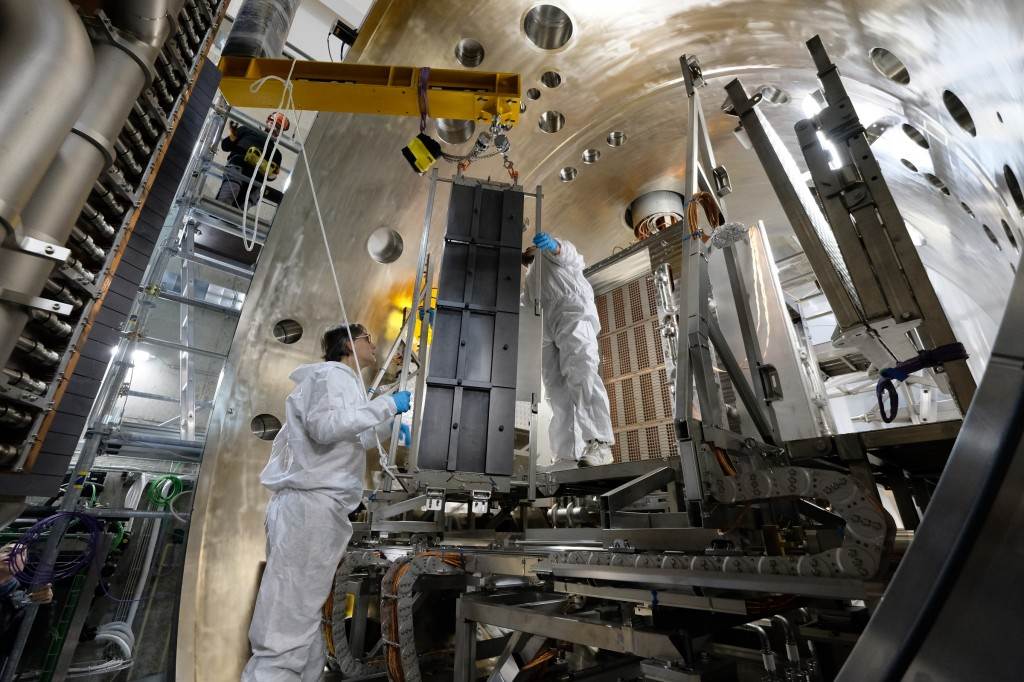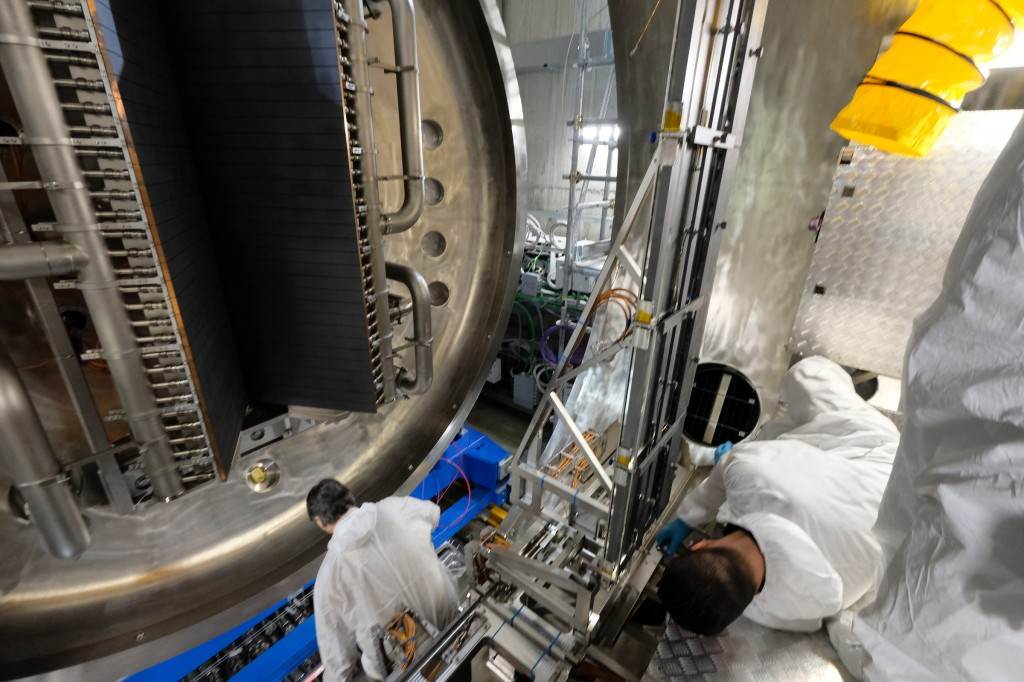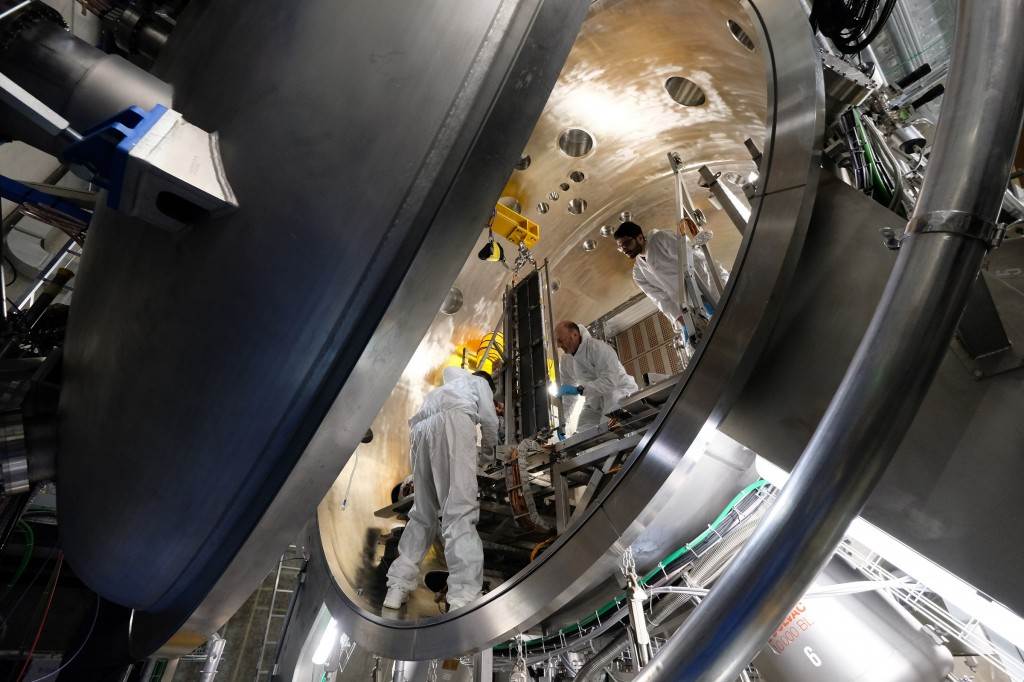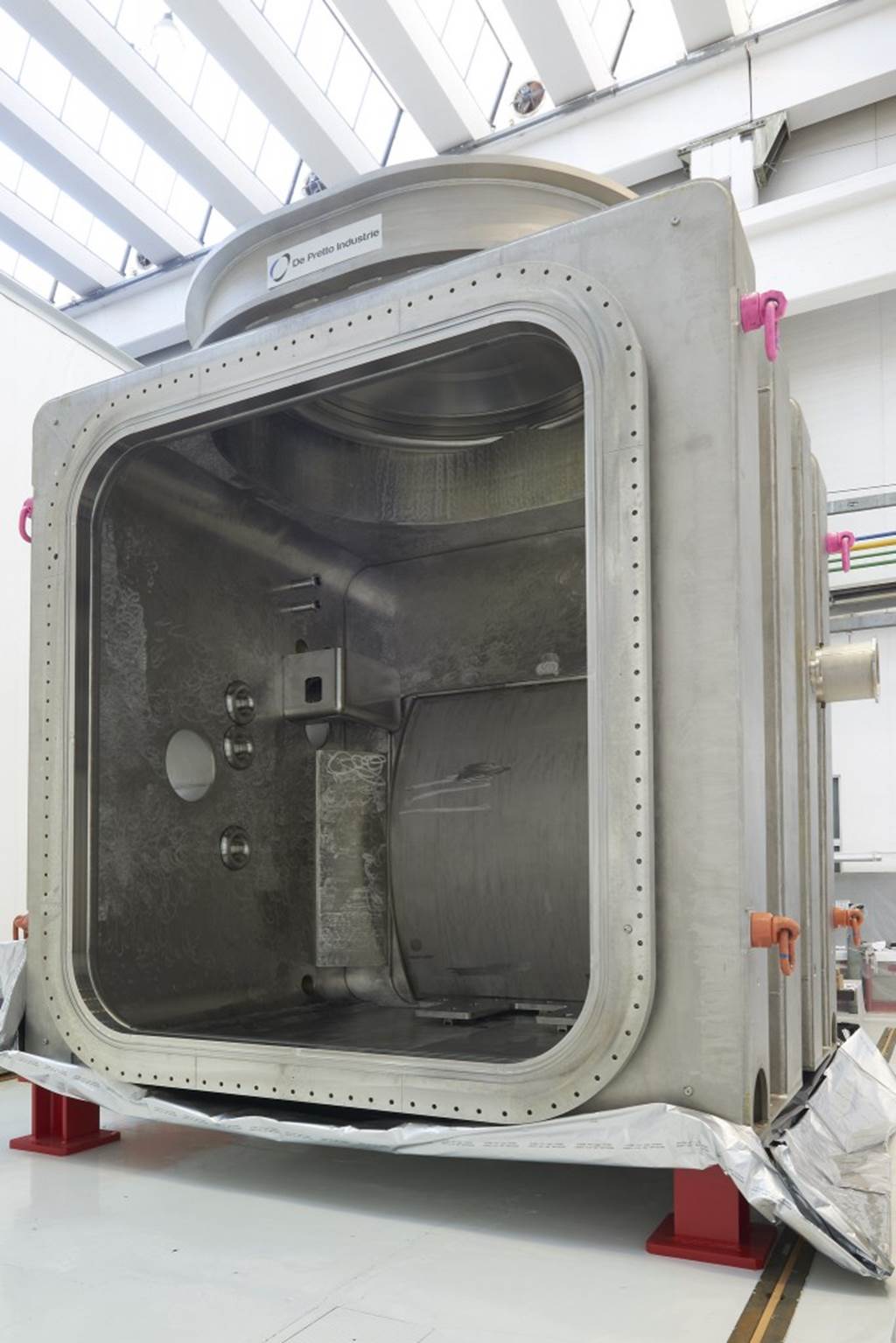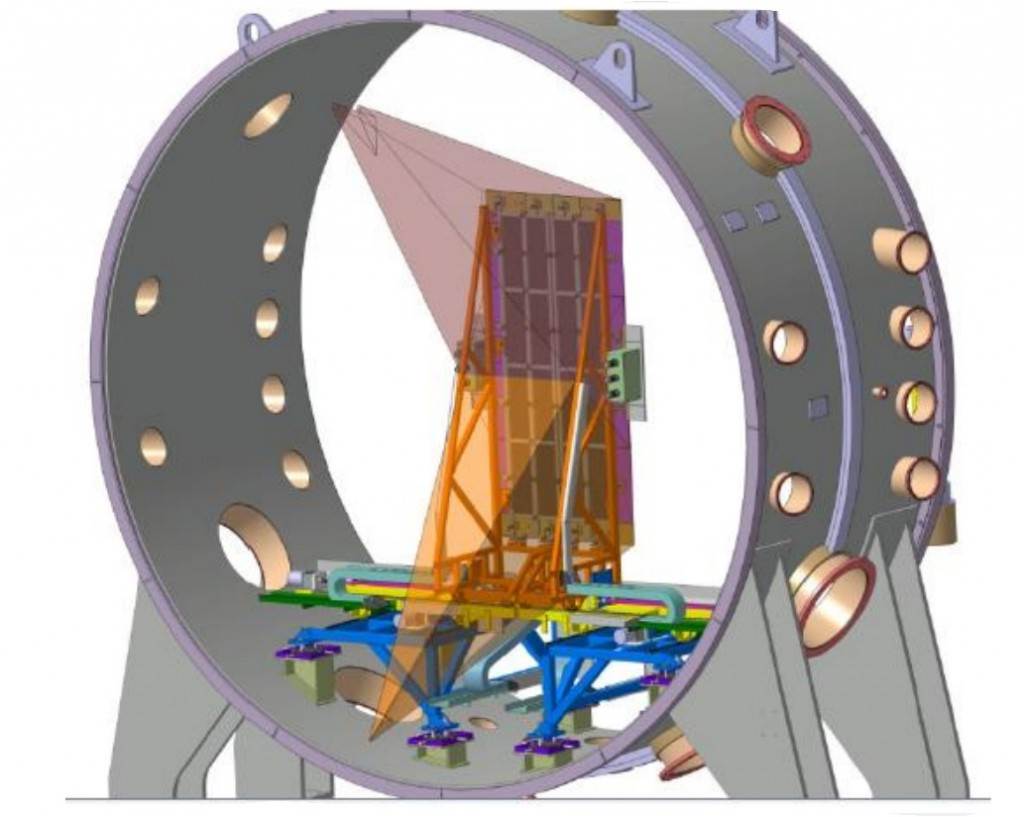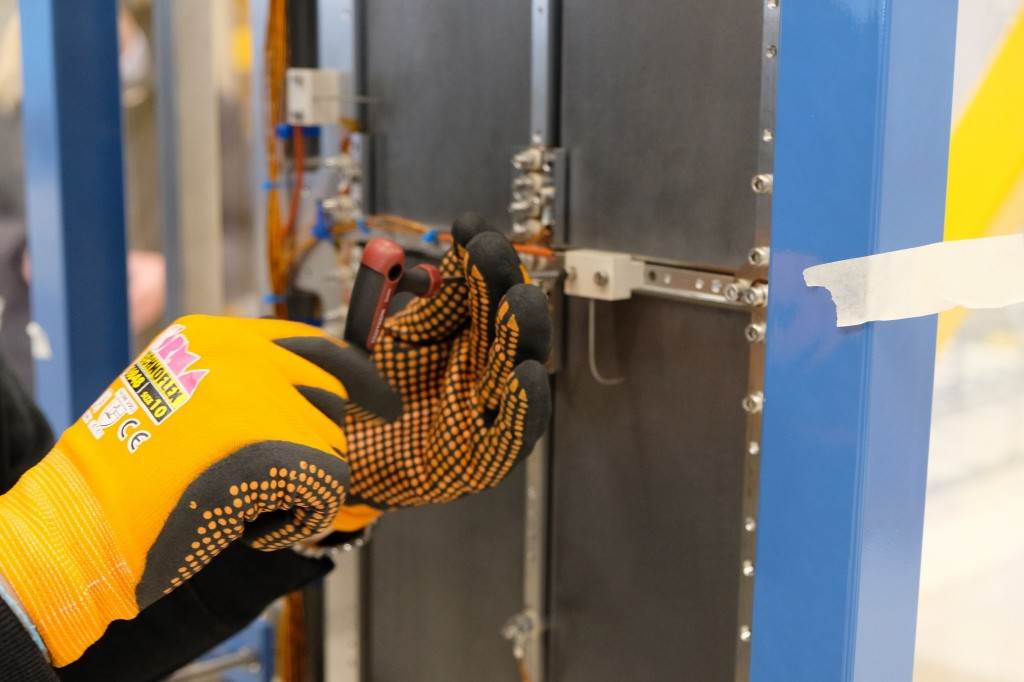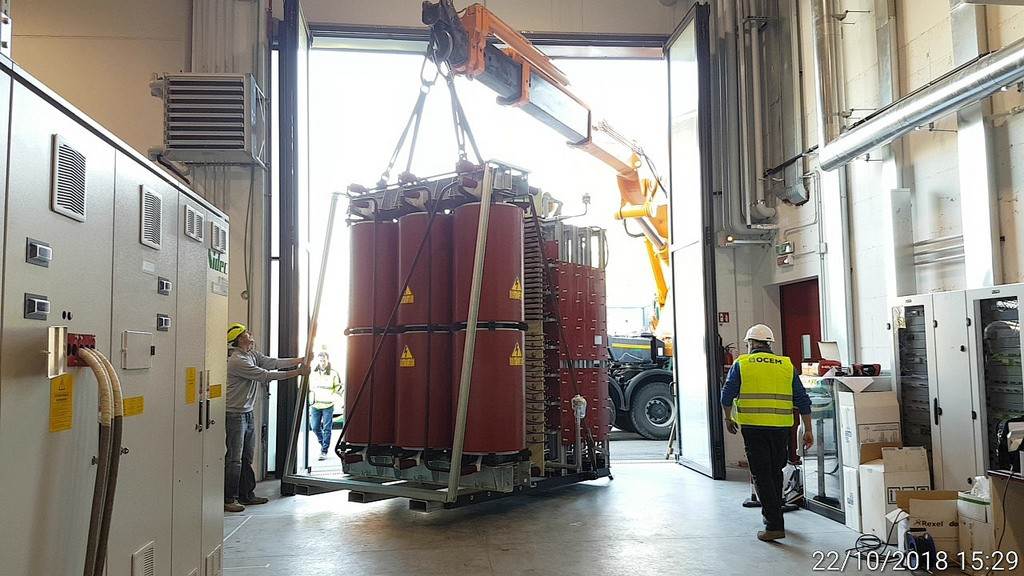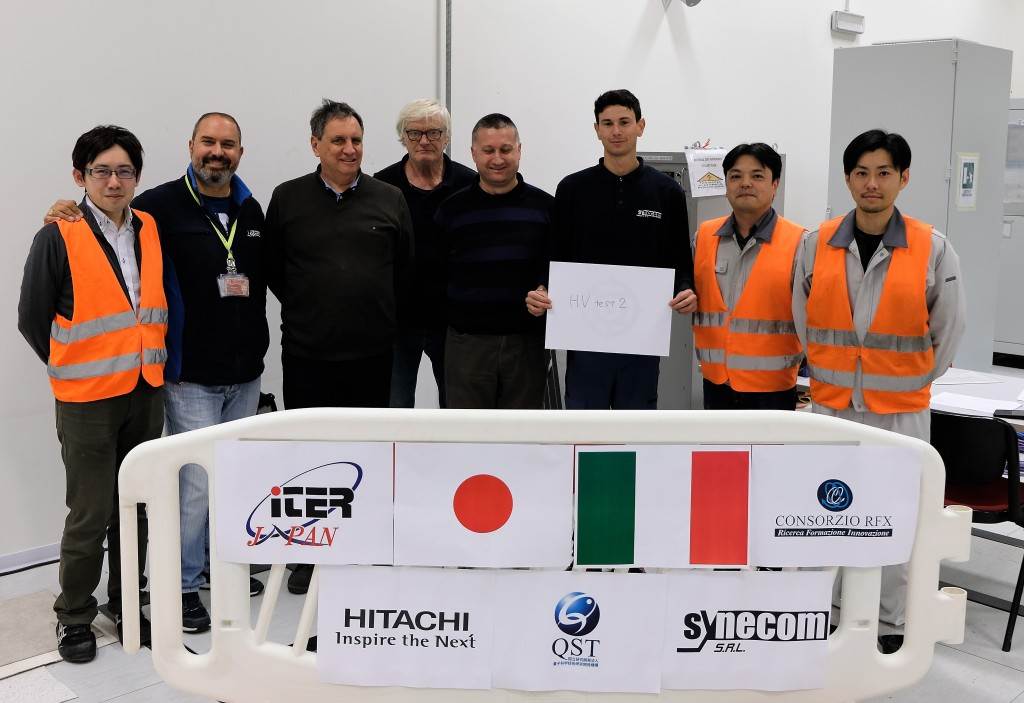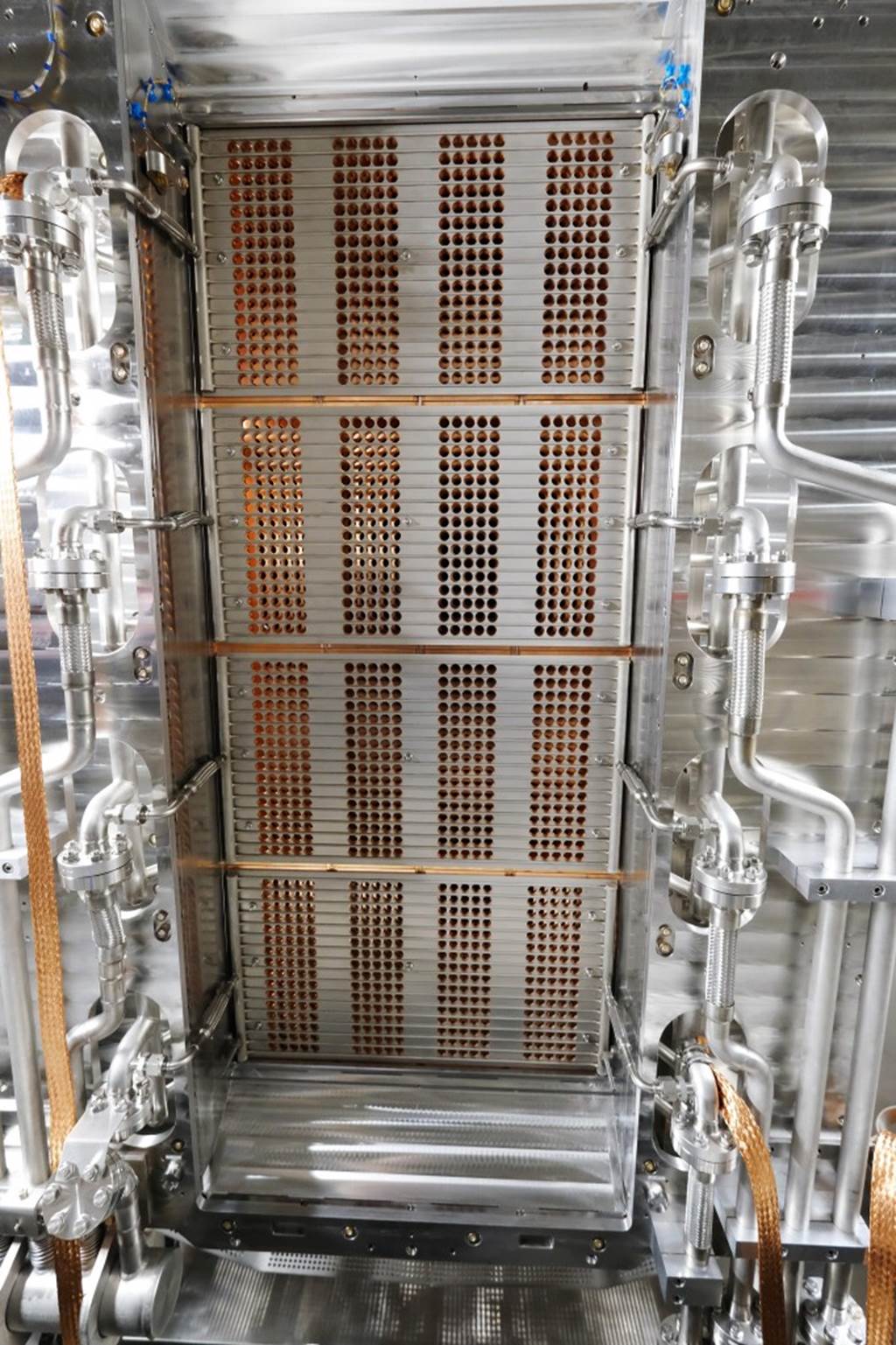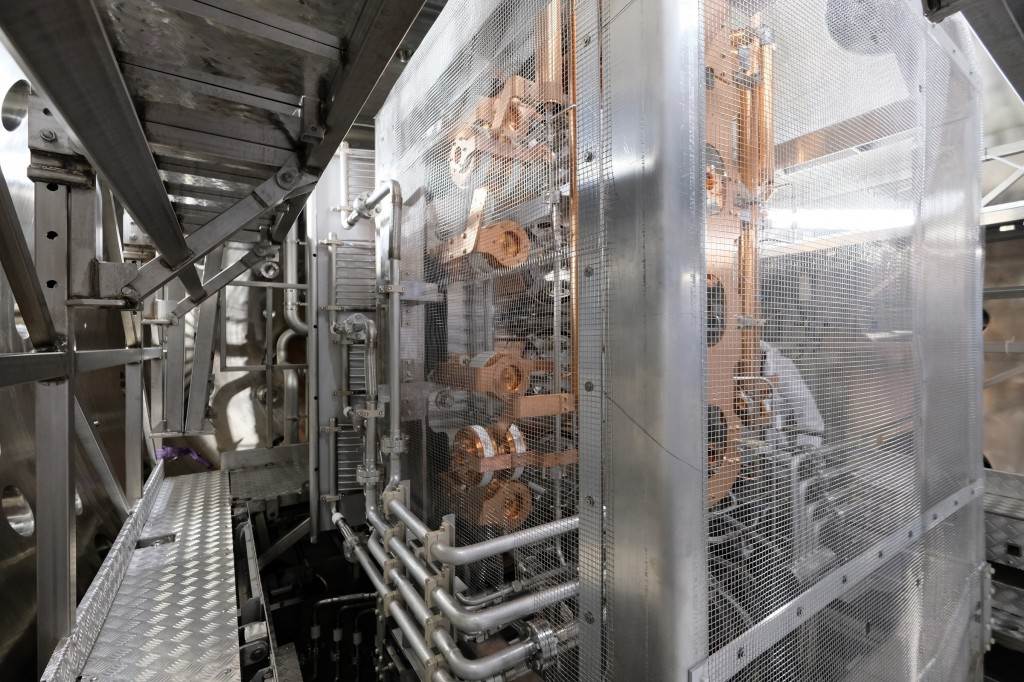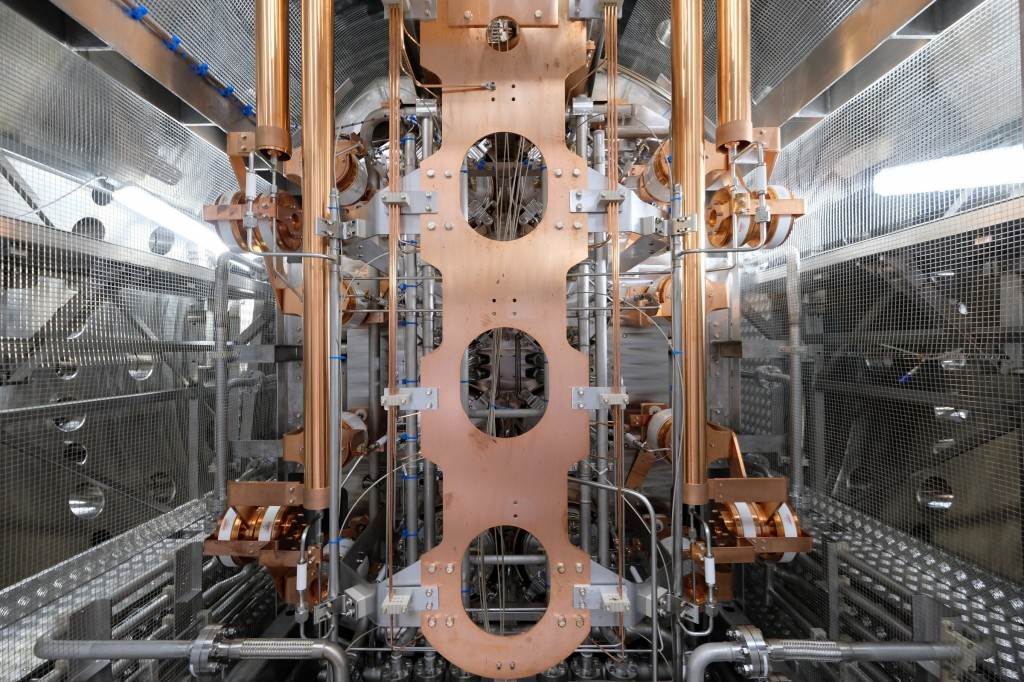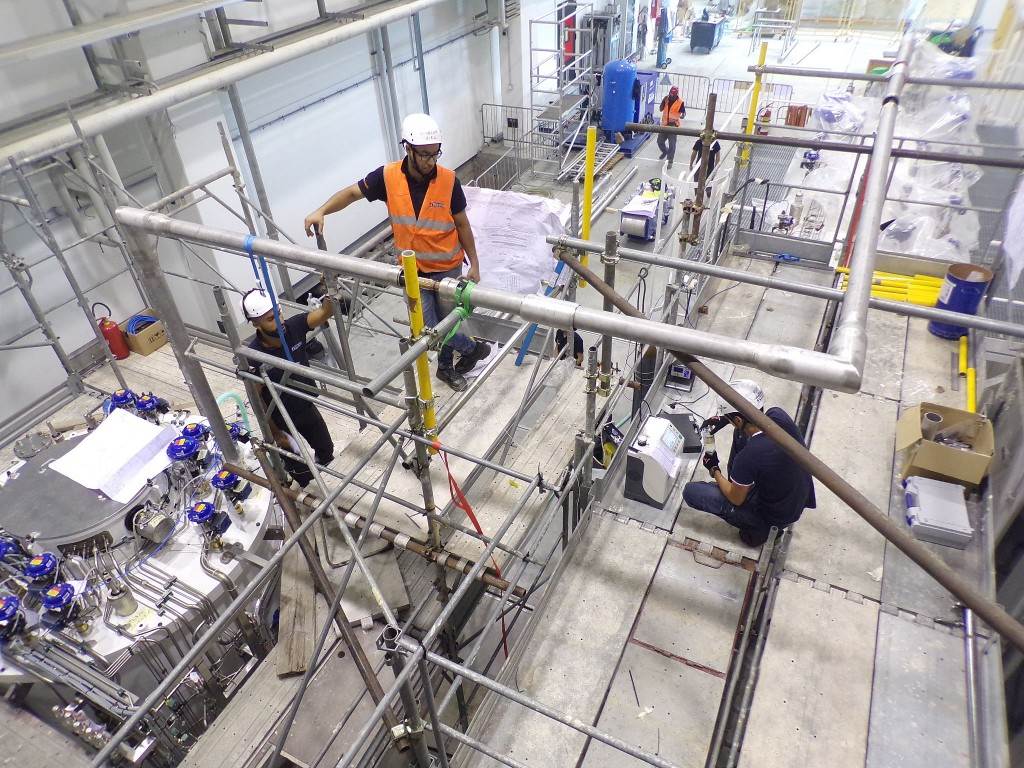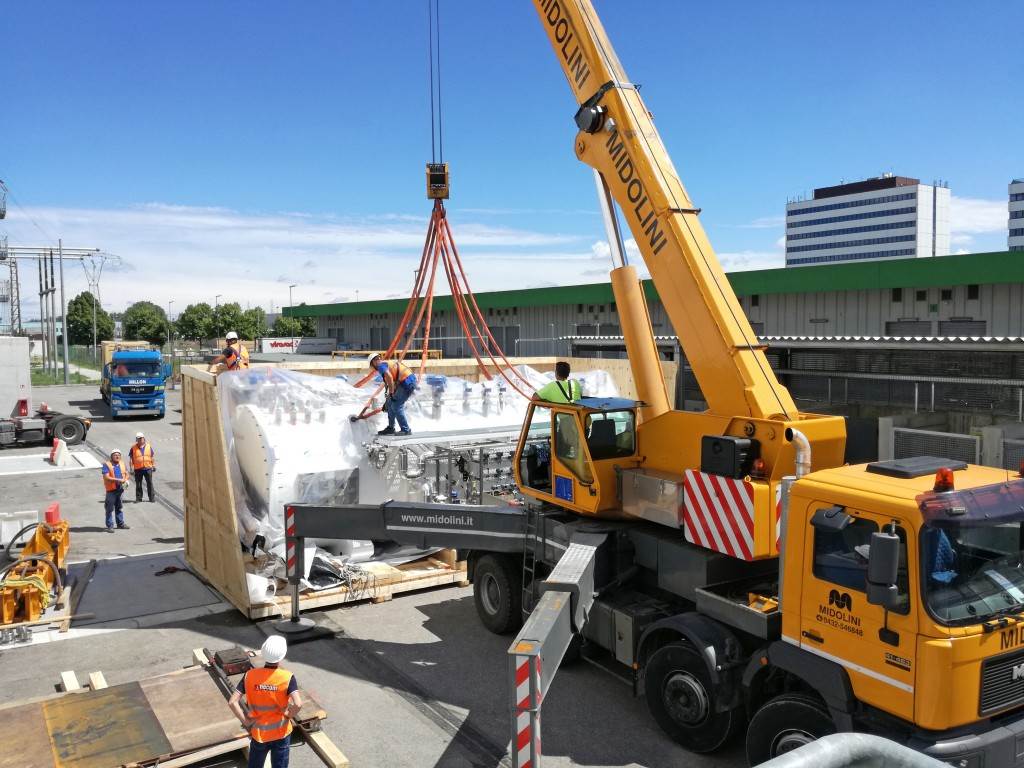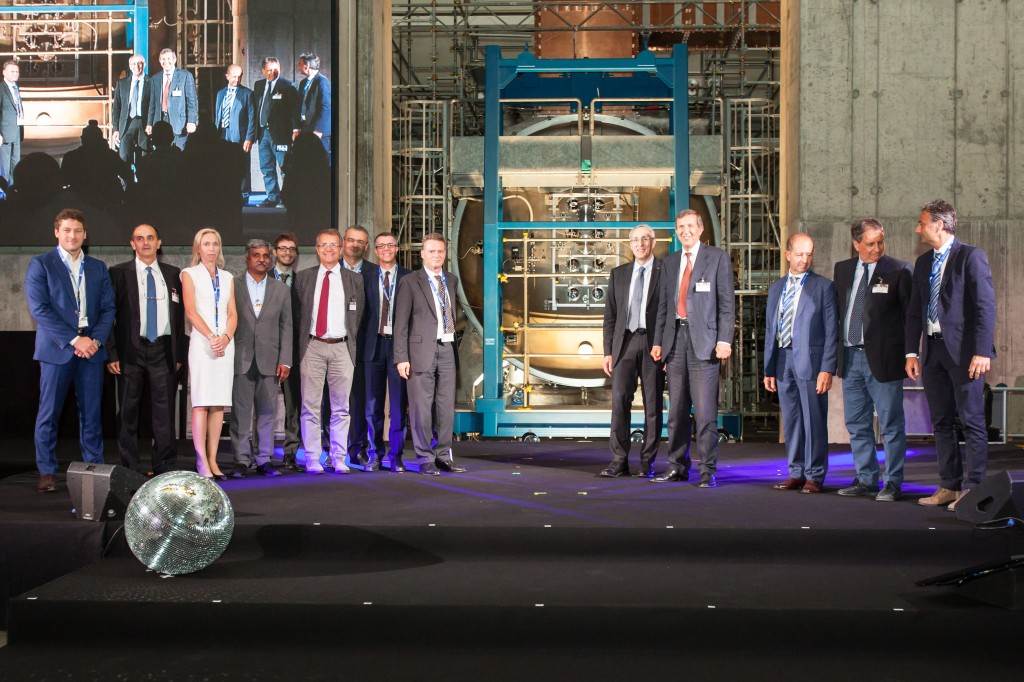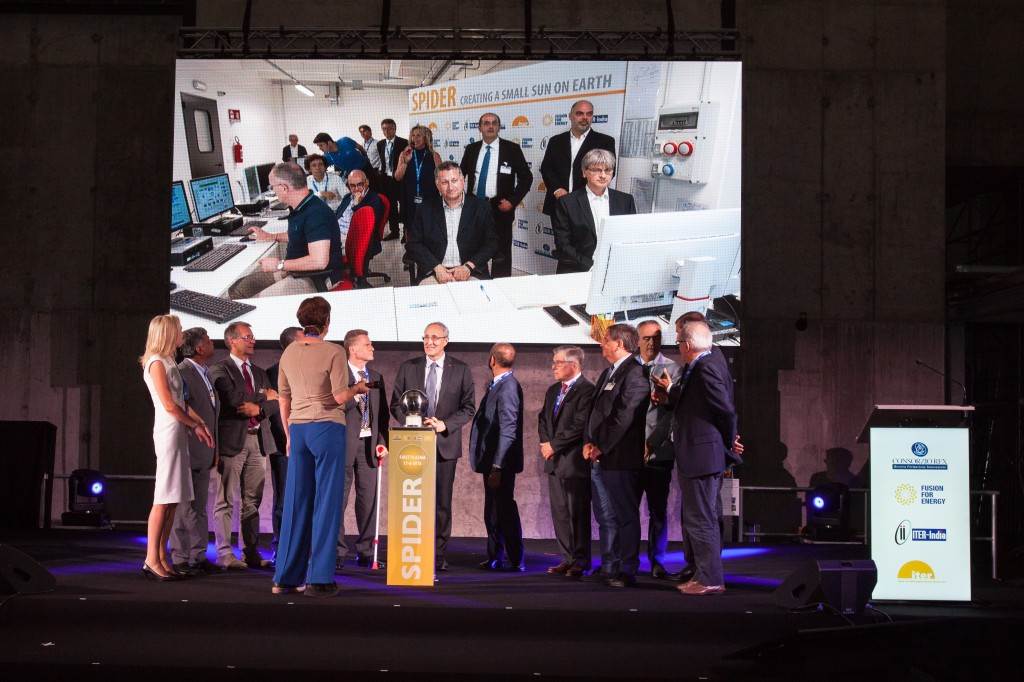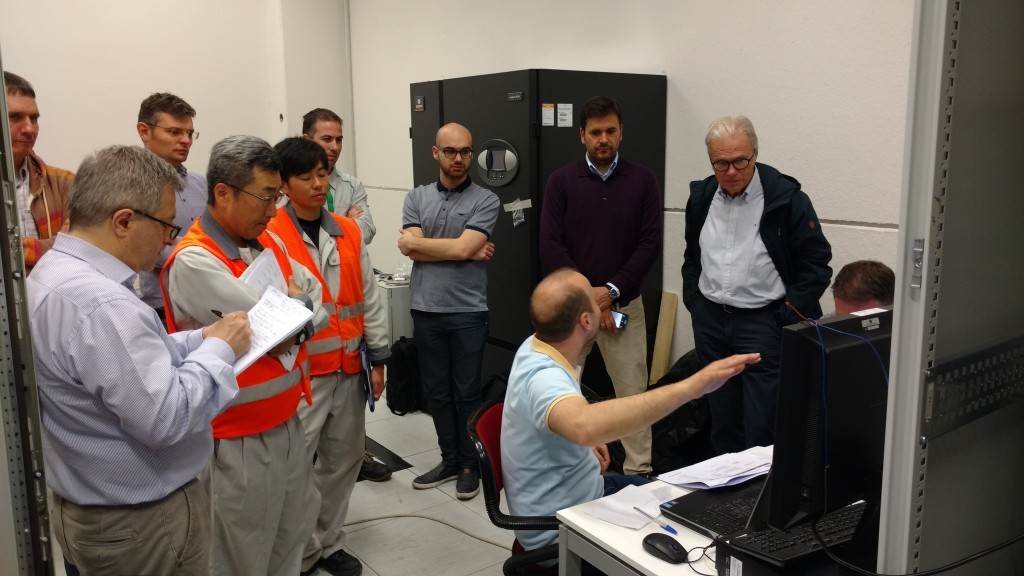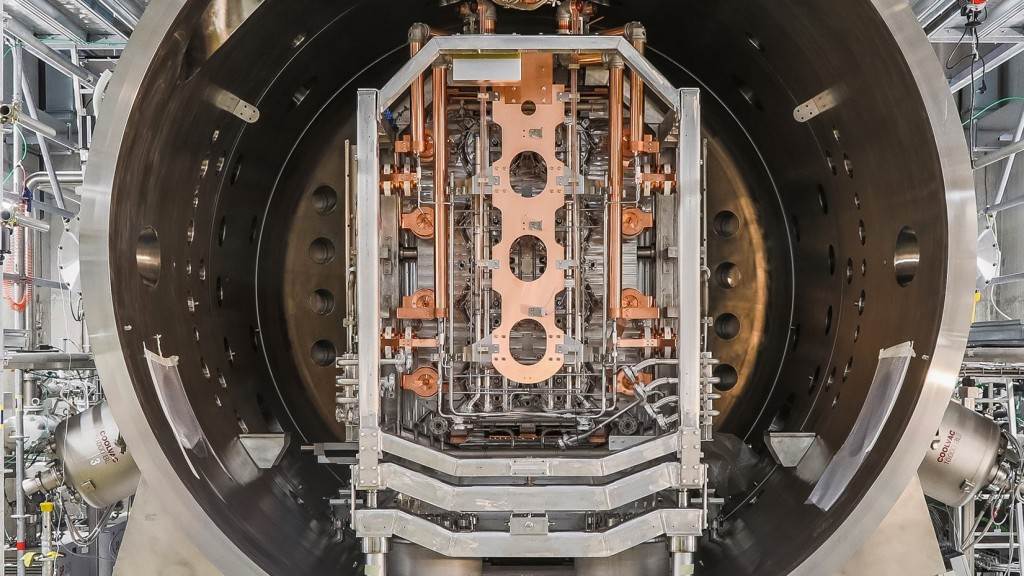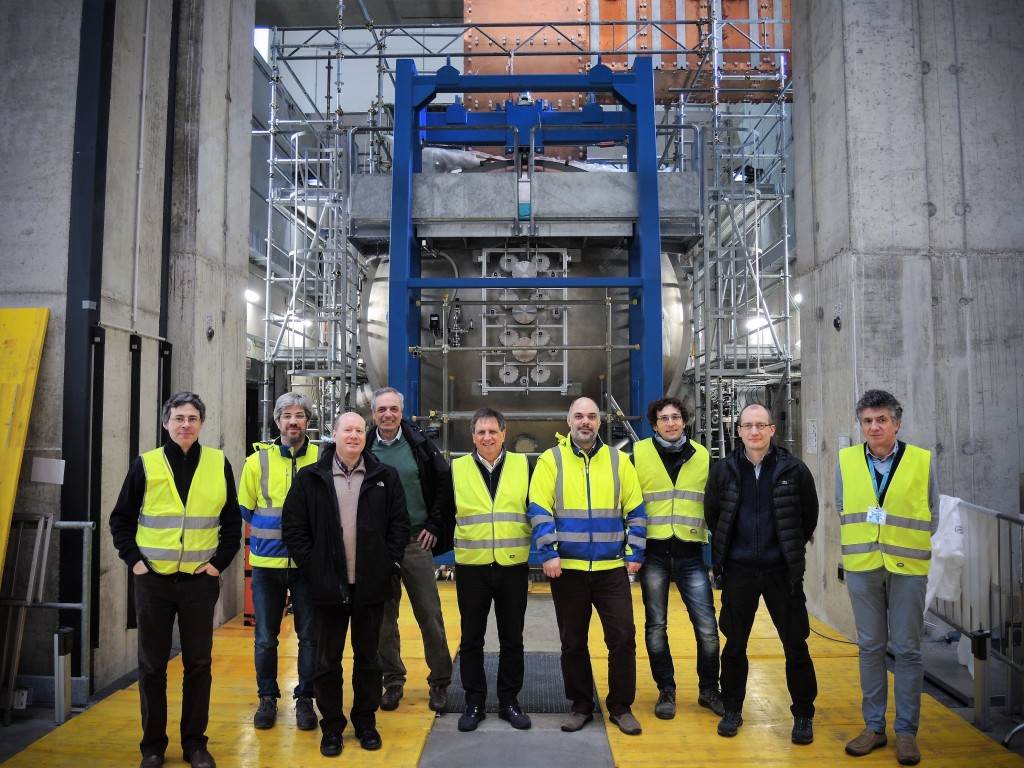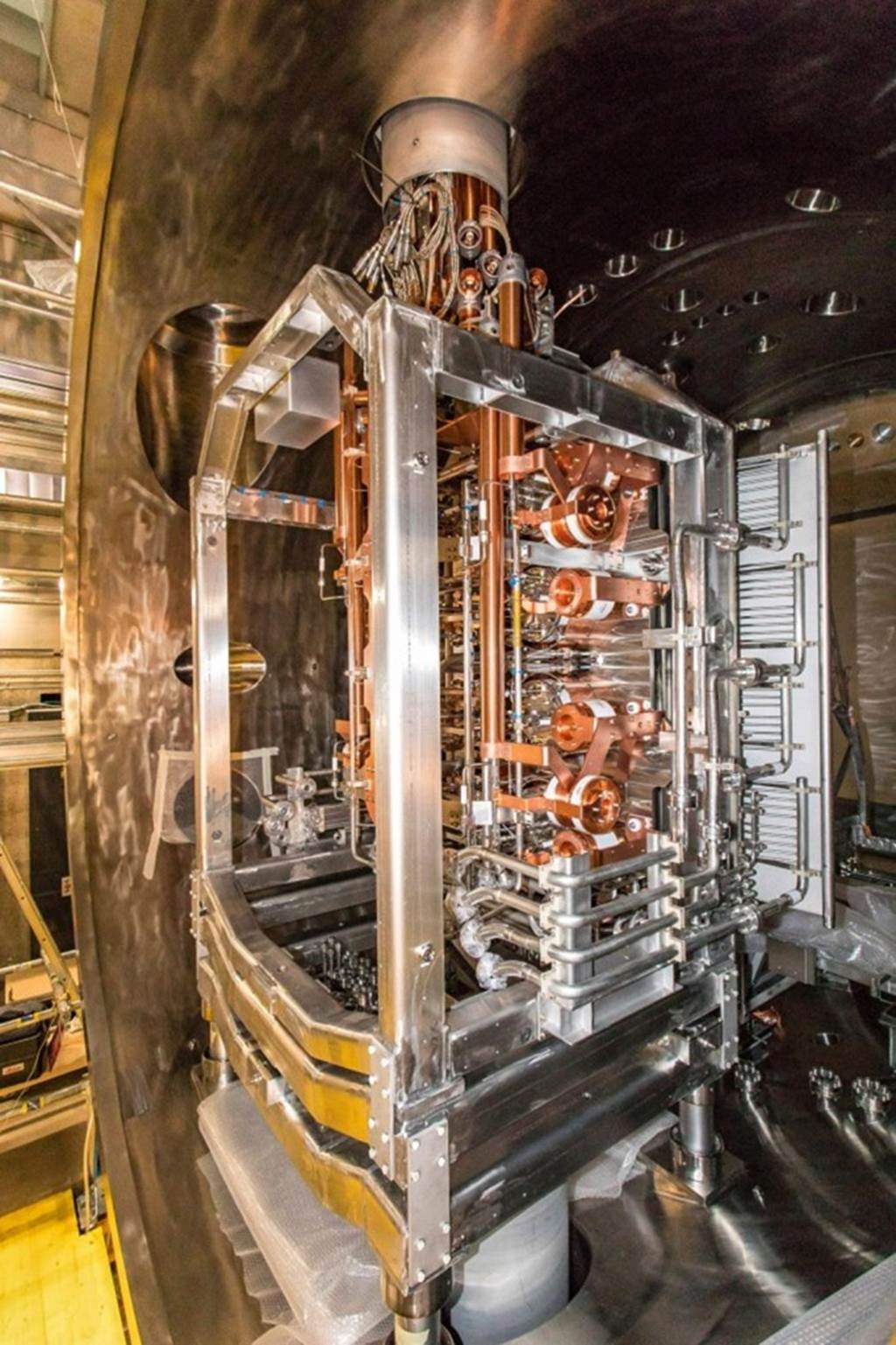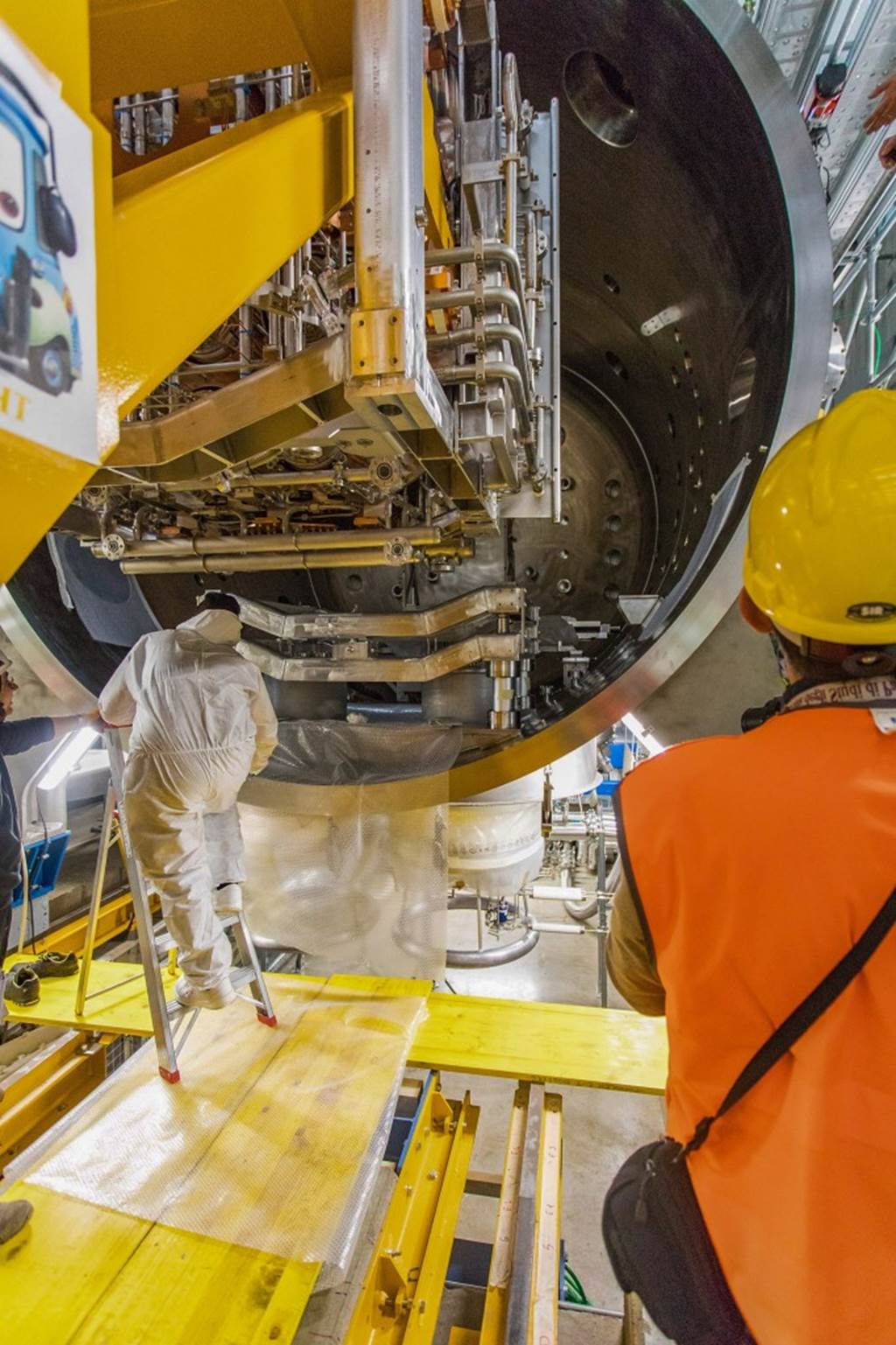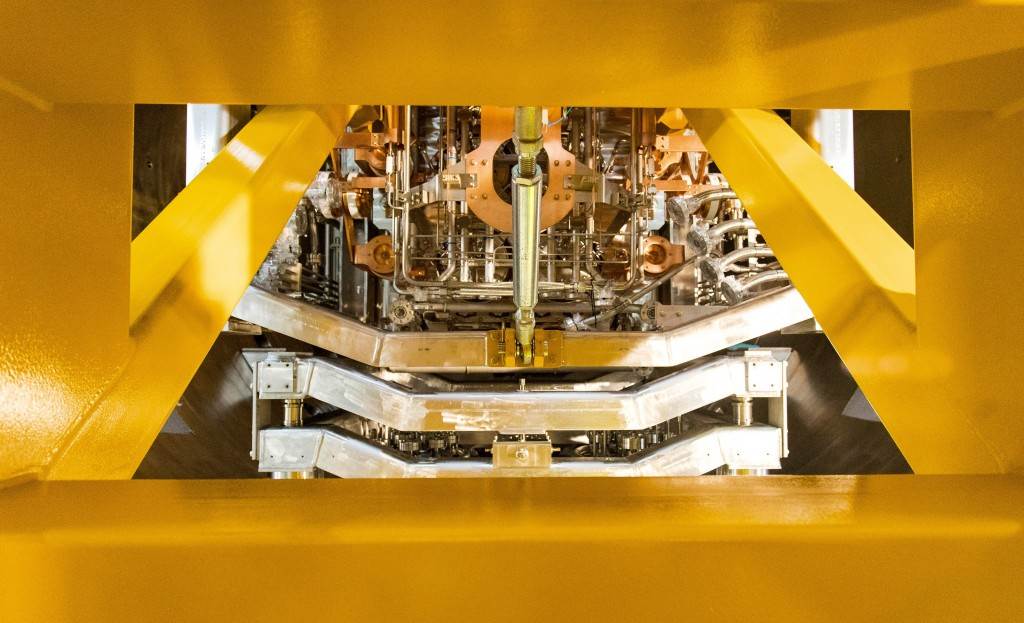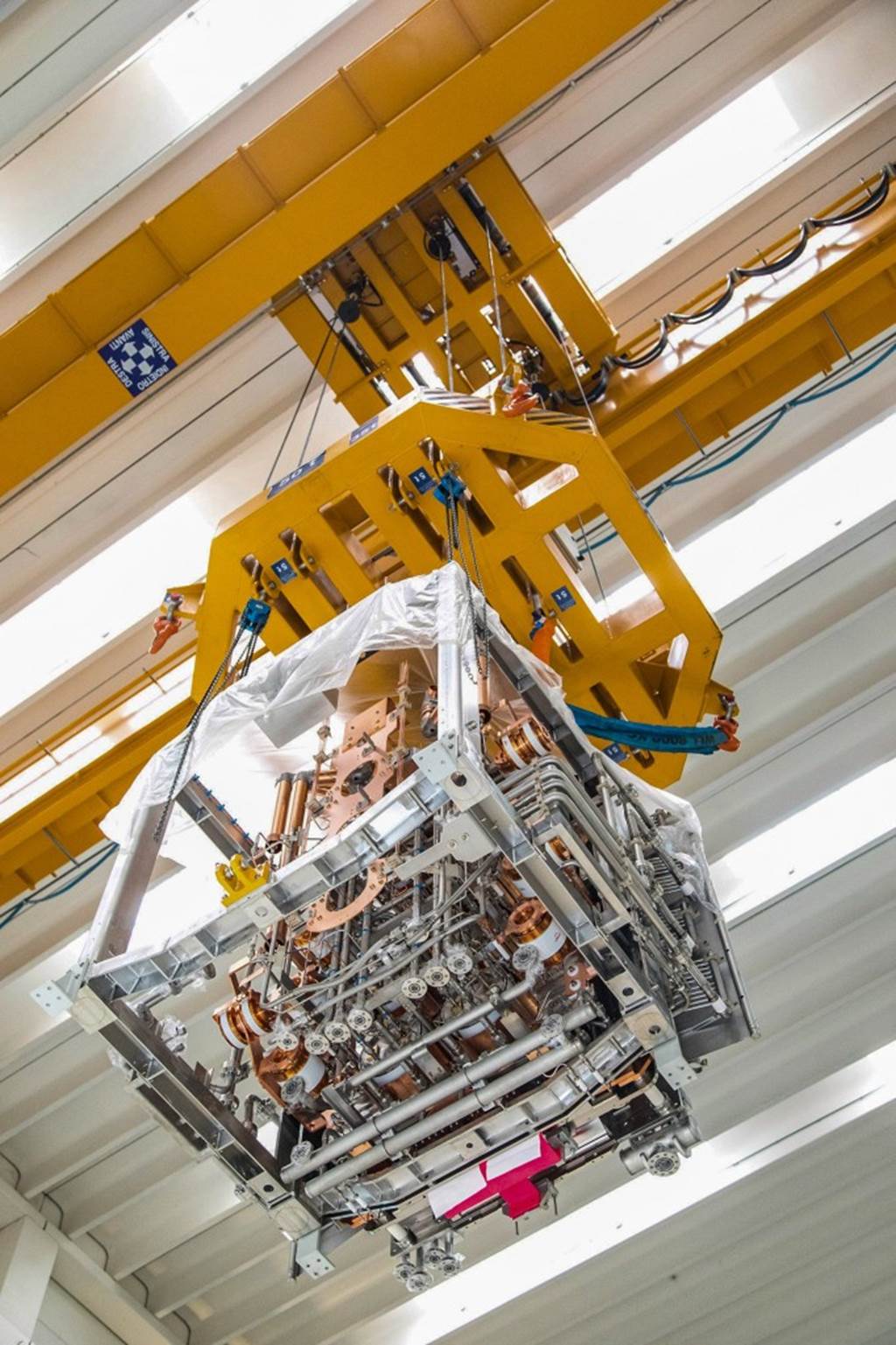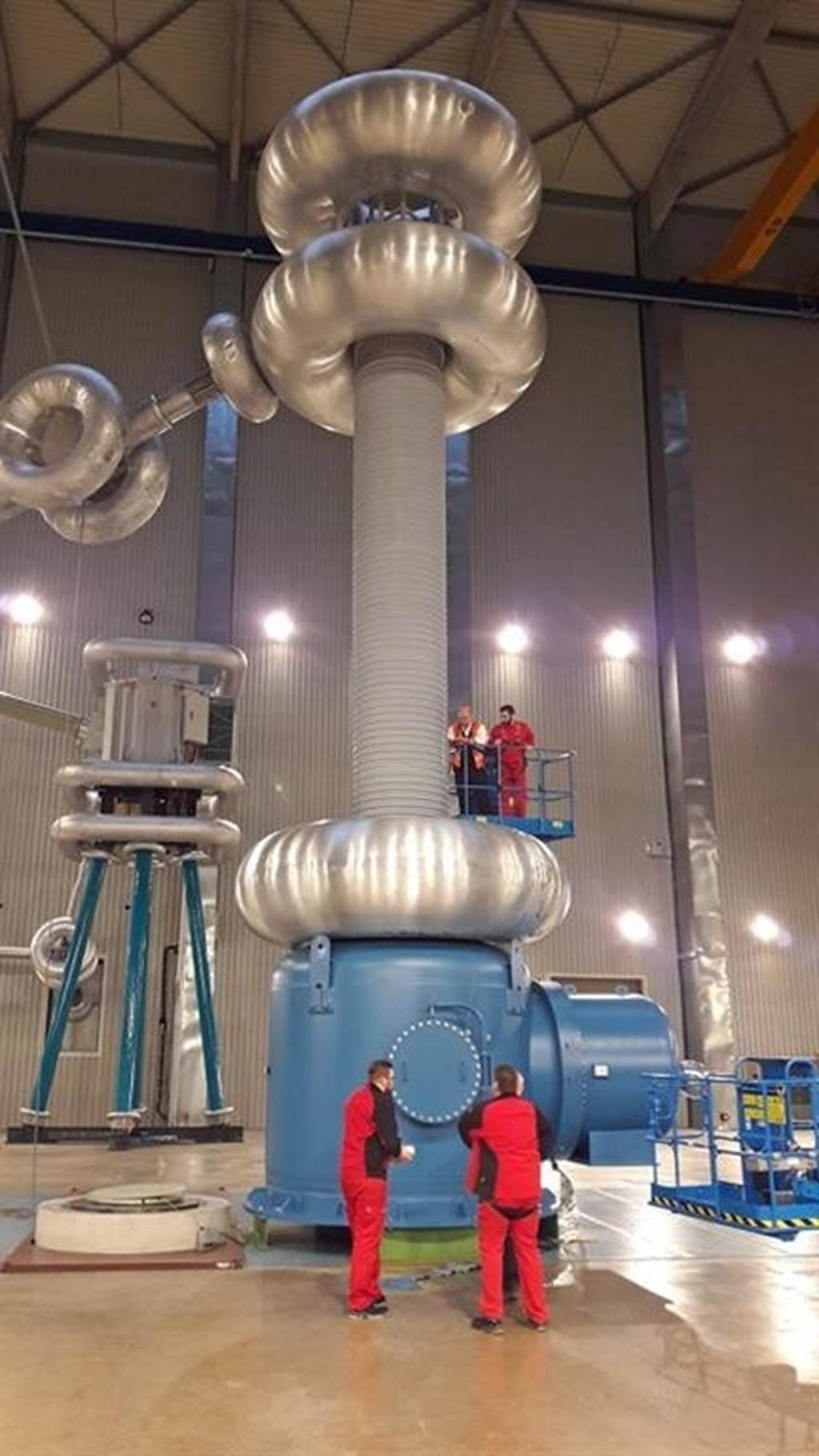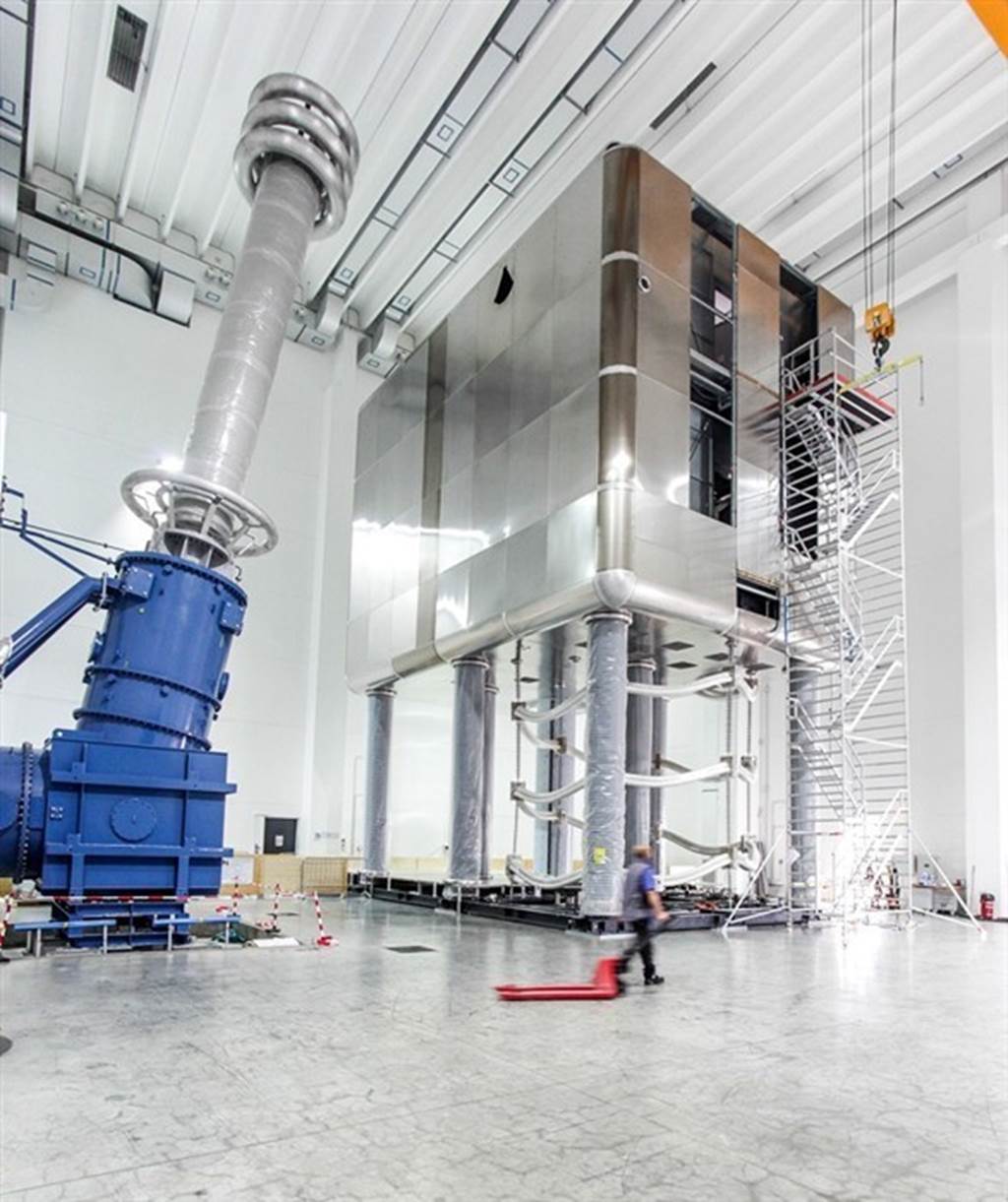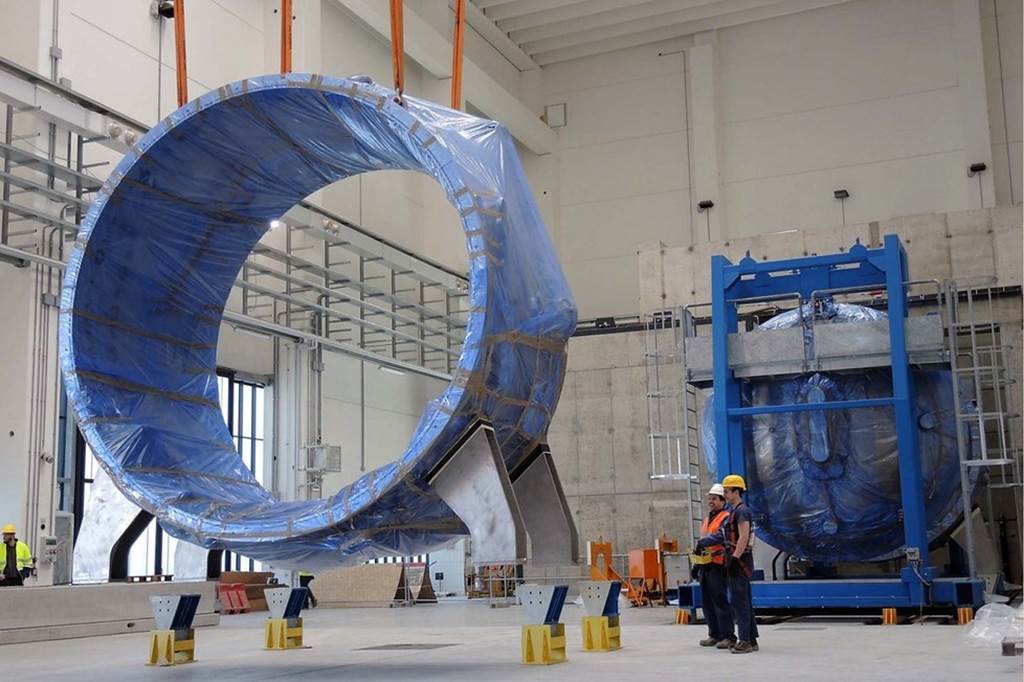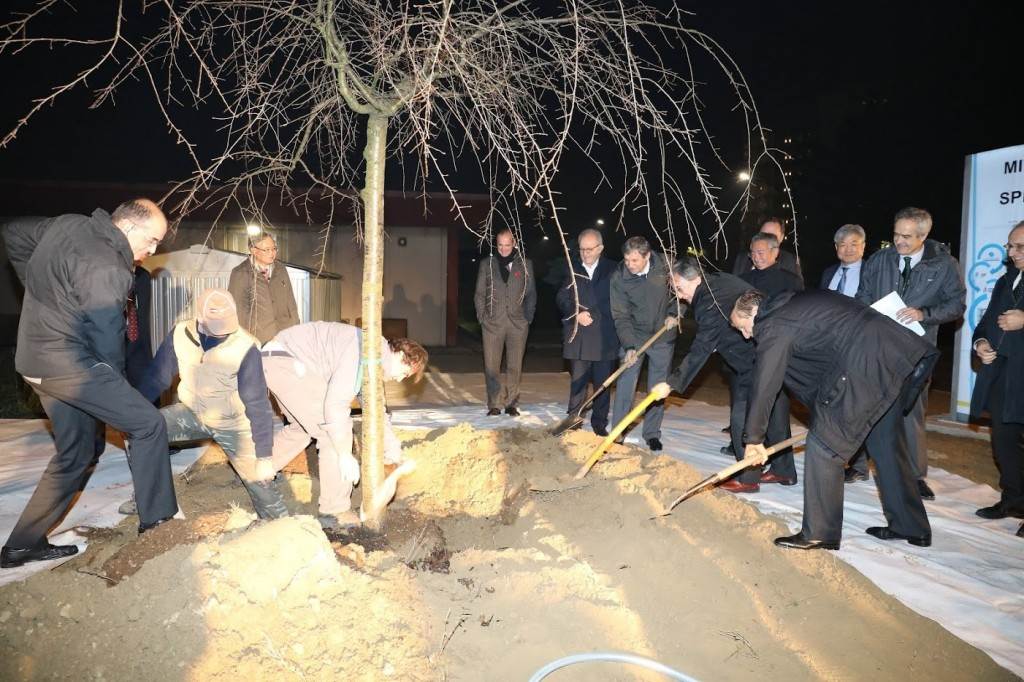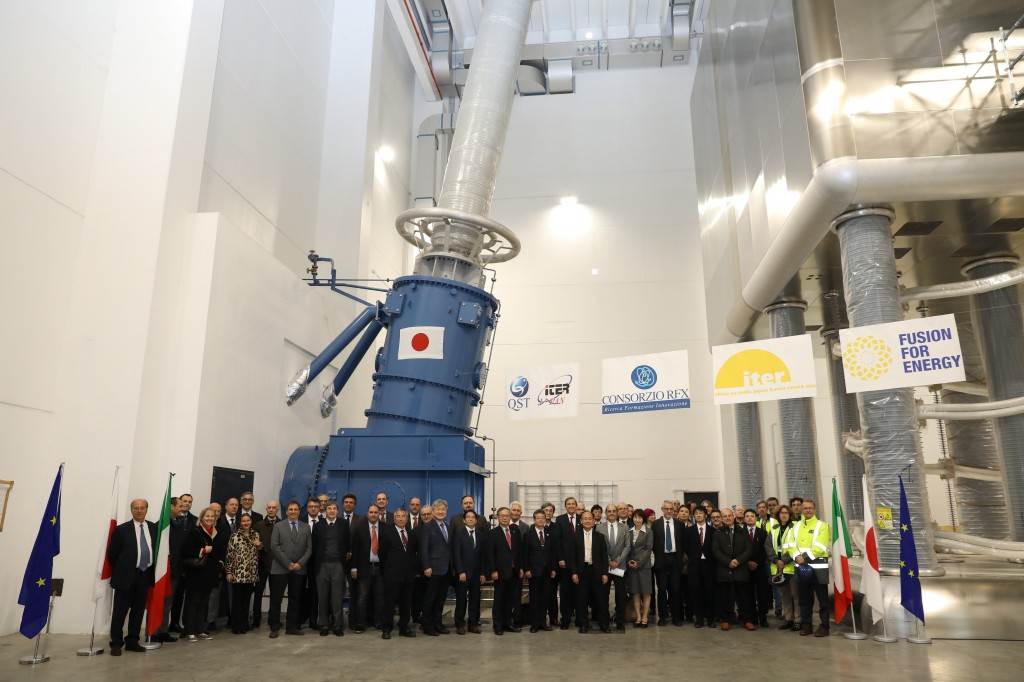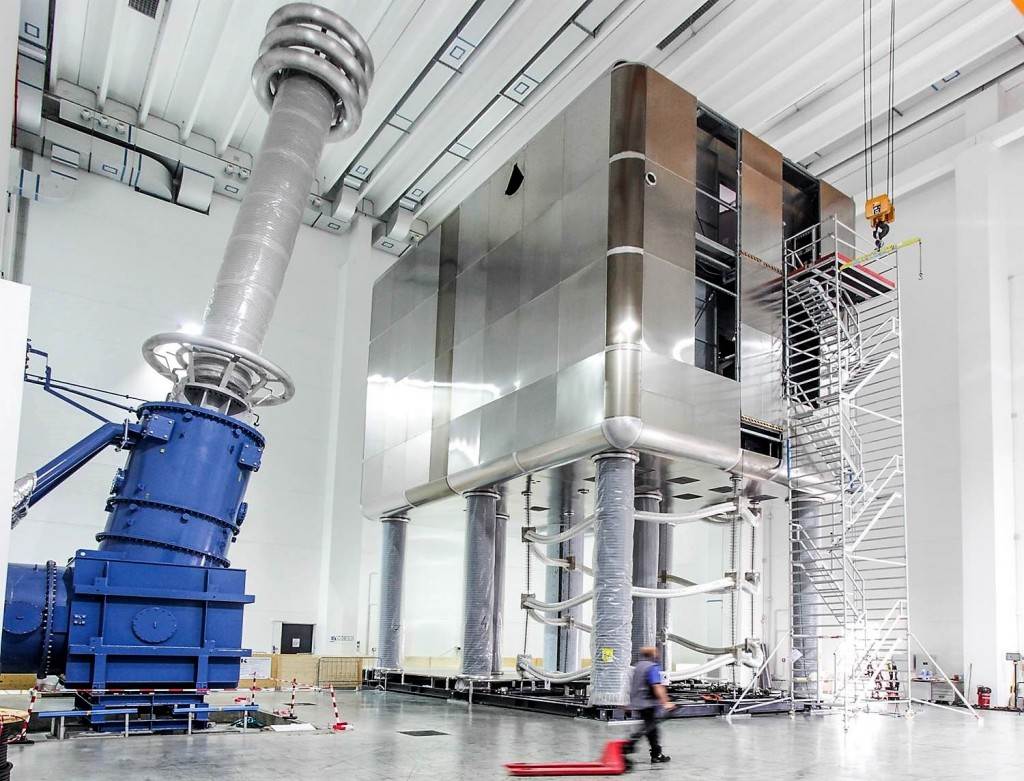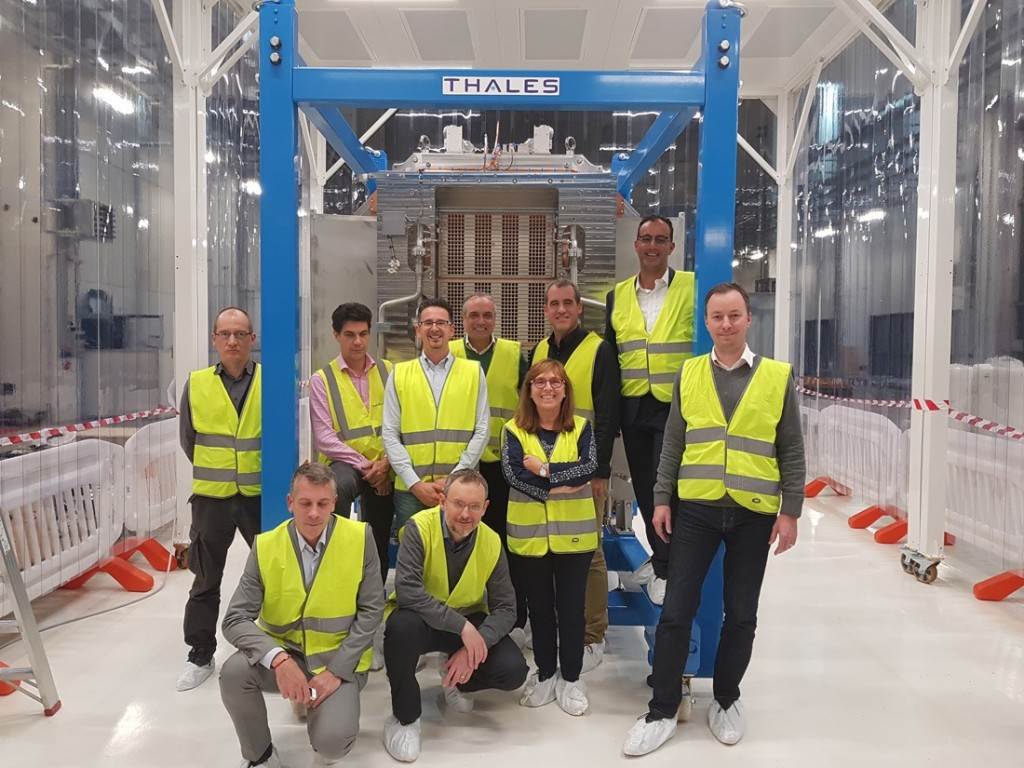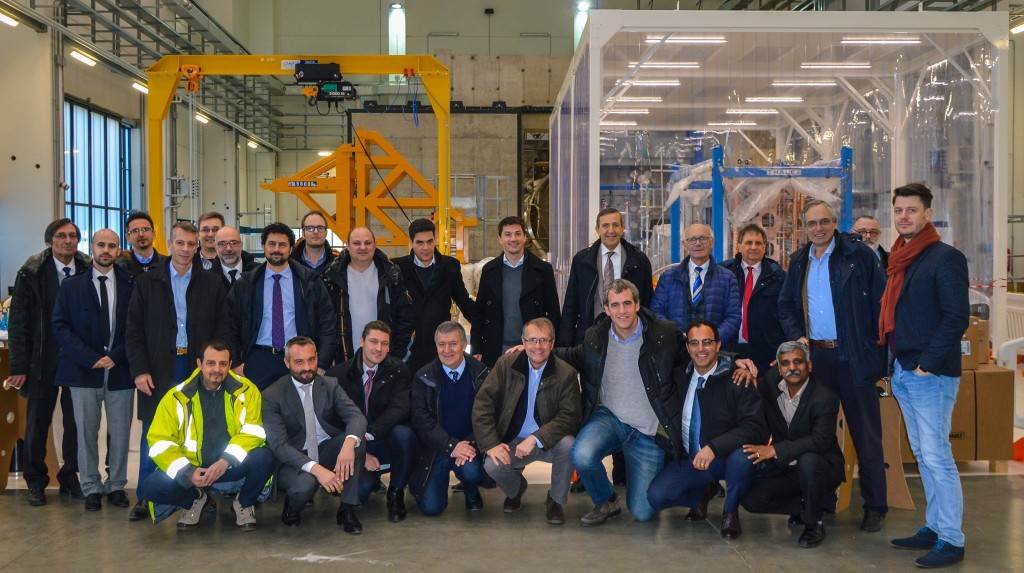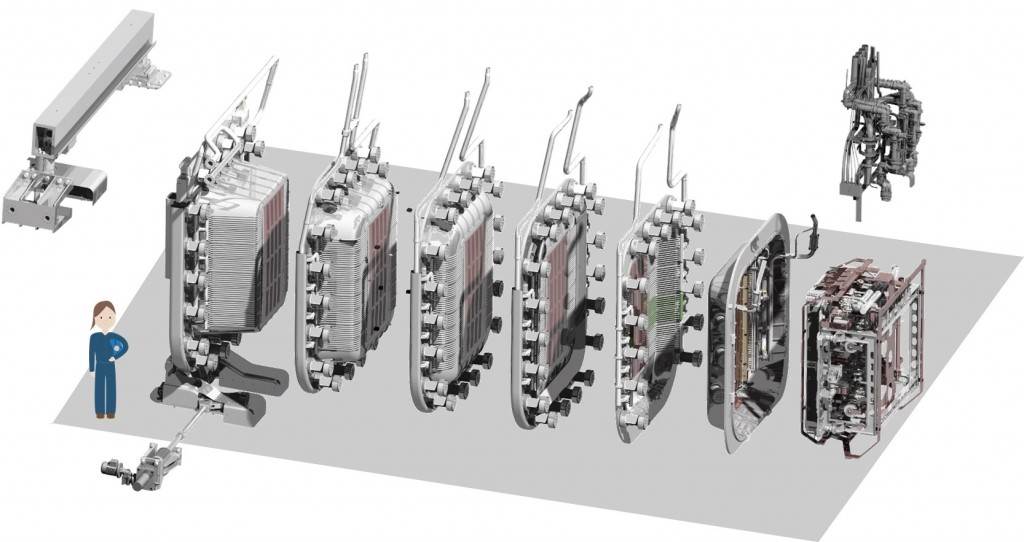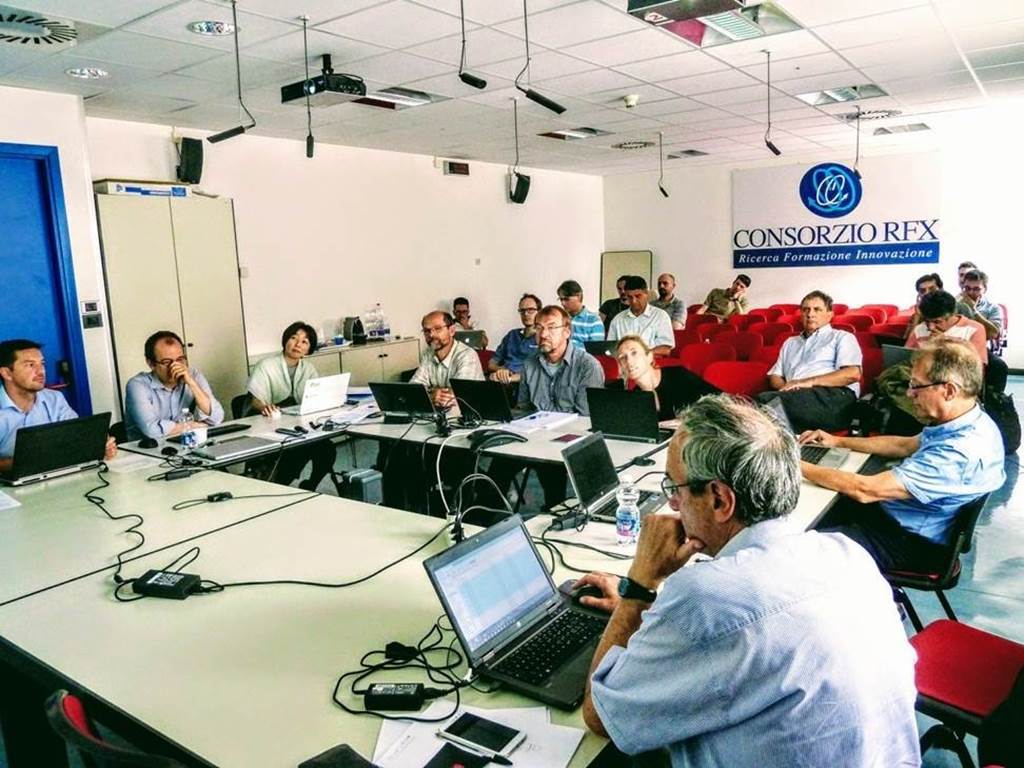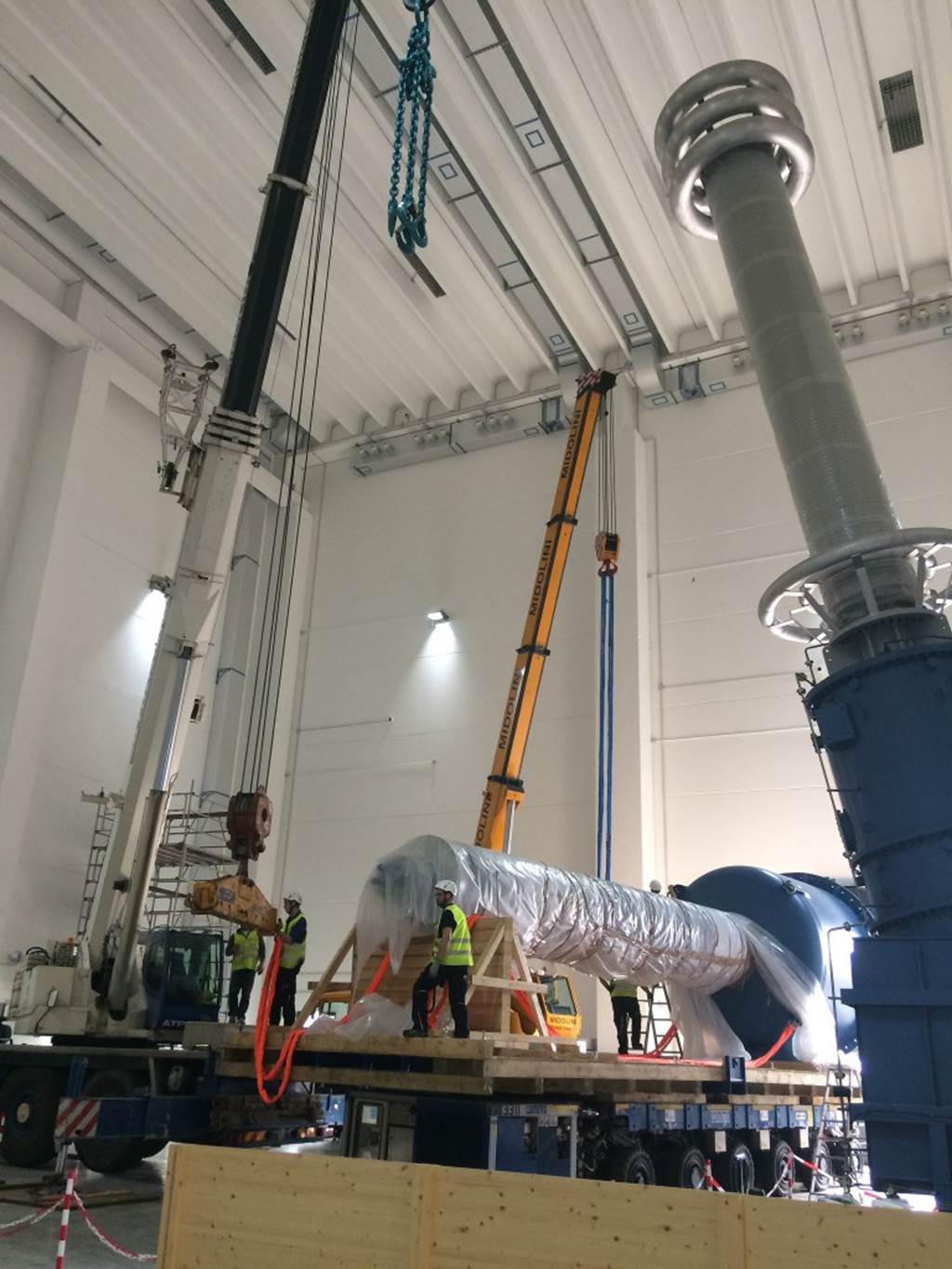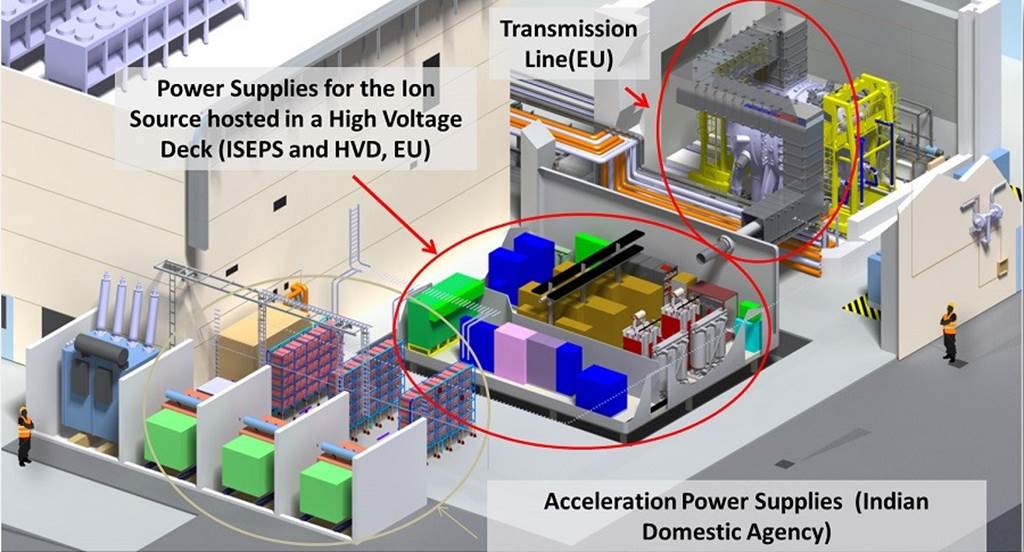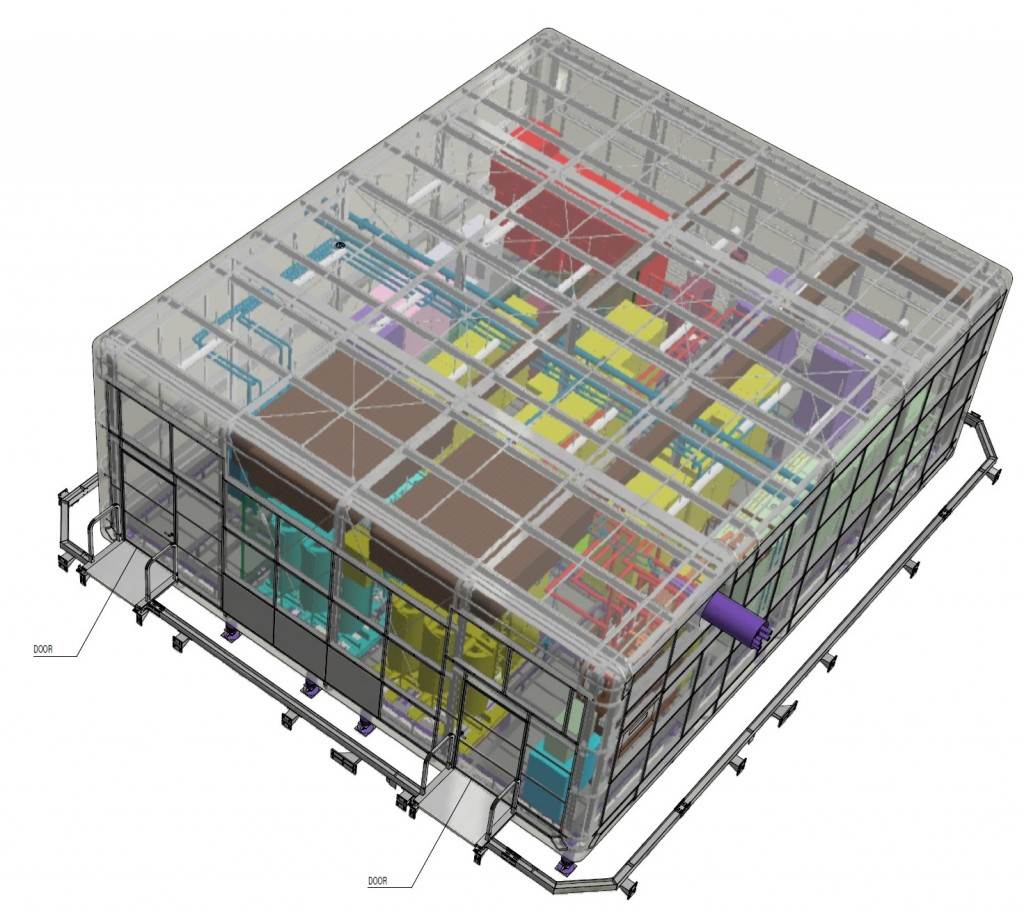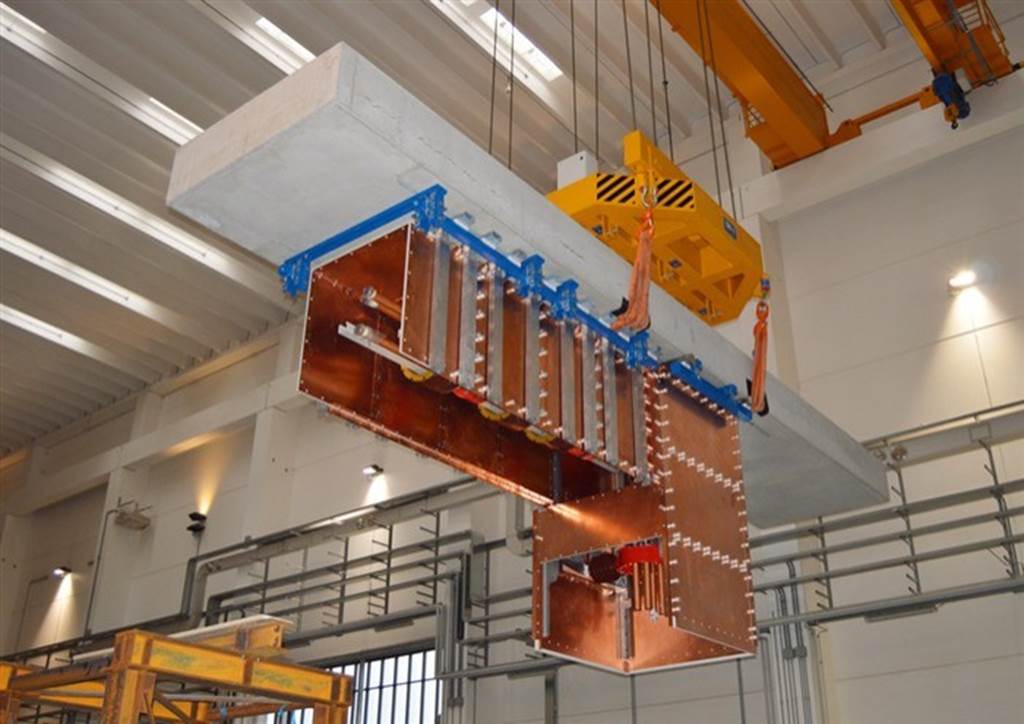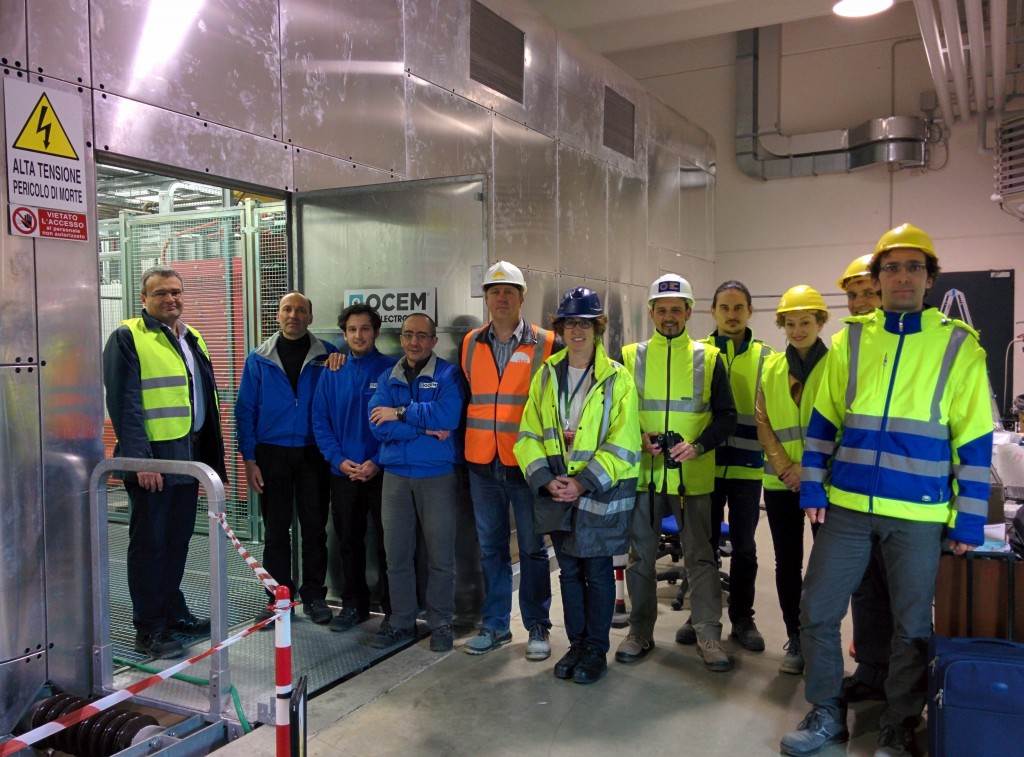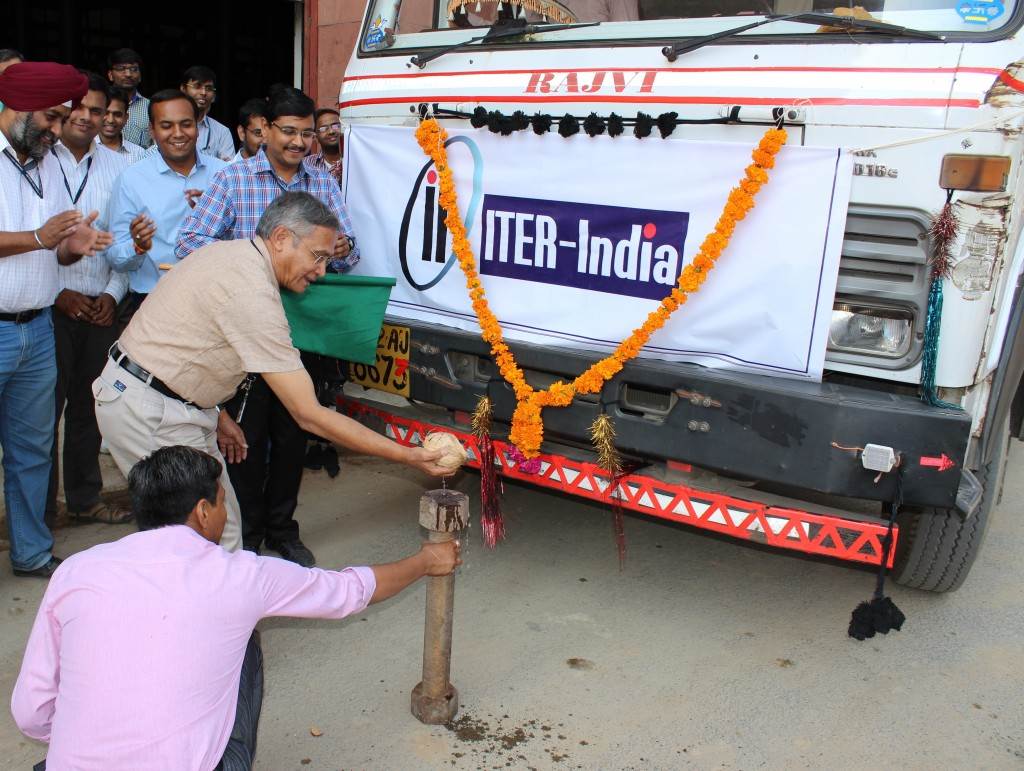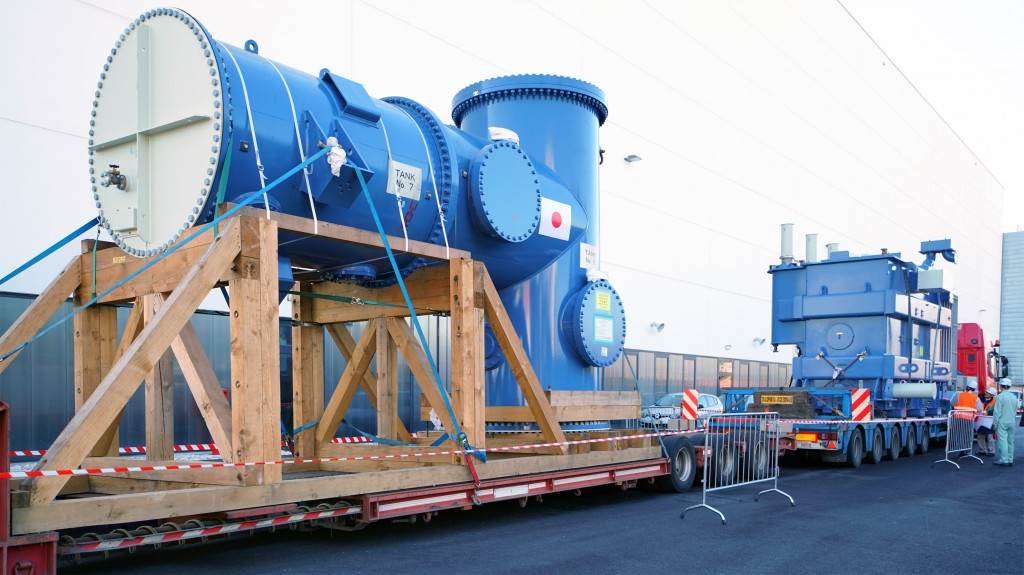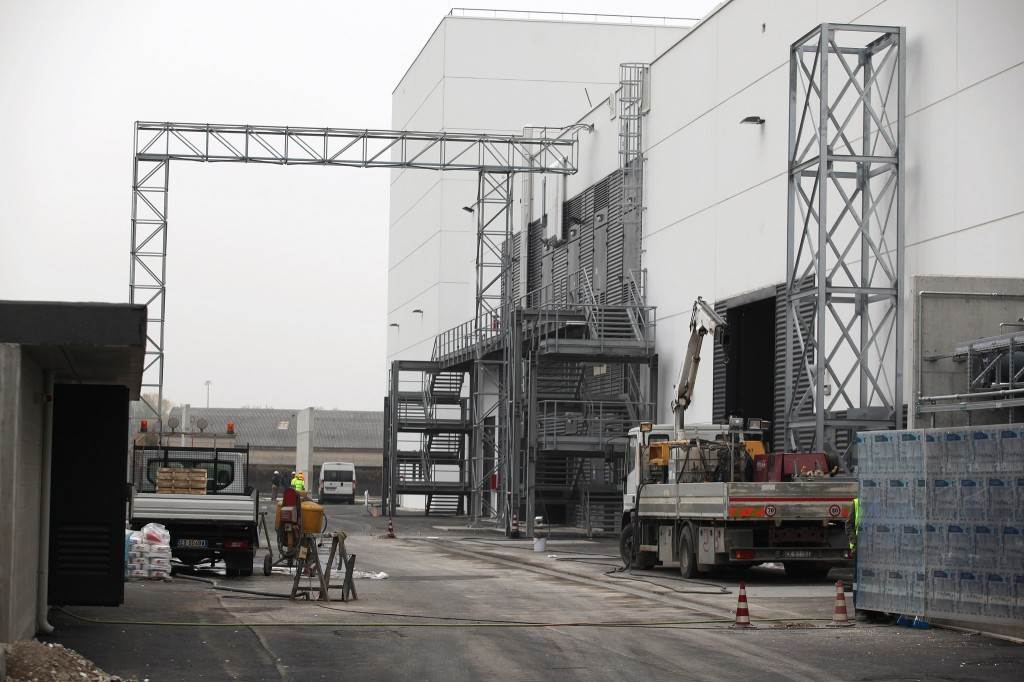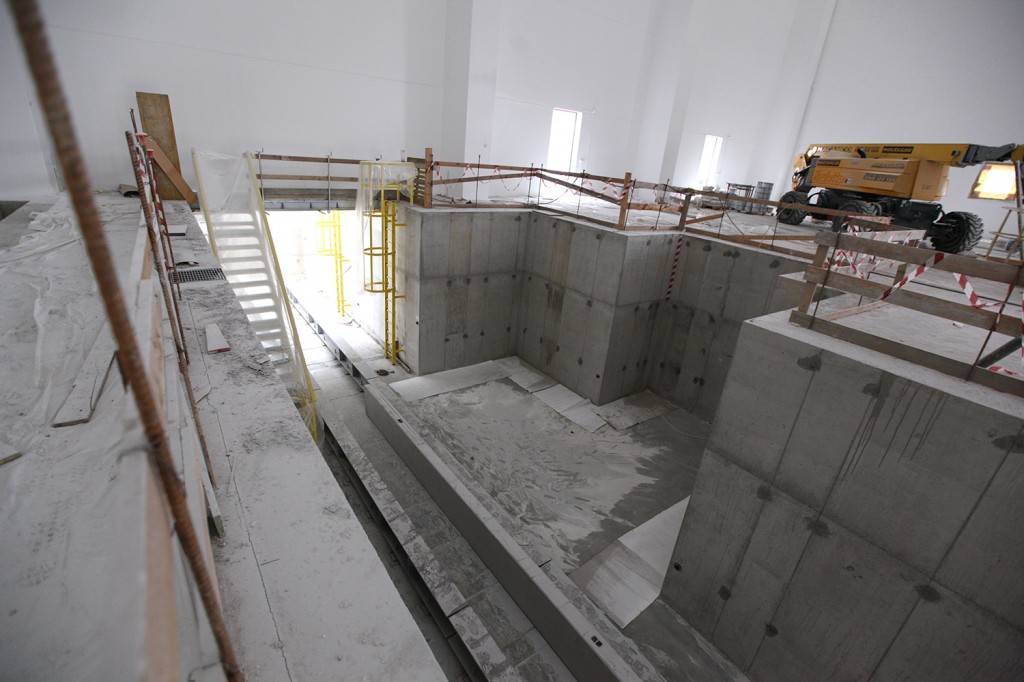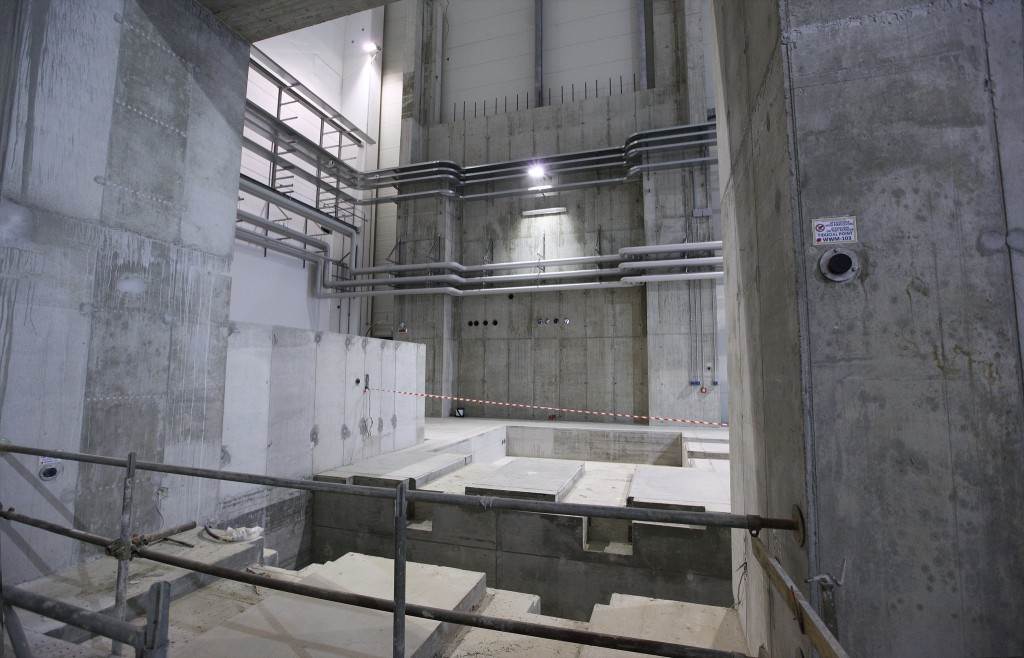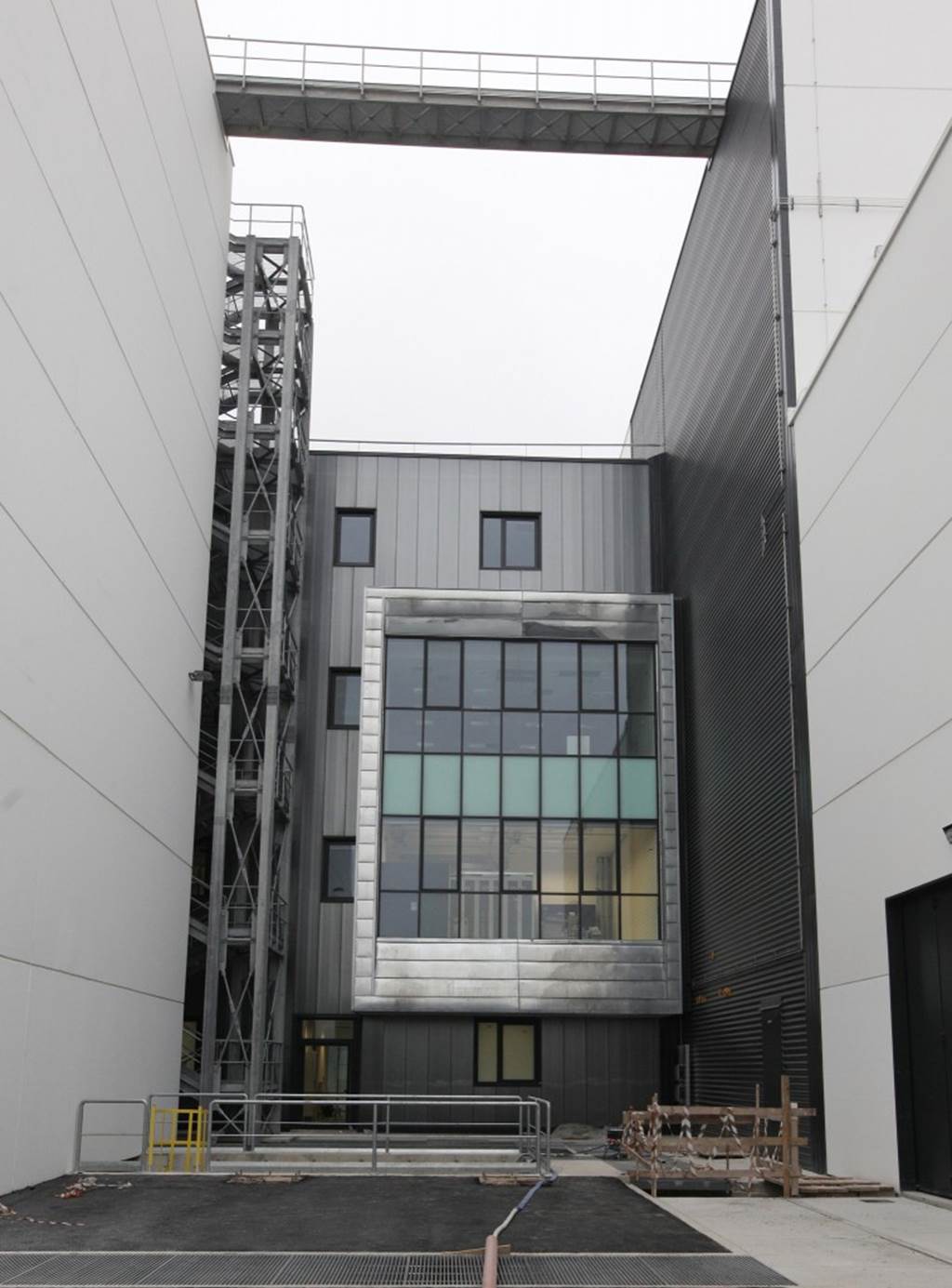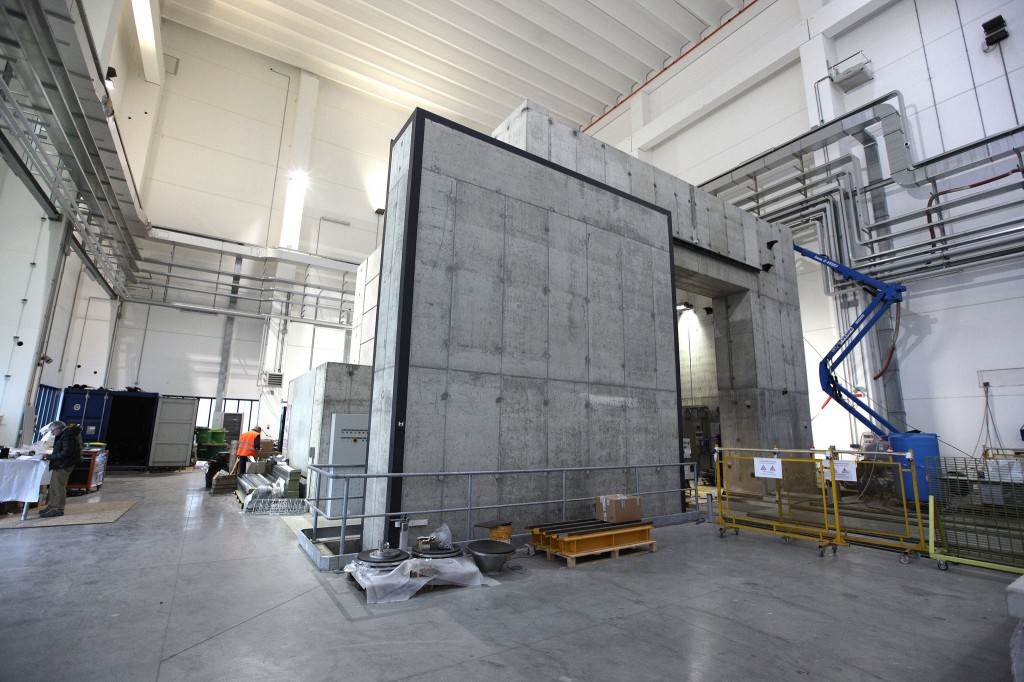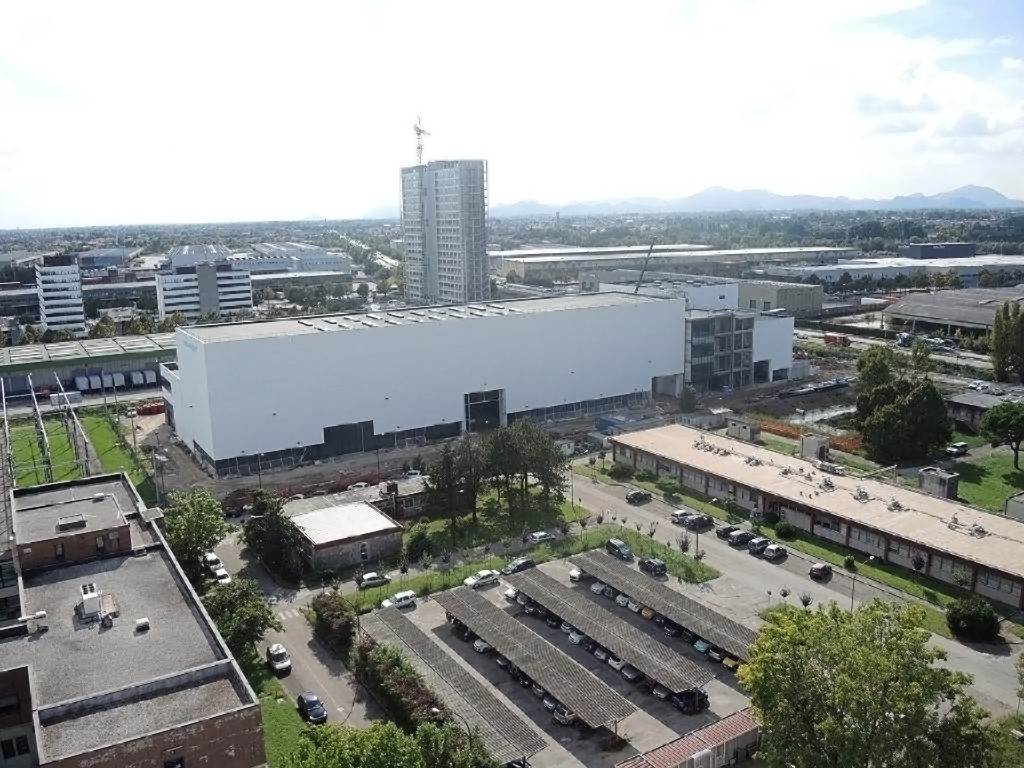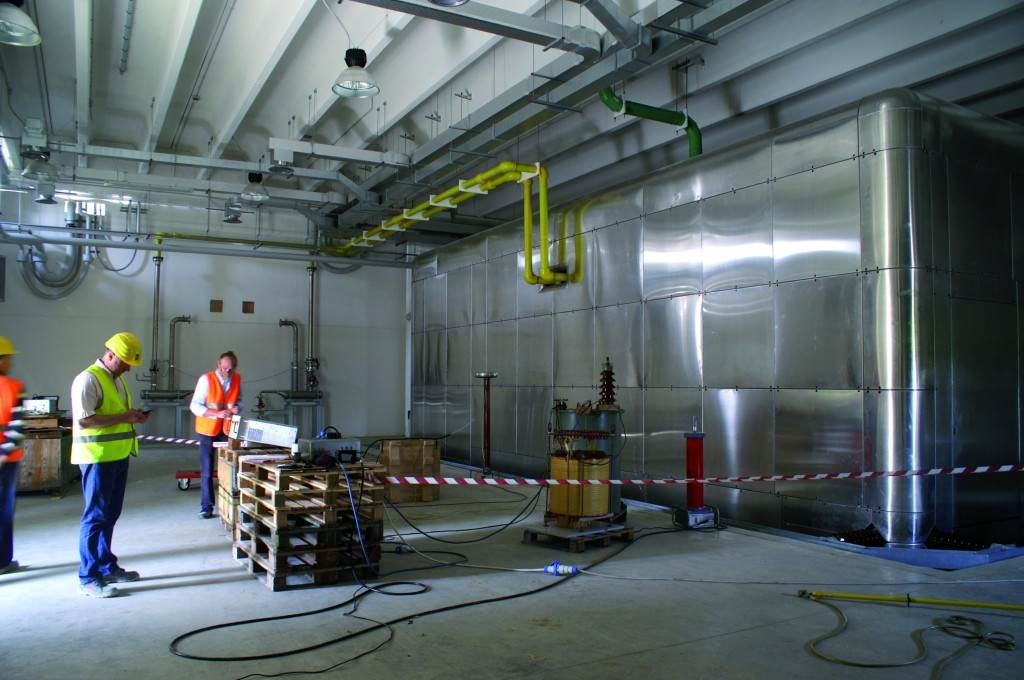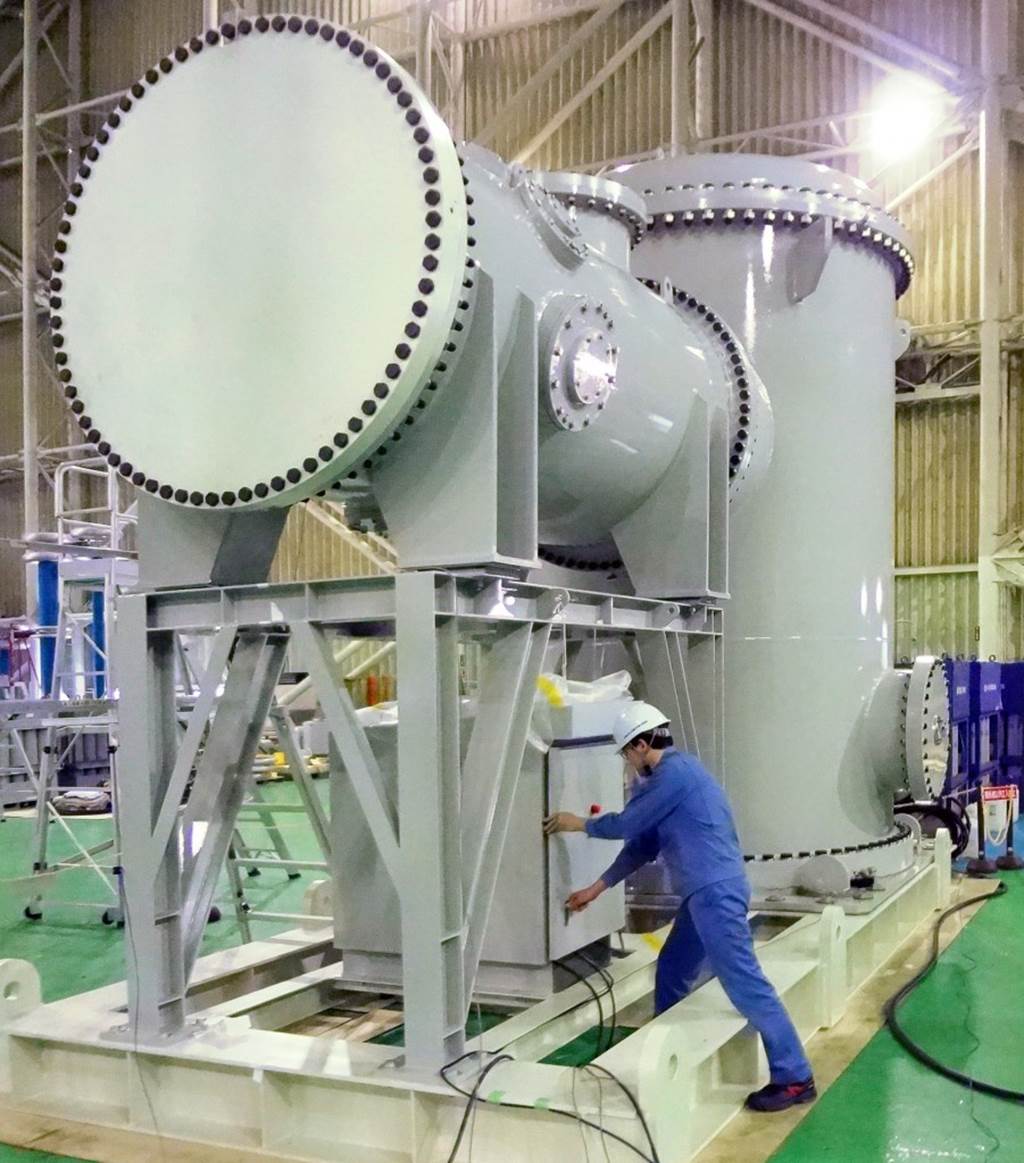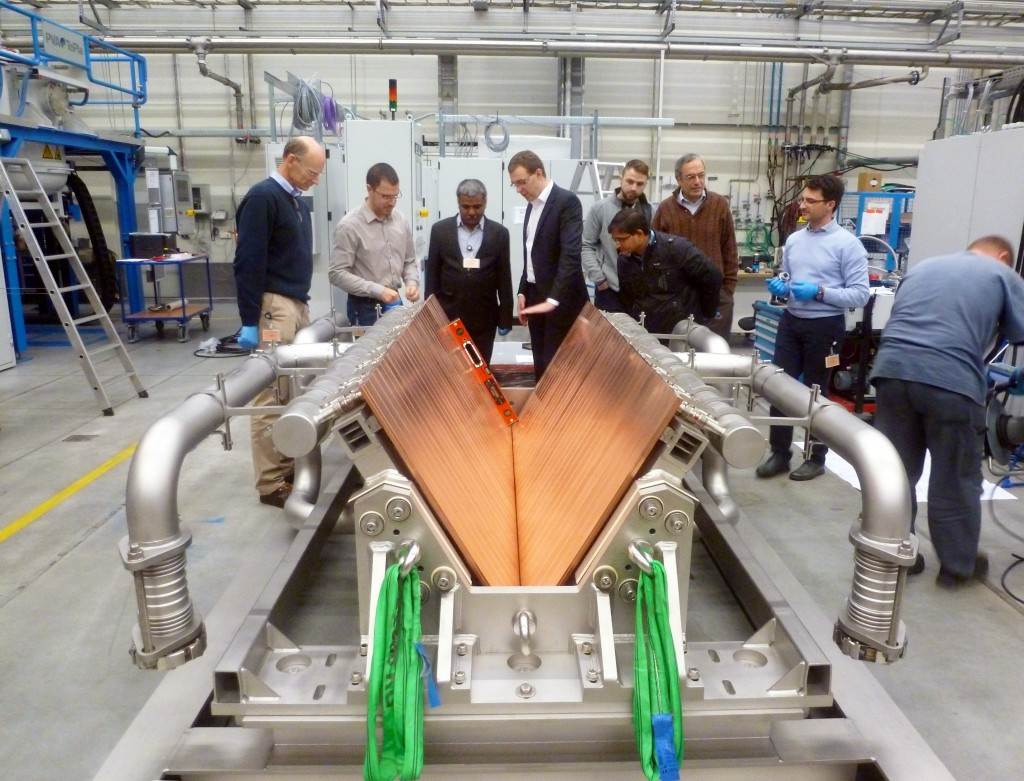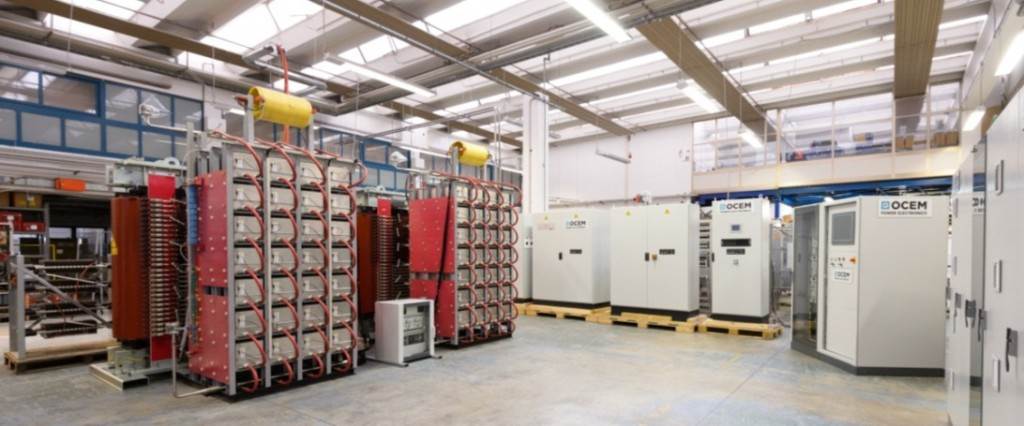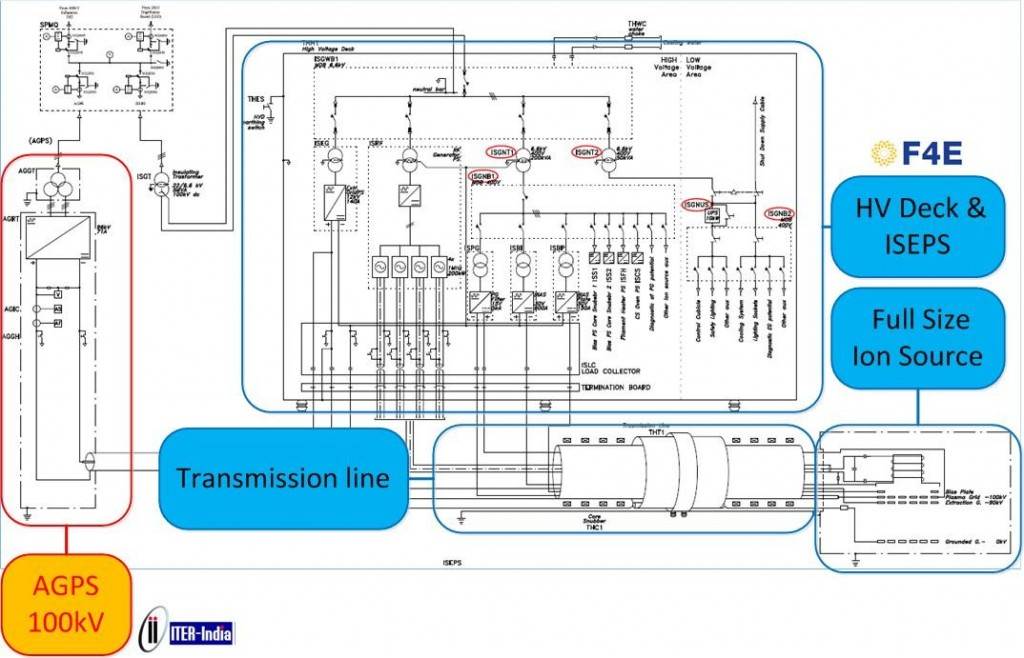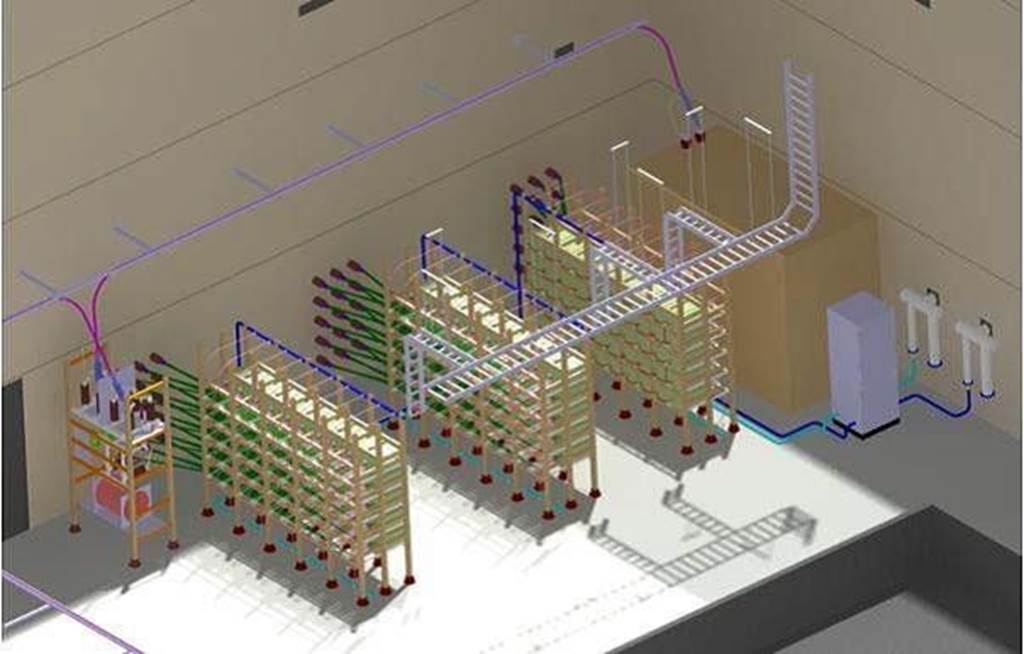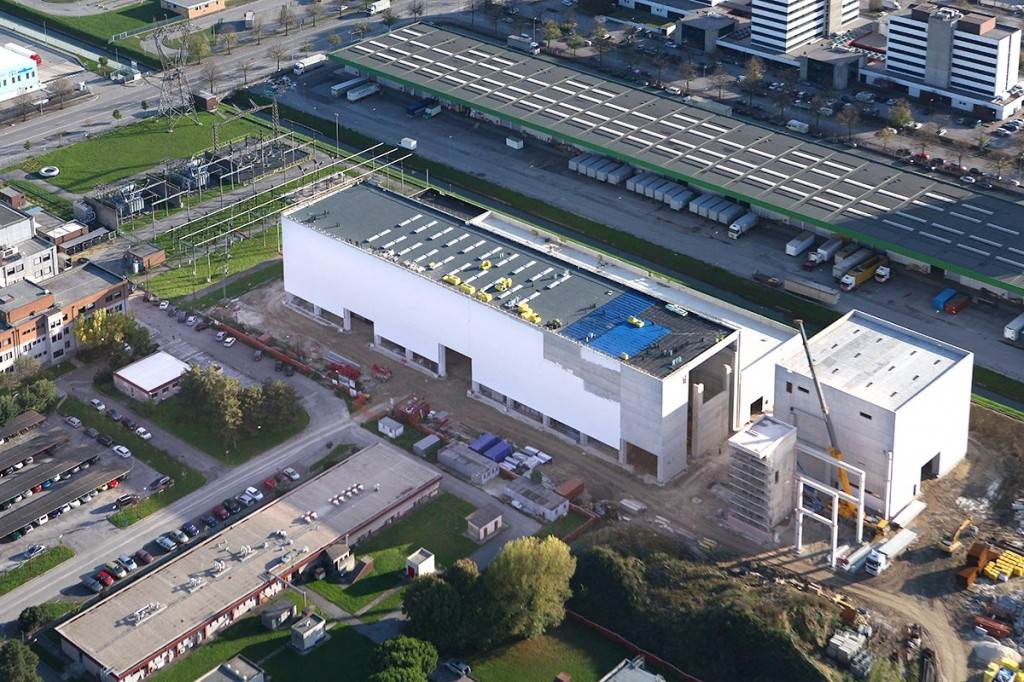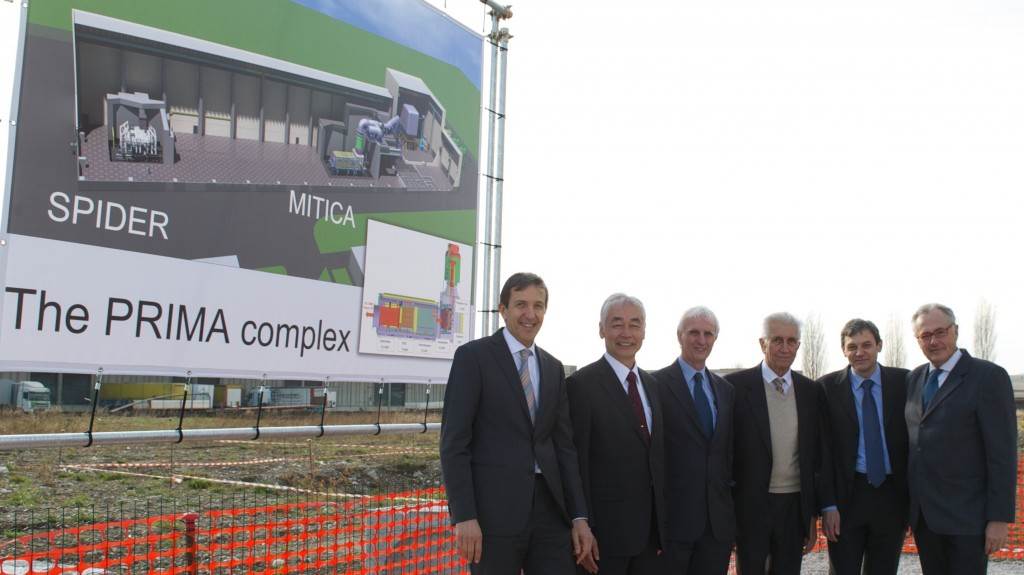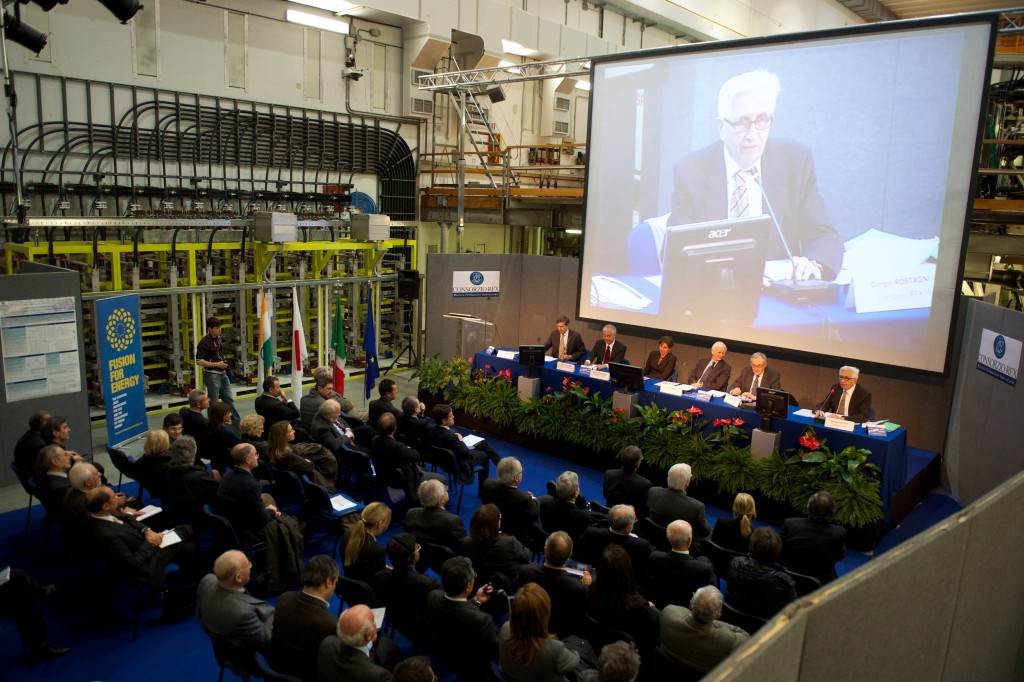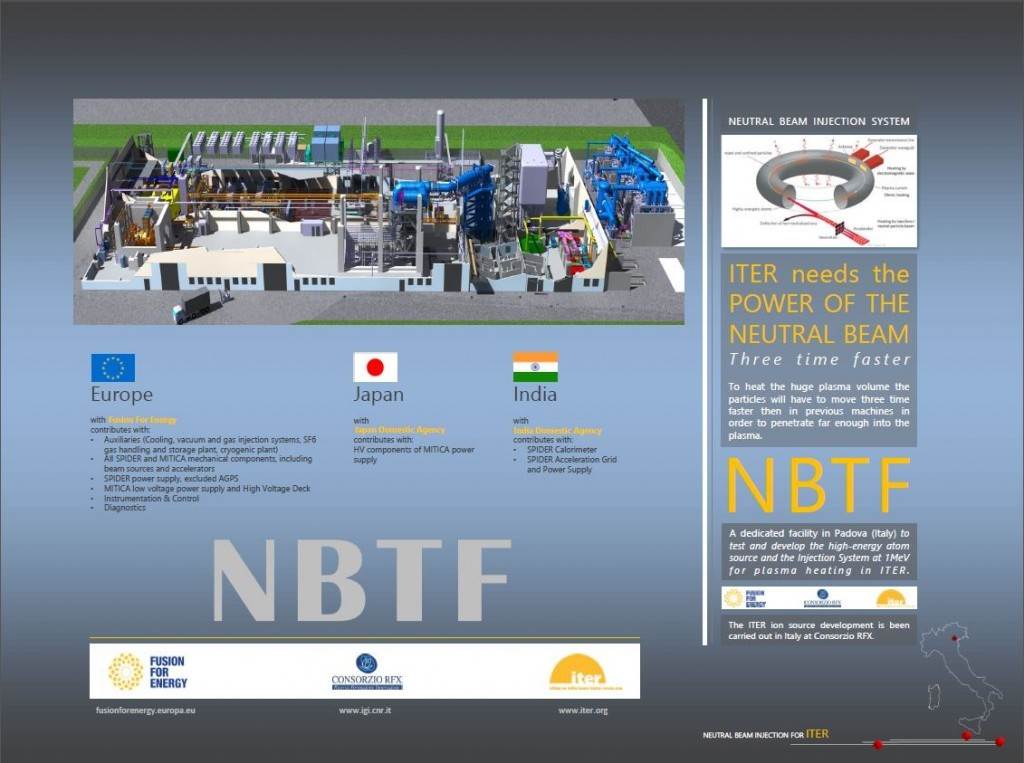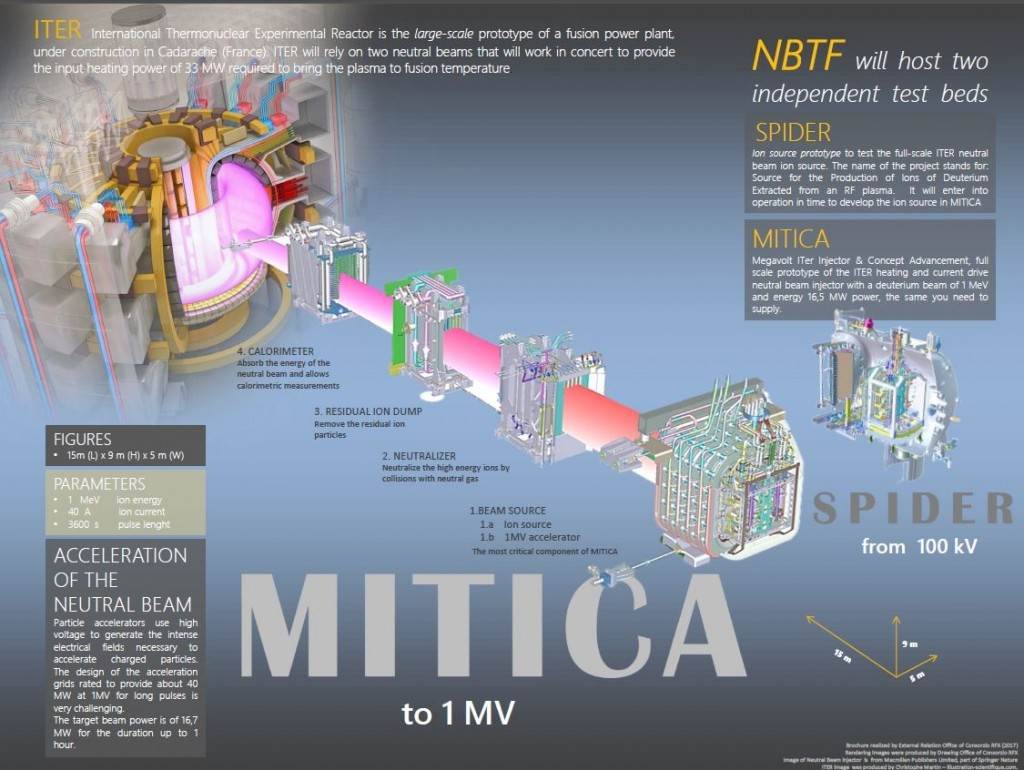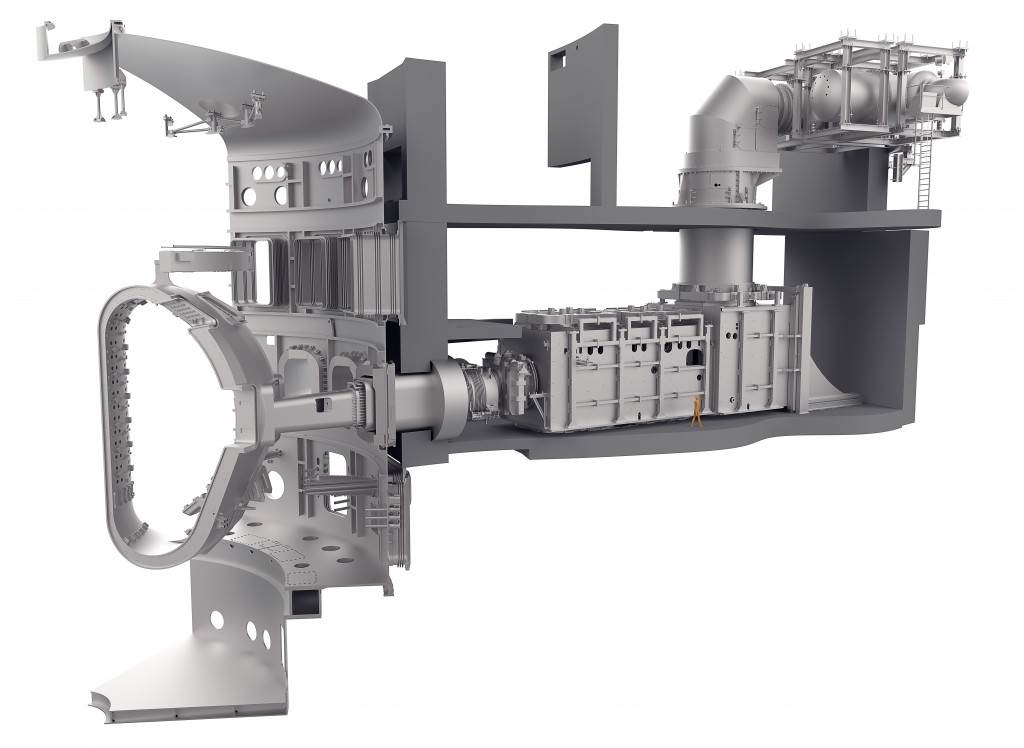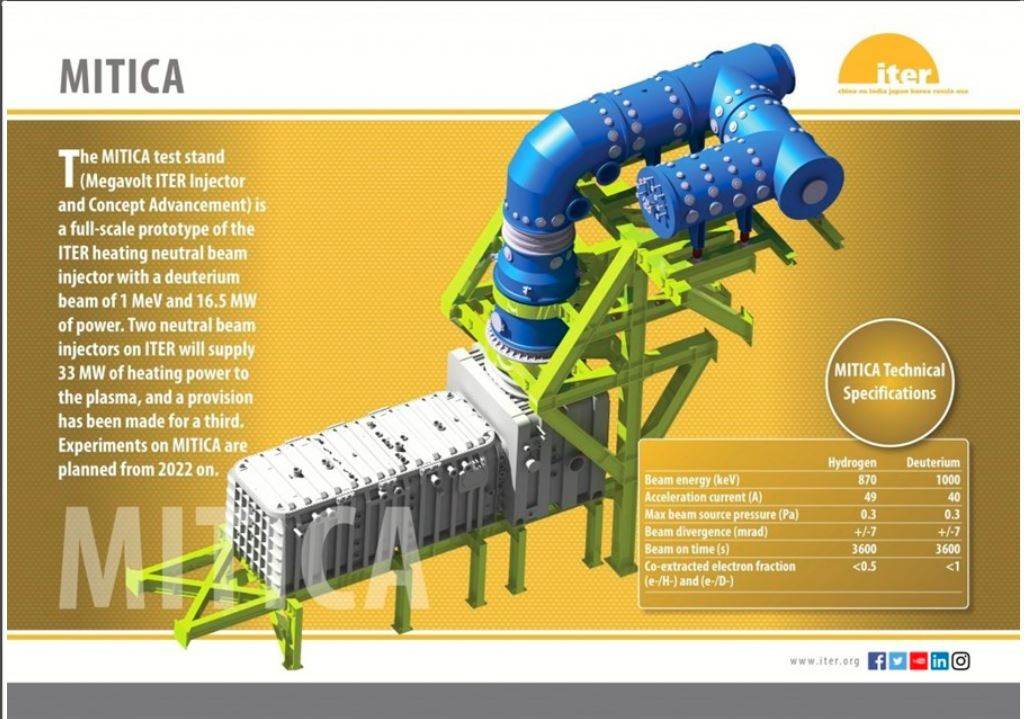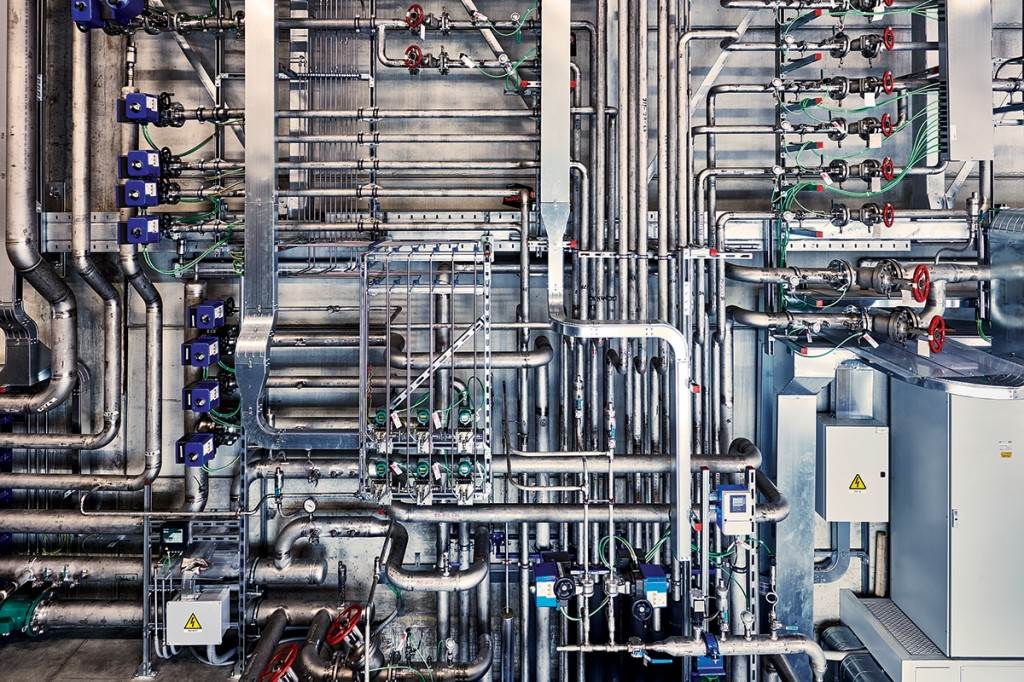The Project
- Building ITER
- Projects Underway
- Construction Archives
- Neutral Beam Test Facility
- Assembly Overview
- Tokamak Assembly
- Plant Assembly
- Commissioning
- Assembly Tooling
- Metrology
- Project Milestones
ITER Neutral Beam Test Facility
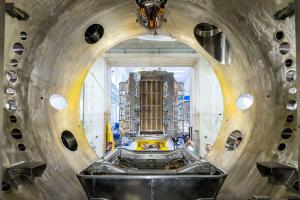
The SPIDER beam source (photo) at the ITER Neutral Beam Test Facility in Padua, Italy, is the world's most powerful negative ion source. © Luca Lotto
One of ITER's three external heating systems—neutral beam injection—will be tested in advance of operation at the Neutral Beam Test Facility (NBTF) in Padua, Italy.
Although neutral beam injection is routinely used for plasma heating in fusion devices, the size of ITER imposes enhanced requirements: particle beams have to be much thicker, for example, and individual particles have to be much faster in order to travel far into the core of the plasma. The Neutral Beam Test Facility offers scientists the opportunity to investigate challenging physics and technology issues and validate concepts before the neutral beam system is installed on ITER.
Neutral beam injection relies on beams of high-speed, high-energy atoms that penetrate into the plasma, initiating collisions and transferring their energy. ITER will be equipped with two heating neutral beam injectors (with a provision of a third injector) and a neutral beam line for diagnostic purposes. The injectors will be capable of operating for up to 3600 seconds, each delivering deuterium beams of 16.5 MW with particle energies of 1 MeV.
Challenging negative ion technology
Neutral beams are formed through the acceleration and subsequent neutralization of ions—typically positive ions, but at ITER power levels and speeds the positive ions become difficult to neutralize. The negative ion technology chosen for ITER neutral beam injection offers much higher neutralization efficiency, however the negative ions are significantly harder to handle during production and acceleration.
Creating reliable high energy neutral beams at ITER parameters, from a negative ion source, will require a large jump in technology. Some of the critical challenges include:
- Extracting a 40A negative ion beam from a large-size radiofrequency source;
- Accelerating the negative ion beam to 1 MeV with accurate beam optics;
- Developing high-voltage, gas-insulated transmission lines to connect the power supply to the beam source;
- Holding high voltage (1 MV) over pulses of 3,600 seconds;
- Developing diagnostics to monitor the source.
R&D programs in Japan and Europe have been instrumental over the last decade in helping to close the gap between current technology and what is needed for the ITER neutral beam program. The ITER source is based on a radio-frequency-driven negative ion source that has been evolving over several generations of prototypes at the Max Planck Institute for Plasma Physics (IPP) in Garching, Germany. Since 2009 IPP's negative source ELISE—half the size of what is projected for ITER—has been a valuable source of experimental data as technological solutions have been tried, tested and advanced. (The ELISE R&D program is financed by the European Domestic Agency as a voluntary contribution to the ITER neutral beam program.)
The next step is a facility that can achieve the challenging requirements for the ITER neutral beam system in terms of power, energy, and pulse length simultaneously. The Neutral Beam Test Facility—launched in 2012 after the approval of the ITER Council—has been strongly endorsed by the ITER Organization and the ITER parties involved in the development of the neutral beam injectors, namely Europe and Japan for the in-kind contribution of the heating neutral beam injectors, and India for the diagnostic neutral beam.
Two test stands for ITER
The 17,500 m² NBTF building at Consorzio RFX in Padua houses two neutral beam test stands for ITER:
SPIDER is an ITER-scale negative ion source designed to achieve all ion source requirements.
MITICA is a full-size 1 MV heating neutral beam injector, capable of full acceleration voltage and power.
The components designed for the Neutral Beam Test Facility are the same components that ITER will be using on its heating neutral beams in ITER, which will allow the neutral beam teams to acquire valuable information about neutral beam manufacturability and operation.
- Europe has contributed all SPIDER and MITICA mechanical components (including beam sources and accelerators); the SPIDER power supply (excluding the acceleration grid and power supply provided by India); the MITICA low-voltage power supply and high-voltage deck; plant auxiliaries (cooling, vacuum and gas injection systems, insulating SF6 gas handling and storage plant, cryogenic plant); instrumentation and control; and finally diagnostics;
- India has provided the calorimeter and the acceleration grid power supply for SPIDER;
- Japan has provided high voltage components for the 1 MV power supply system of MITICA (including the megavolt bushing, the megavolt transmission line and the high voltage part of the megavolt power supply);
- Italy has provided buildings, auxiliaries and the power grid. Consorzio RFX, as host, is providing expertise through a large contribution to manpower.
- Location: Consorzio RFX, Padua, Italy
- Construction: 2012-2015
- SPIDER timeline: start of operation (June 2018); first beam (June 2019)
- MITICA timeline: design concluded early 2016; beam source manufacturing 2018-2023; component installation underway
- Construction phase agreement: European Domestic Agency, ITER Organization, Italy
- Voluntary component contributions: Europe, Japan, India
- Operation phase agreement: ITER Organization, Consorzio RFX
- SPIDER stands for "Source for the Production of Ions of Deuterium Extracted from a Radiofrequency plasma"
- MITICA stands for "Megavolt ITER Injector and Concept Advancement"
Photo Gallery
